Drawings from a stay in Rome in the winter of 1984/85
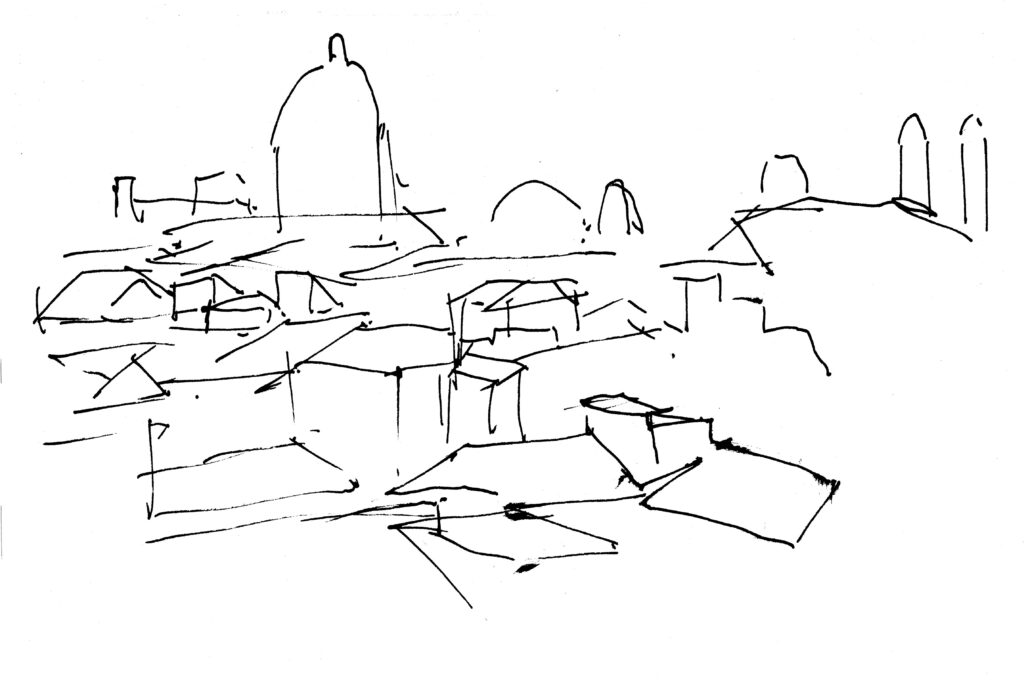
”… in front of him the eternal city appeared in a wonderful, radiant panorama. The immense accumulation of houses, churches and heights stood out clearly in the bright light of the setting sun. In groups and separately, one behind the other, the houses, the roofs, the statues, the airy terraces and the loggias were distinguished. Here and there they crowded together in a disorderly mass and lifted up the light towers of the campaniles or the capriciously embroidered lanterns of the domes. There a palace flashed forth in dark silhouette, there rose the flat dome of the Pantheon, and yonder shone the top of the Antonine Column, with its capital and the statue of Paul the Apostle. Farther to the right rose the Capitol with its buildings, its horses and statues, and still further to the right the broad roundel of the Colosseum rose majestically and gravely above the shimmering crowd of houses and roofs. And once again playful swirls of buildings, terraces and domes drenched in the reflection of the dazzling sun. Over all the glittering sea of edifices loomed in the distance the dark mass of the green crowns of the hollies of the parks of Ludovisi and Medici, dominated by a steadfast group of Roman pines, which on light trunks lifted their dome-like hoods high into the air. And then—beyond this tableau in all its breadth, rose blue the sun-glazed mountains, light as air, interwoven with the reflection of light. Neither in words nor with brush was it possible to render the wonderful harmony or composition of all the different planes in this painting. The air was so pure and so transparent that the smallest line even in the most distant buildings stood out clearly, and everything seemed so close that one could touch it with the hand. The finest architectural ornament, the ornamentation in every cornice, everything shone with an inconceivable purity… The sun was sinking and approaching the earth. Still redder and warmer became its glow over the masses of houses, the city became still more alive and came still closer, the crowns of the pines blackened still more, still bluer and more transparent became the mountains, still more brilliant, still clearer and more heavenly became the light of the air that was preparing to go out—God, what a sight!”
Nikolaj Gogol 1809-52
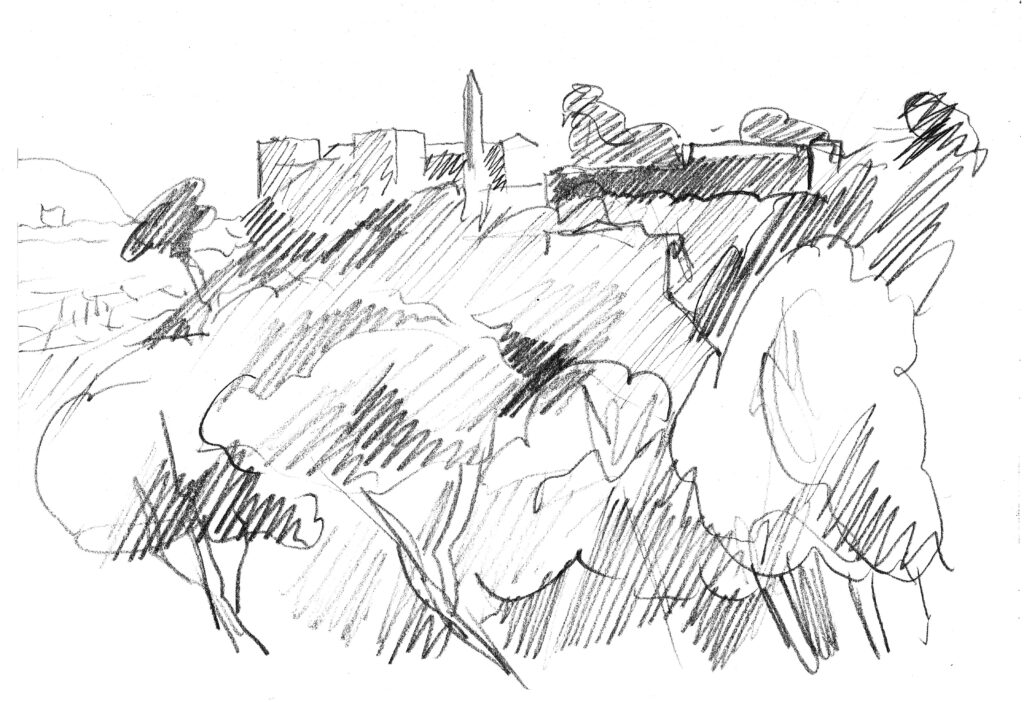
Winter in Rome 1984/85. Hot in the sun. From a slightly chilly morning, the heat rose as the day wore on. It was great to wander among the ruins, the memorials and the fantastic architecture with the sketch pad in hand, sitting down on a ledge and happily draw the light and form.
Winter gives the most beautiful light over Rome and the hills, the sun lies low and gives relief.
I lived at the Swedish Institute, studied Italian drawings in their solid library, visited most galleries and churches with art of historical value.
And then I sat down and drew. There was no systematic or plan to depict special phenomena, just see, feel, perceive and write down. Therefore, the drawings were left without comments and indication of location.
The views and memorials are recognizable. The ones I was able to name through photos from books and the web have the accuracy but with a playful depiction without becoming anecdotal.
The drawing flowed there after 7 years in art school, gone was all the theory, what remained was the inspiration from Canaletto, Rembrandt, Tiepolo, G B Mola and Morandi. Their ways of drawing are intertwined. There was something about portraying the clear light over the rooftops, the parks and the ruined landscapes.
A good friend was down to visit me for a week. It coincided with the worst cold snap in living memory, minus twenty degrees in Firenze, sheeps died, vegetables were destroyed and it snowed in Rome. Piazza Popolo was covered in a few centimeters of wet, semi-transparent snow. The cold disappeared in the sun and everything melted away during the day. It was still a few nice days for my friend and we enjoyed the sun, the pasta, the wine and the espresso.
Among the drawings are the Italian dreams, images that arise in the imagination, a fruit of the many drawings. A dream was depicted twice. Did I see it in real life? The two versions are so similar that I’m tempted to believe it but I’ve never found the model in real life.
These drawings from Rome were discovered many years later in my attic. I knew they existed but never considered their value. As a result of the impressions there were many graphic sheets made after the stay, but the drawings were forgotten and archived. By making this sketchbook, I hope they are not forgotten and can be a joy to others.
There are so many good writers who have depicted Rome throughout the ages. The eternal city that attracted all kinds of artists. In this sketchbook I have taken the liberty of quoting lines and sections from Traveler in Rome by H. V. Morton and Roman images with text by Torsten Steinby and drawings by Henrik Tikkanen. Roman images from 1952 have inspired me for this release. In Henrik Tikkanen’s drawings from Rome, I feel like a soulmate, many of the views we drew are the same and then I discovered the book in an antiquarian shop long after I had been in Rome.
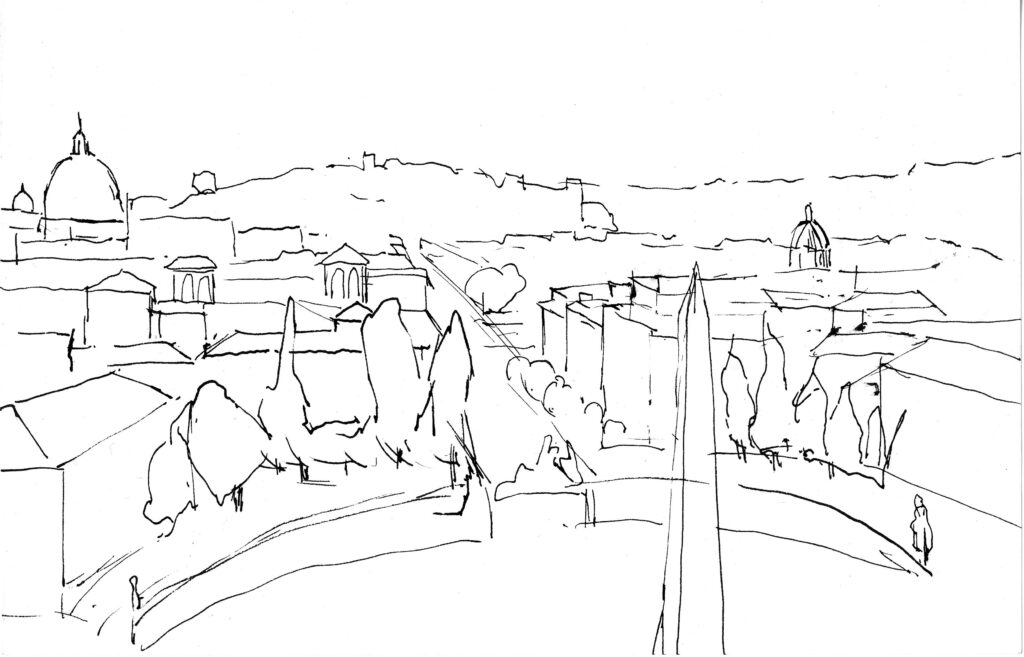

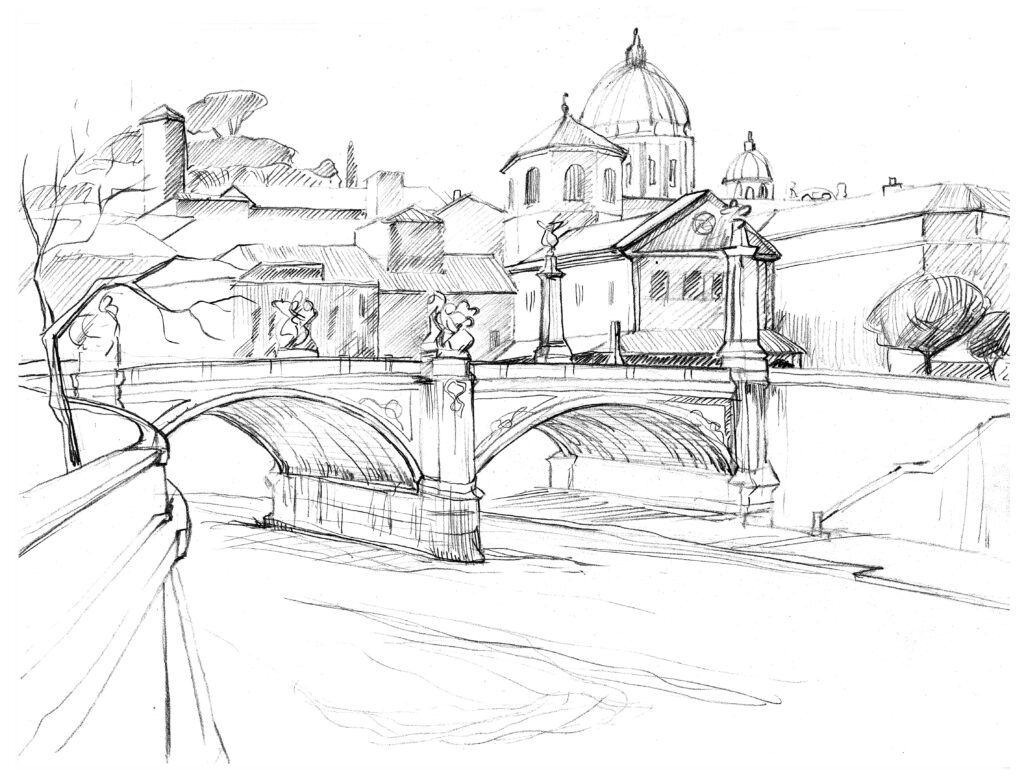
”From a point on the Capitol just behind the Senatorial Palace, one has one of the most magnificent views of Rome. Beneath one’s feet the Forum spreads from Septimius Severus’ to Titus’ triumphal arch with the Colosseum in the background. Forum lies with its ruins as if it had been shattered by a direct hit from a bomber. The tourists snooping around among the ruins with maps in their hands resemble treasure hunters. A modern-day tourist at Rome’s Forum, unfortunately, cannot indulge in the same romantic musings as the visitors of the old world. They were convinced that development would move forward and the world would get better and better and they could afford the luxury of meditating and moralizing over a period of time. Modern man cannot do that. Instead of being romantically courted among the ruins of the Forum, she is filled with melancholy and despair.
As I stood on the Capitol and looked out over the city beneath my feet, I thought of that Rome where Caesar had walked and Cicero had spoken, Pliny d. y. had bored his friends at his literary breakfasts, and Horace had wandered about with Maecenas, that Rome where Claudius had tried to play warrior after the invasion of Britain, where Nero neither played nor sang, and where Vespasian had set a long-awaited sound and severe stamp on domestic politics.”
A Traveler in Rome by H.V. Morton
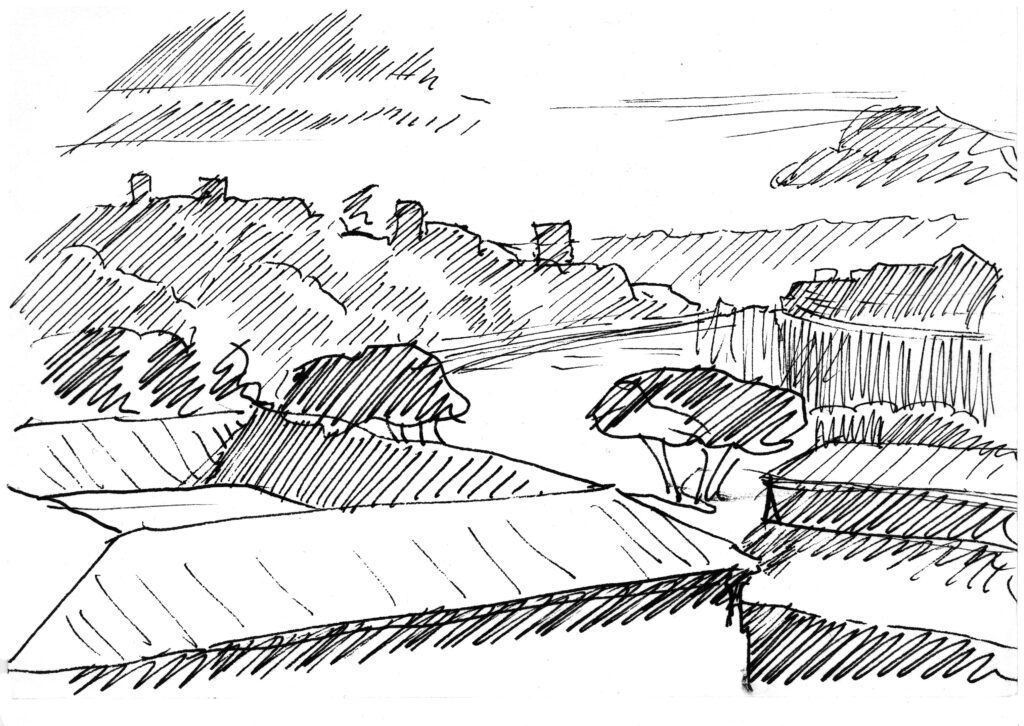
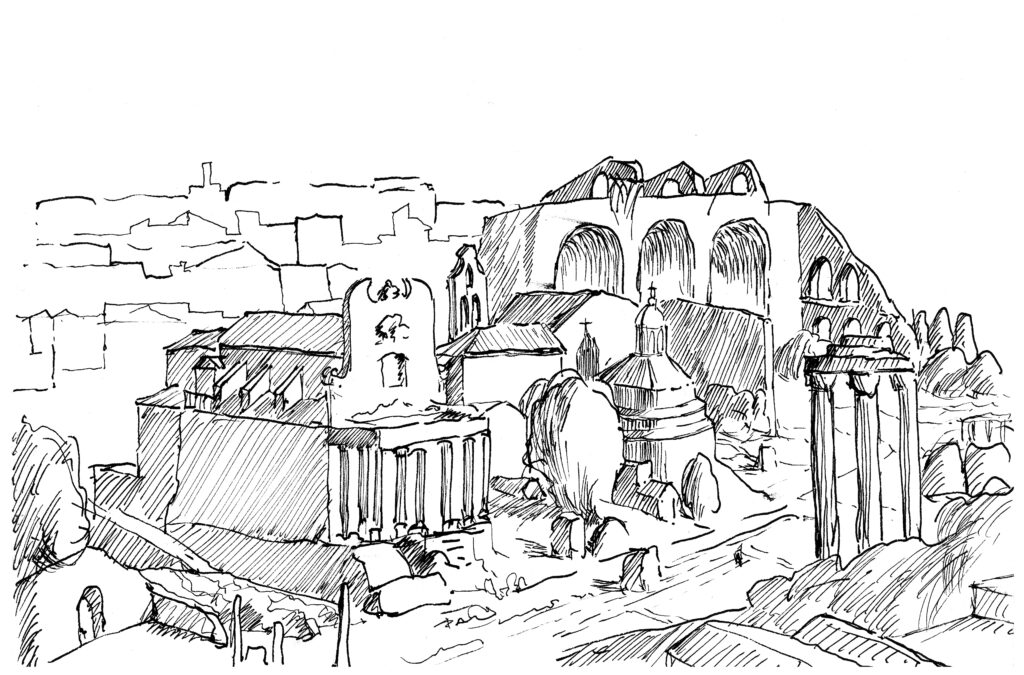
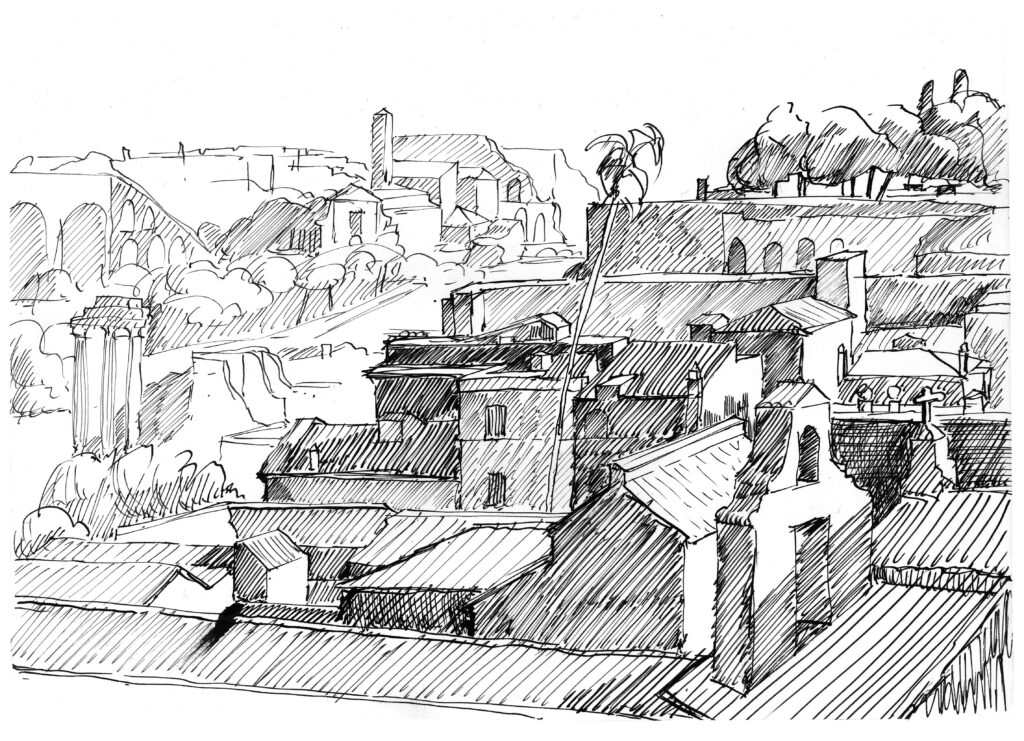
The Palatine
The most attractive vantage point was the one towards the Palatine, the overgrown ones
the ruins, layer upon layer of remains, ever fascinating. This vast area of palaces, courtyards, passages and arches and so the pines and cypresses. For me, it became intense dreams, secret rooms, mysterious contexts. Somehow it summed up everything I felt most about Rome.
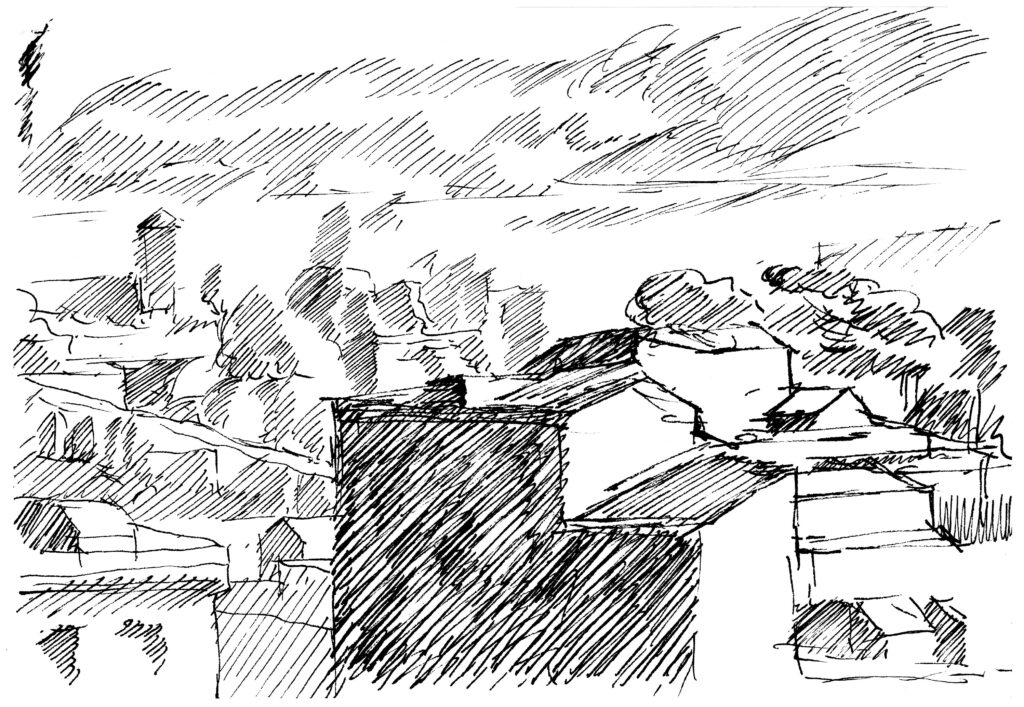
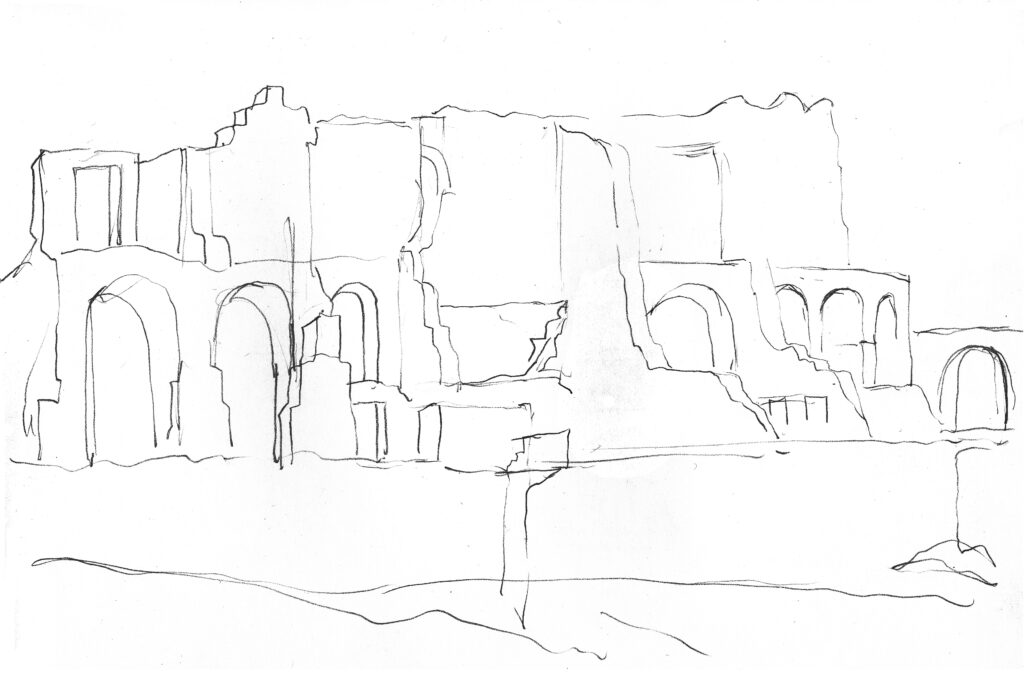
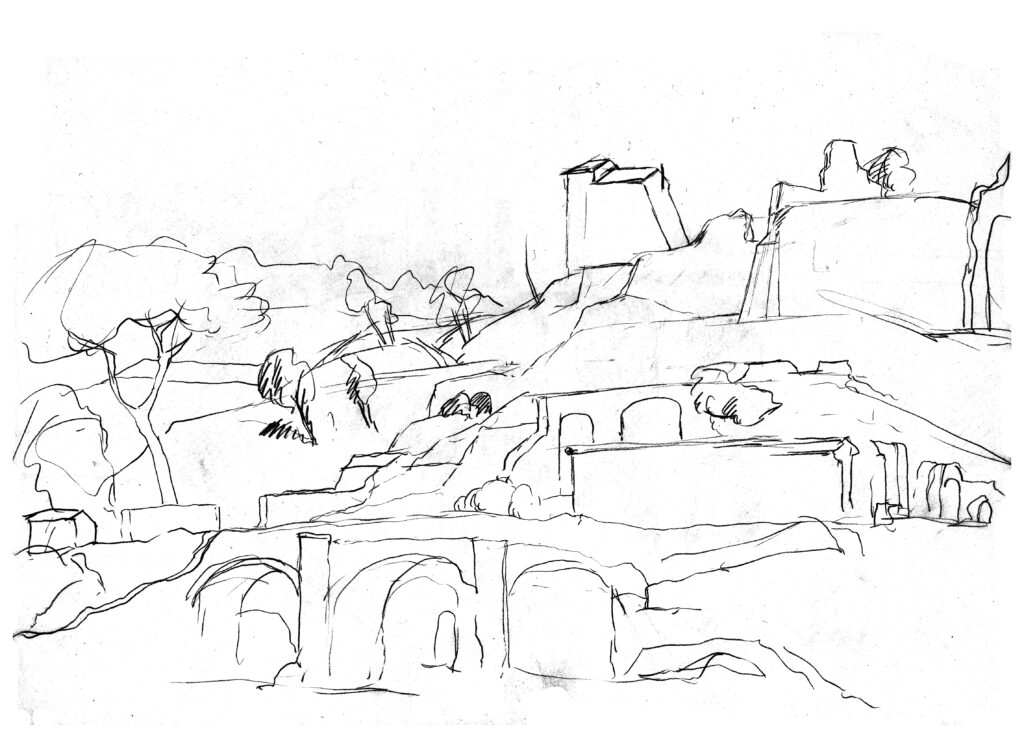
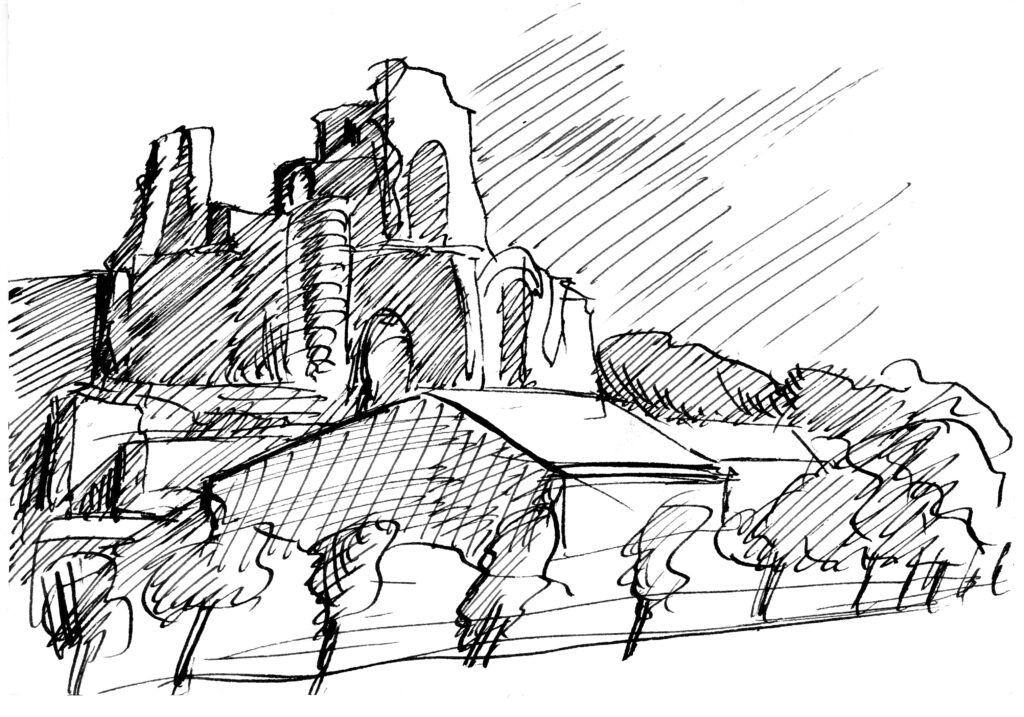

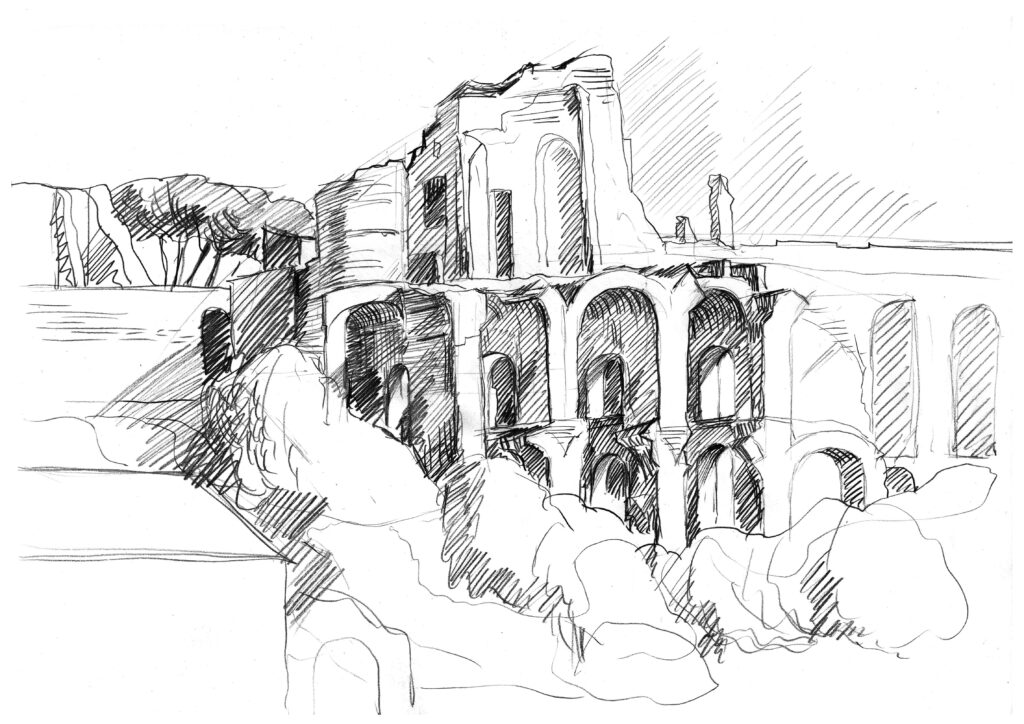
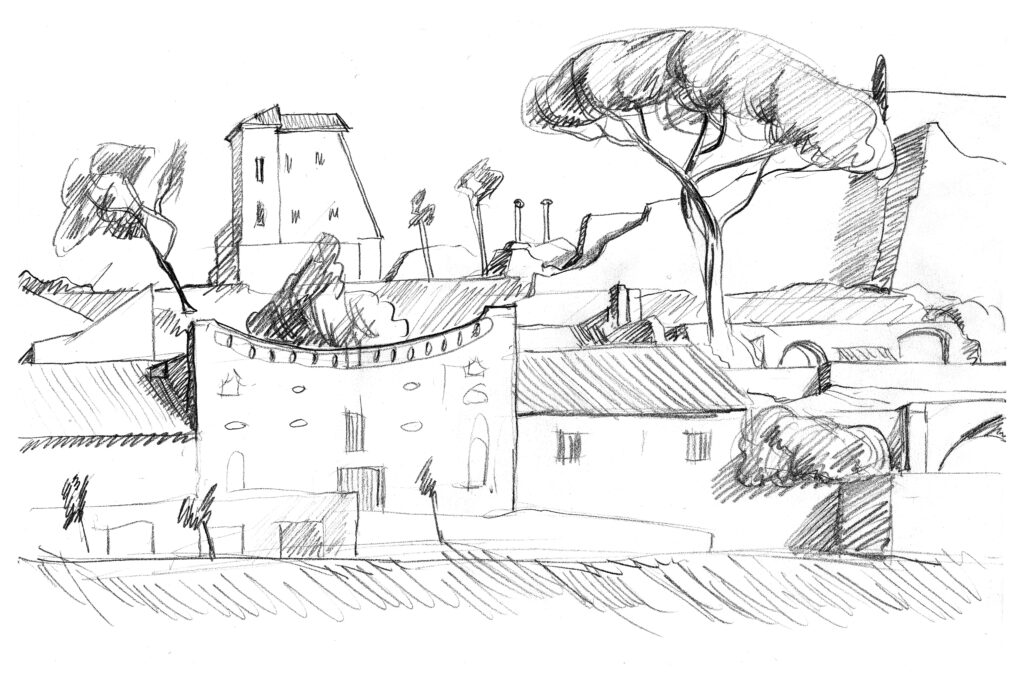
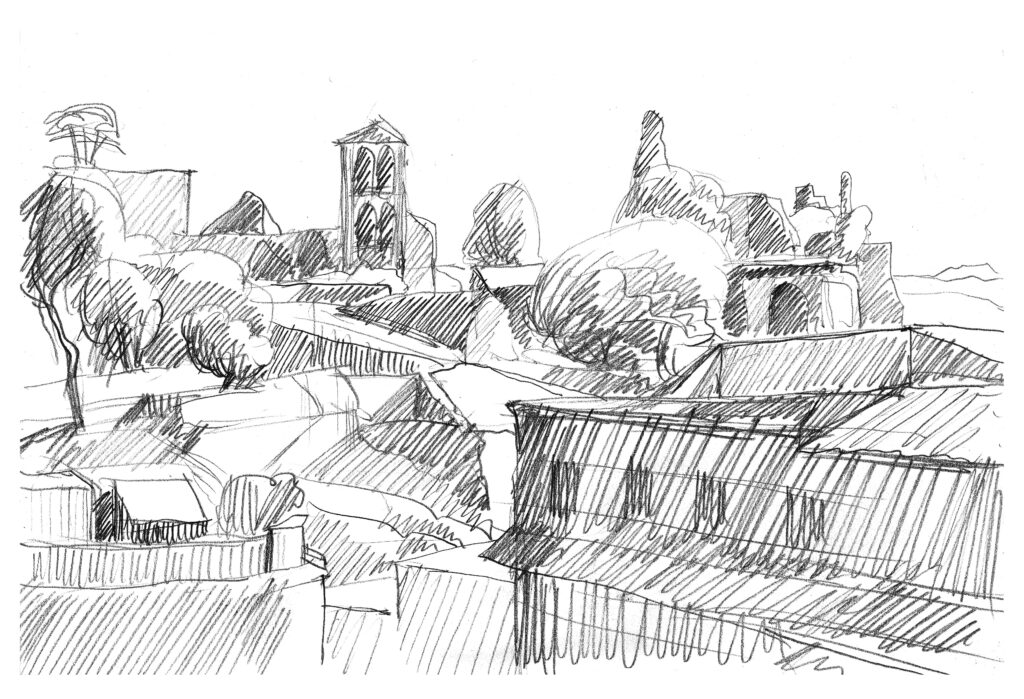
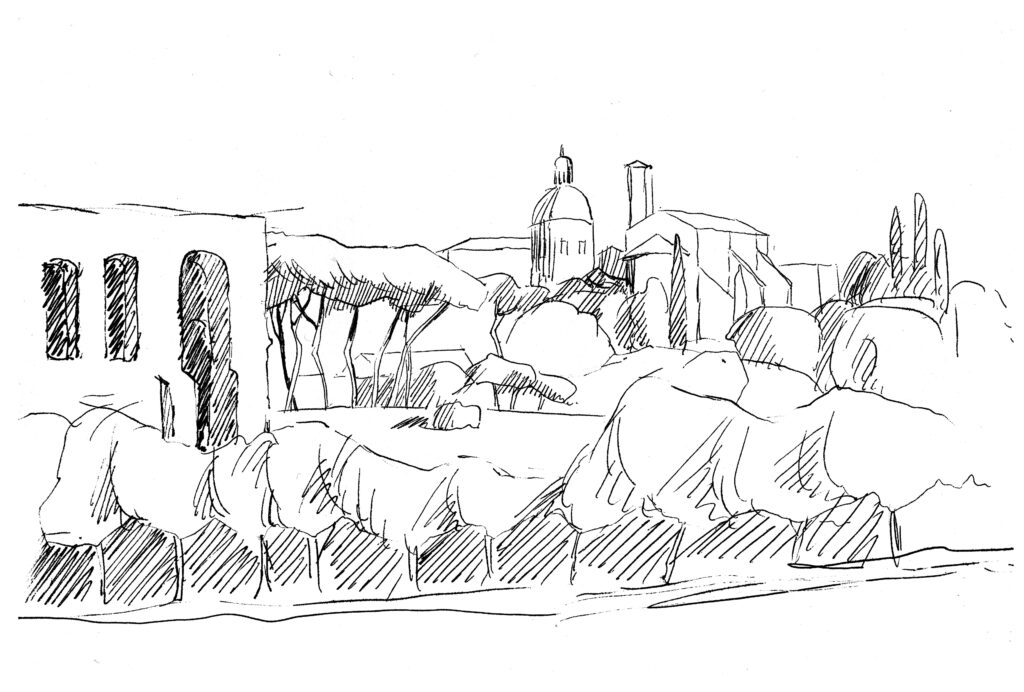
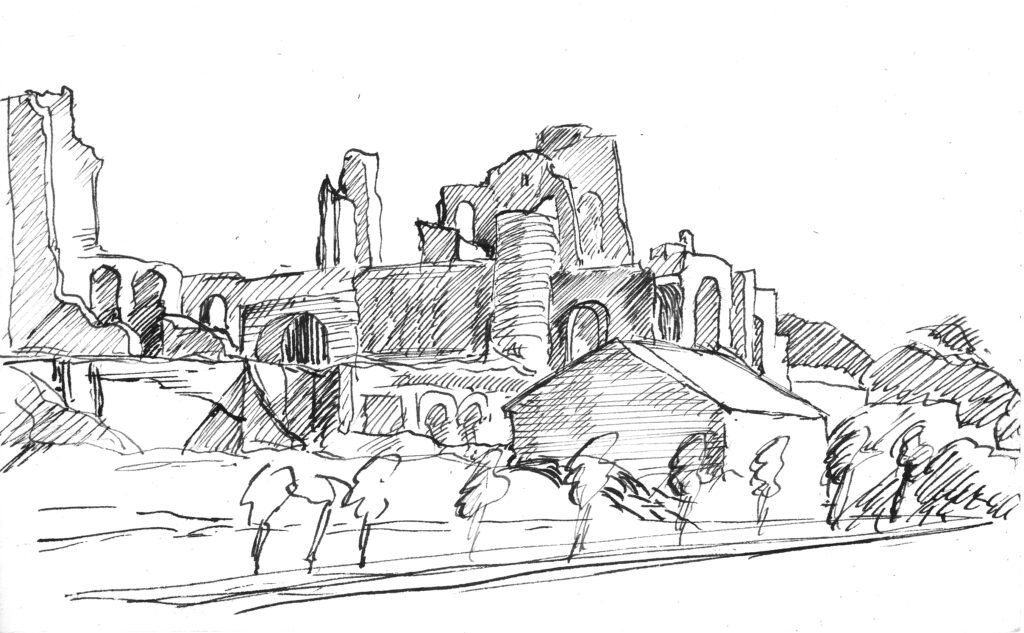
Tiber Island
”It is no coincidence that Tiber Island has preserved a scent of old Rome, the city from the time before the great river regulation. Here you find yourself closest to the flowing water, and here is the only place where some old houses are still allowed to sink their foundations almost directly into the river. Countess Matilda’s austere medieval tower still watches over the approach at the bridgehead, and in the sunny little piazza in front of San Bartolomeo all’Isola, the sounds of the city are still drowned out by the roar of the stream. For twenty-four centuries Tiber Island served the healing god Aesculapius and the apostle Bartholomew had his church built on the foundations of his ancient temple. The old traditions are still managed by the rugged Israelite infirmary next to the church, but above all by the giant hospital of the Benefate brothers, which fills half the island and unfortunately has destroyed much of the genuine atmosphere. It was here that the famous Brother Orsenigo, this Hercules of the dental art, worked at the end of the last century. Besides photographs signed by Leo XIII, Garibaldi, Adelina Patti and other famous patients, he could show as proof of his success several sacks filled with teeth, which he pulled out of broken mouths in the Ghetto and Trastevere. Wonder that Pius IX received Orsenigo in special audience to lament that he could not hire the Benefate brothers himself because he had already lost all his teeth…”
Roman Pictures by Torsten Steinby
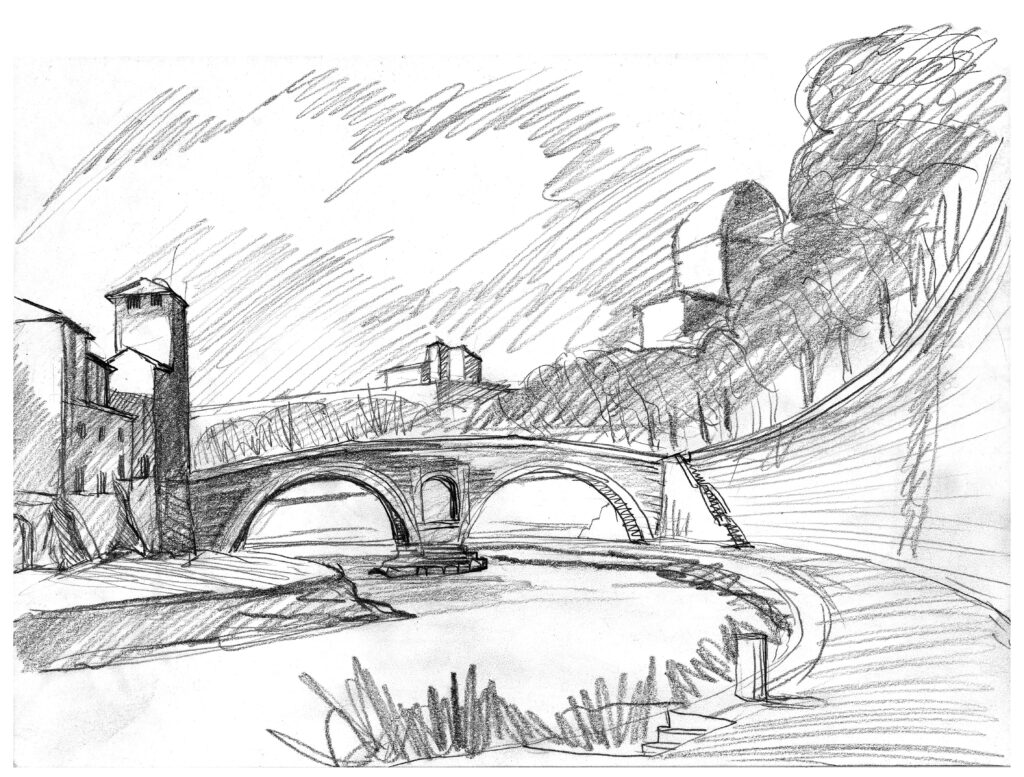
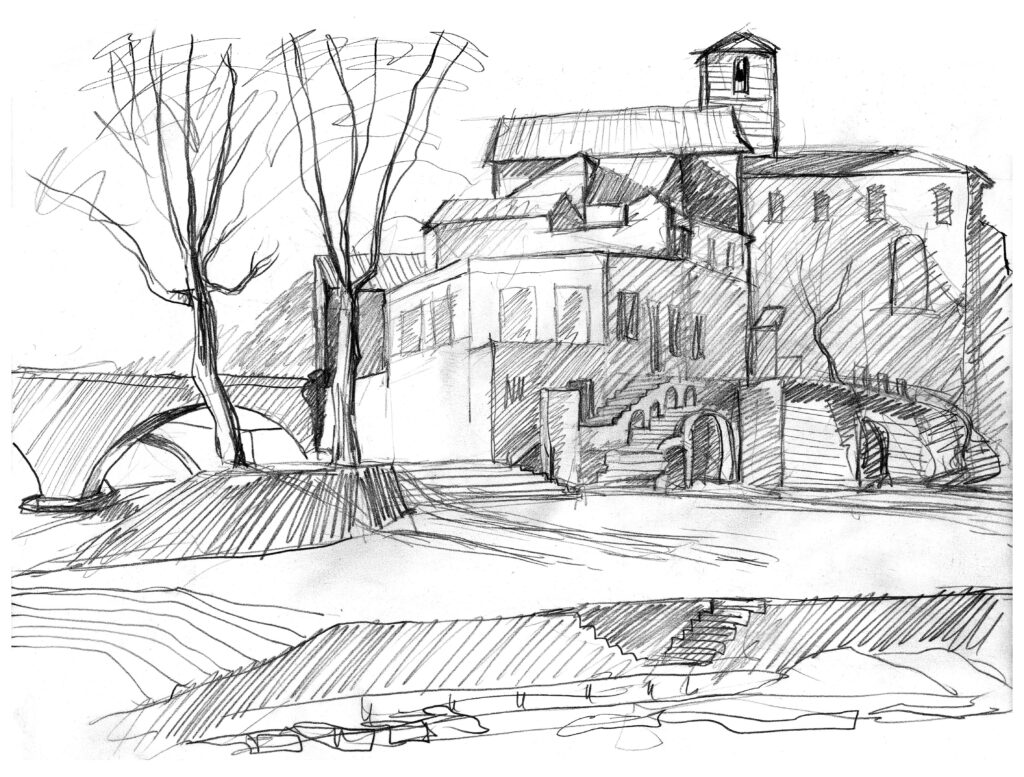
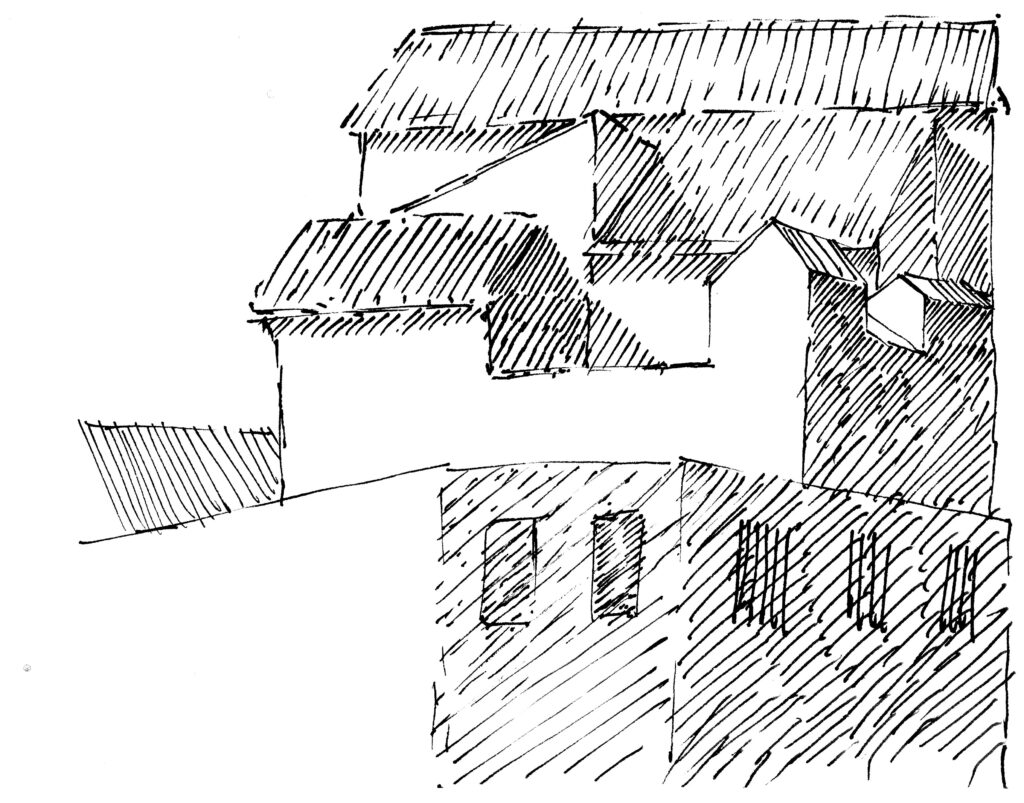
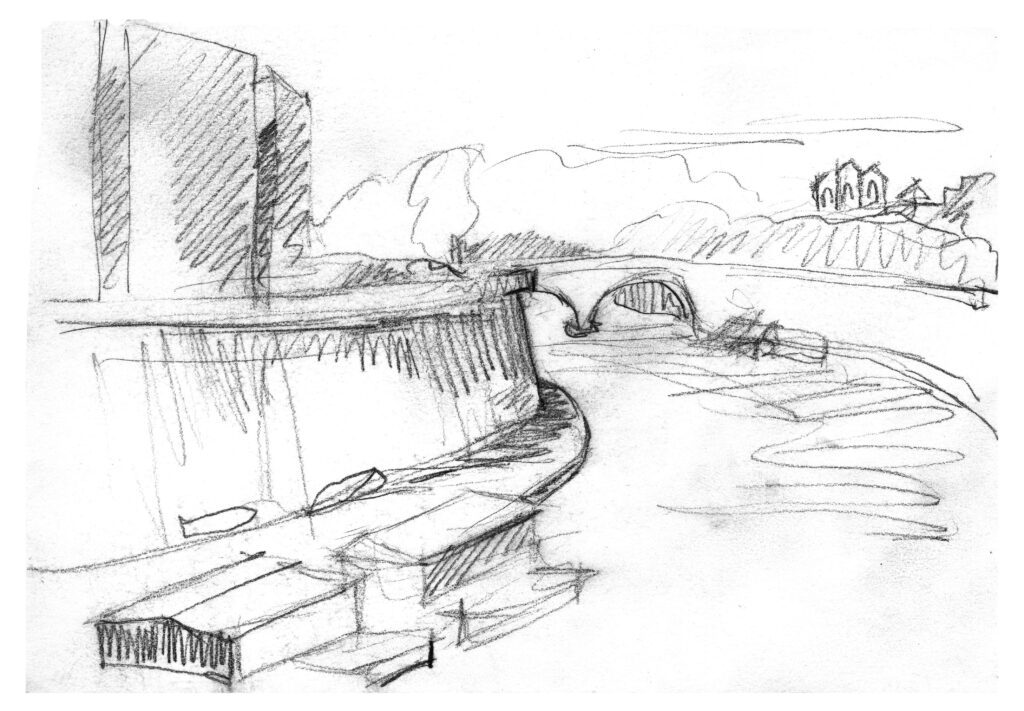
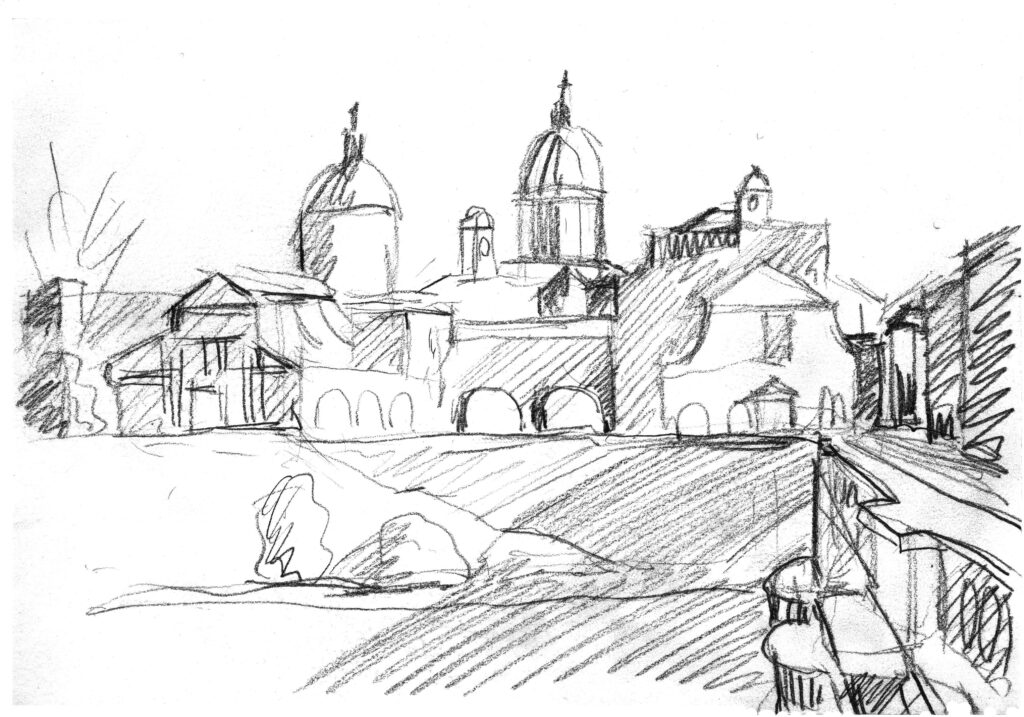
The city wall
”…A monument that impressed me greatly, but that you don’t hear much about, is the city wall of Rome. It almost completely encloses the city and is pierced by about fifteen gates, which are still in daily use. I walked around the entire wall on various occasions. The most beautiful stretch is in the south between Porta San Giovanni and Porta San Paolo. It is a magnificently beautiful lot where you can see the mighty defense with its portholes stretching far away with projecting towers and bastions. When the wall was built in the 270s, it was probably the most magnificent fortification of its kind in the entire Roman Empire. The Emperor Aurelian had it erected when the first rumbling roar of the approaching barbarian hordes reached Rome, and it is the father of all city walls. In Europe it was soon forced to copy it, and a few centuries later a similar wall was erected in Constantinople. Although Aurelian’s city wall has been rebuilt or allowed to fall into disrepair and in places lies in ruins, I found it with its massive gates to be one of Rome’s noblest monuments…”
A Traveller in Rome by H.V. Morton
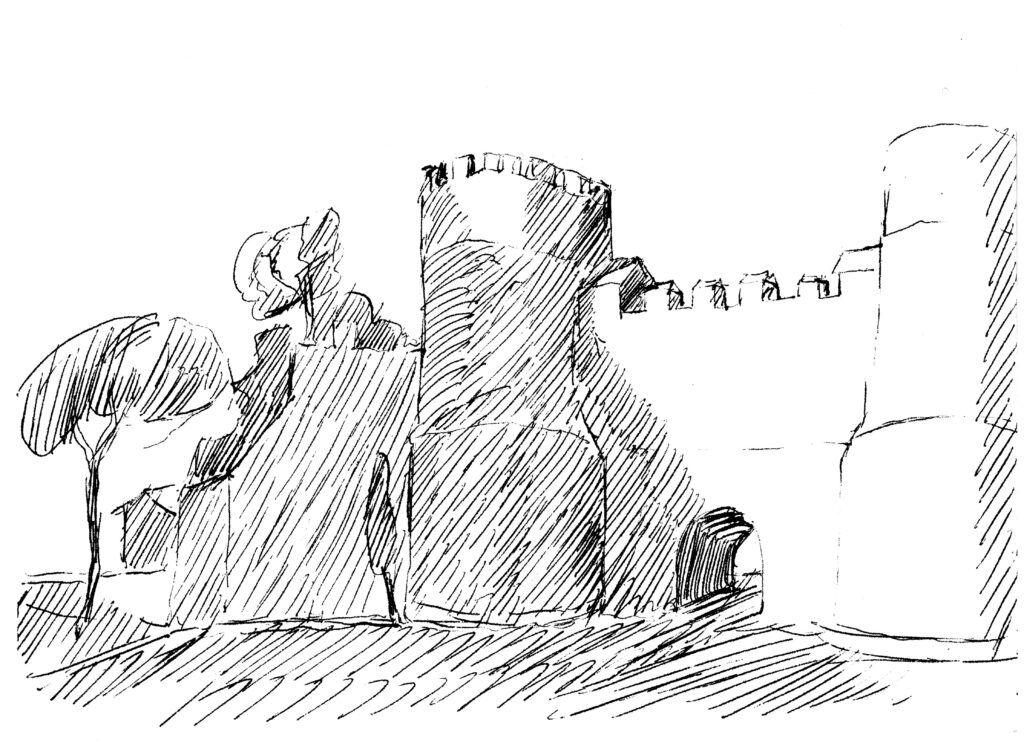
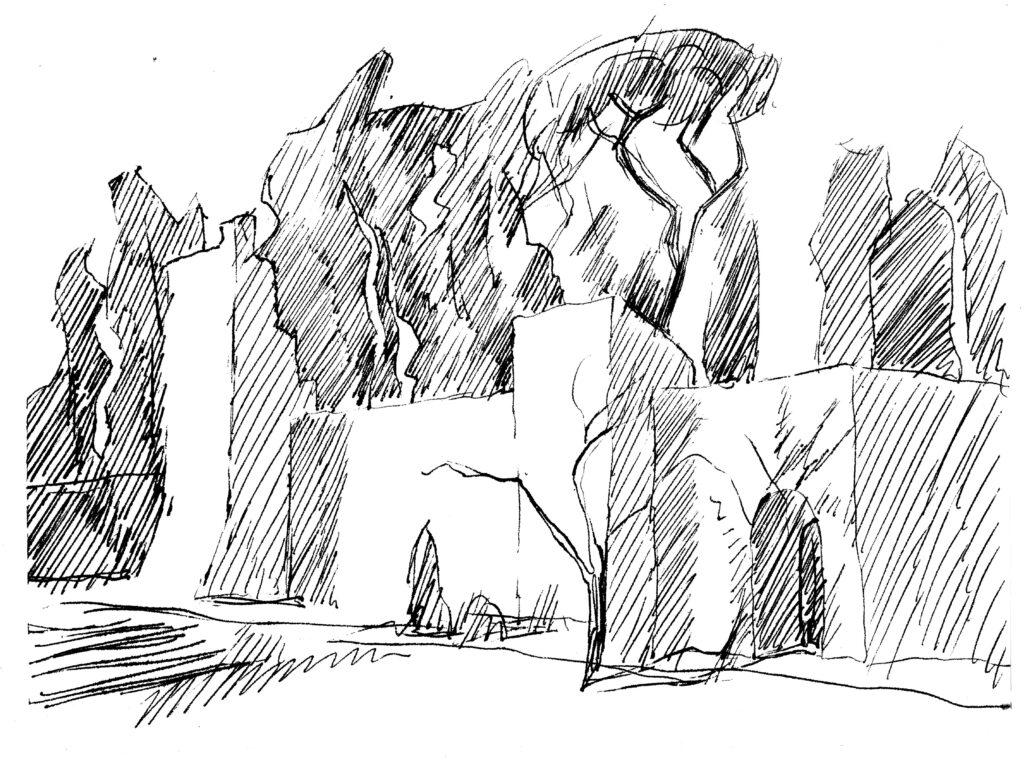
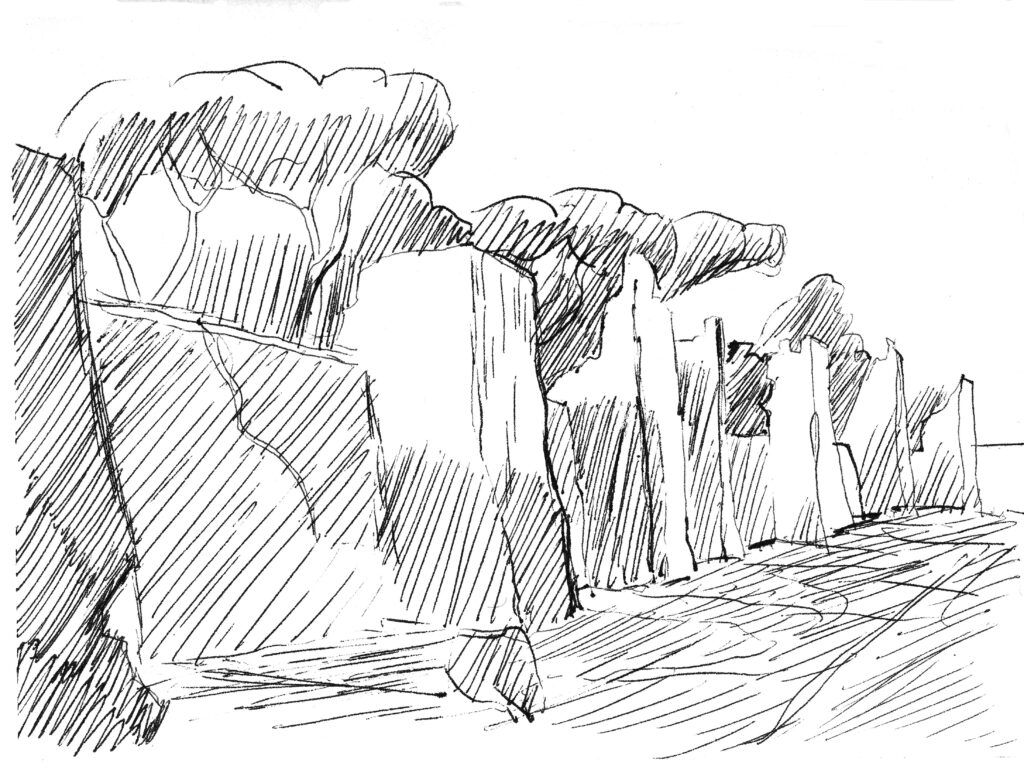
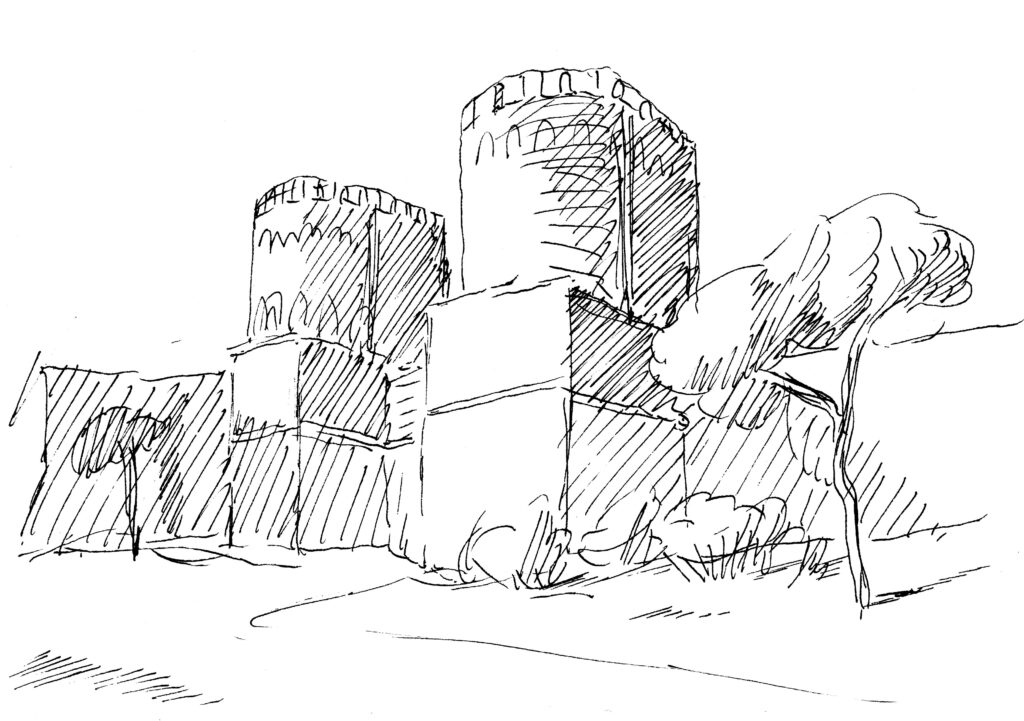
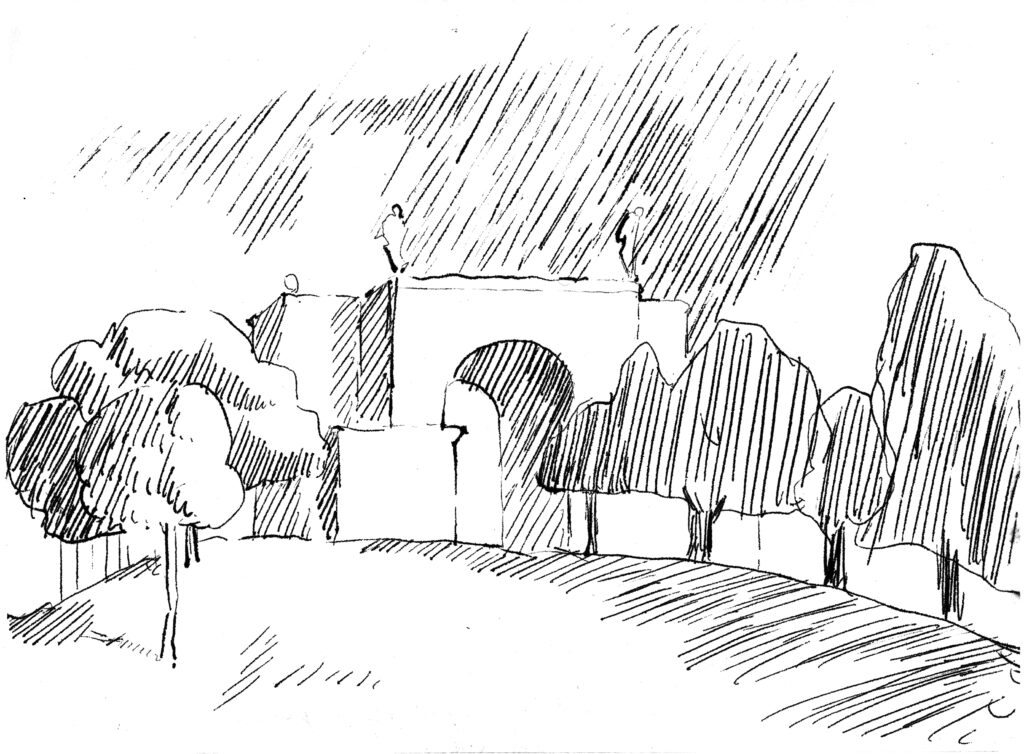
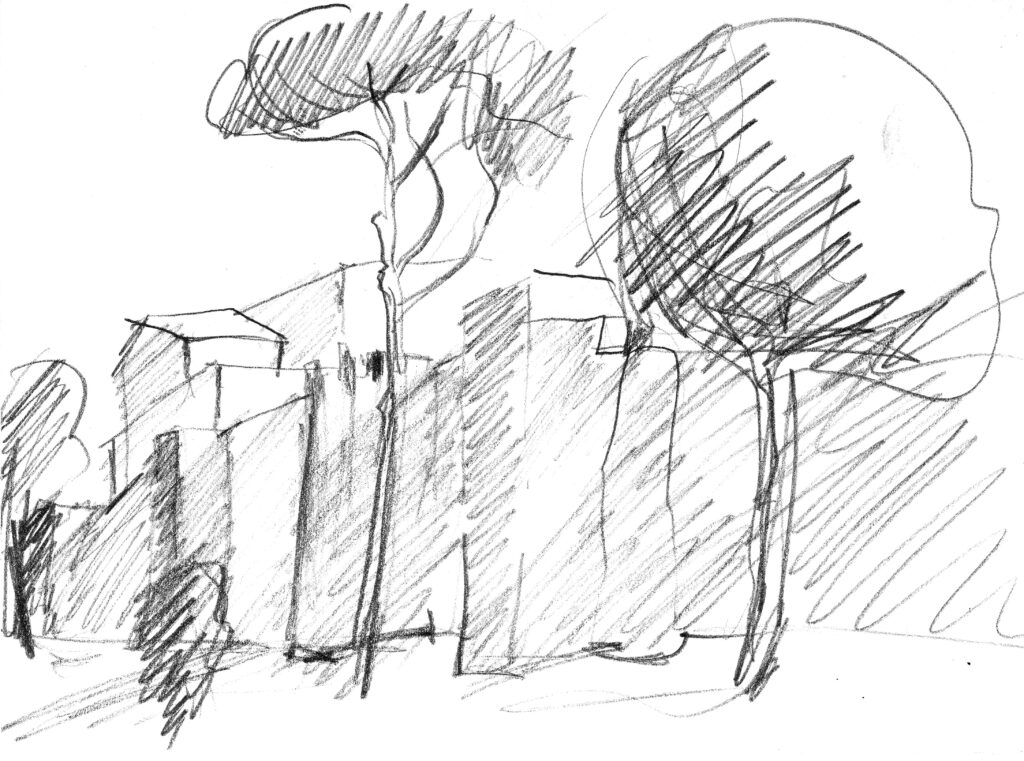
The piazza
”…The Roman devotes great expert interest to his bars. When a new bar appears, which of course it does every day because a large part of Rome’s resident population devotes itself to this profitable business, the connoisseurs immediately gather like vultures around the scene. At the moment, the new bar at Piazza di Sant’Eustachio is all the rage. People actually travel halfway across Rome to get their espresso at its fashionable counter.
From the central quarters with their folk life of a fairly ordinary European cut, the road is not long to more genuine experiences.
Piazza Navona, for example, on a warm spring evening, when the air is transparent with the famous Roman light and the swallows in flocks dart over the rooftops with their little lucky caskets. Then the Roman small people gather here. Hundreds of kids crowd the huge piazza, and pipe-smoking old men stand with their hands behind their backs in safe groups discussing the day’s events. The smooth-combed women in their simple black cotton dresses sit on the travertine benches with their knitting or just with their hands in their laps and follow the children’s happy games.
They represent the second great stage of Roman womanhood. The age of coquetry is over, and the momentous materfamilias period has begun, the mistress has become a mother. With the role that femininity plays here, it means that she occupies the central place in the family, she is the fixed point and the unifying force. In the kinship-loving South, this task means a lot, and practically everything. It is he who gives her an enviable security in existence and an inimitable calm dignity…”
Roman Pictures by Torsten Steinby
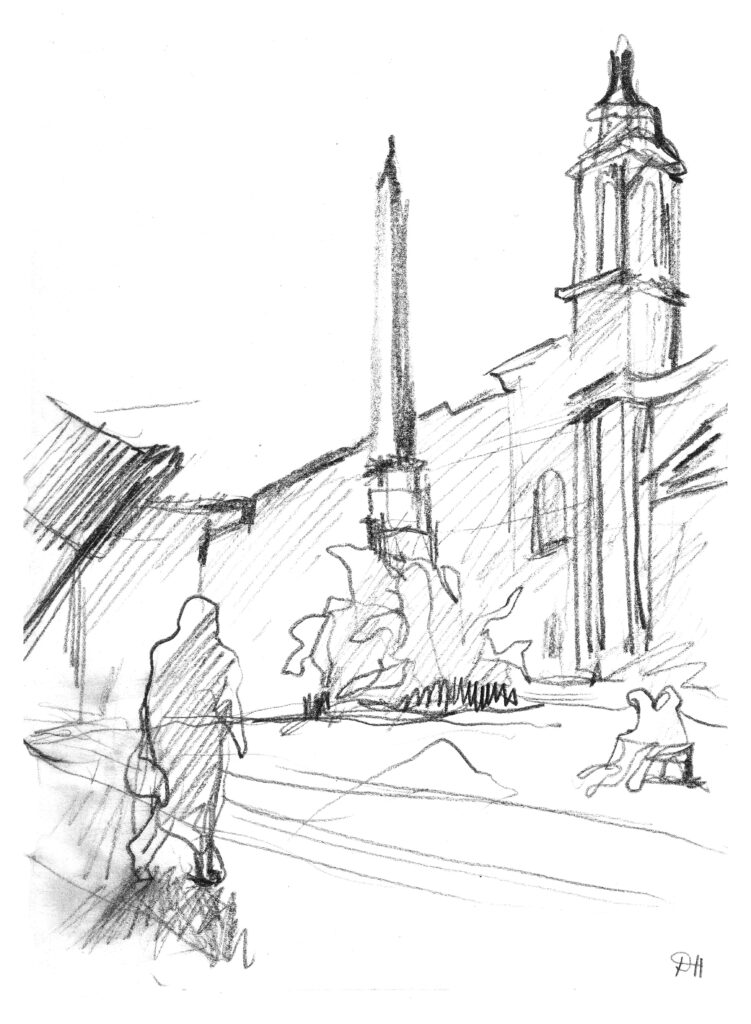
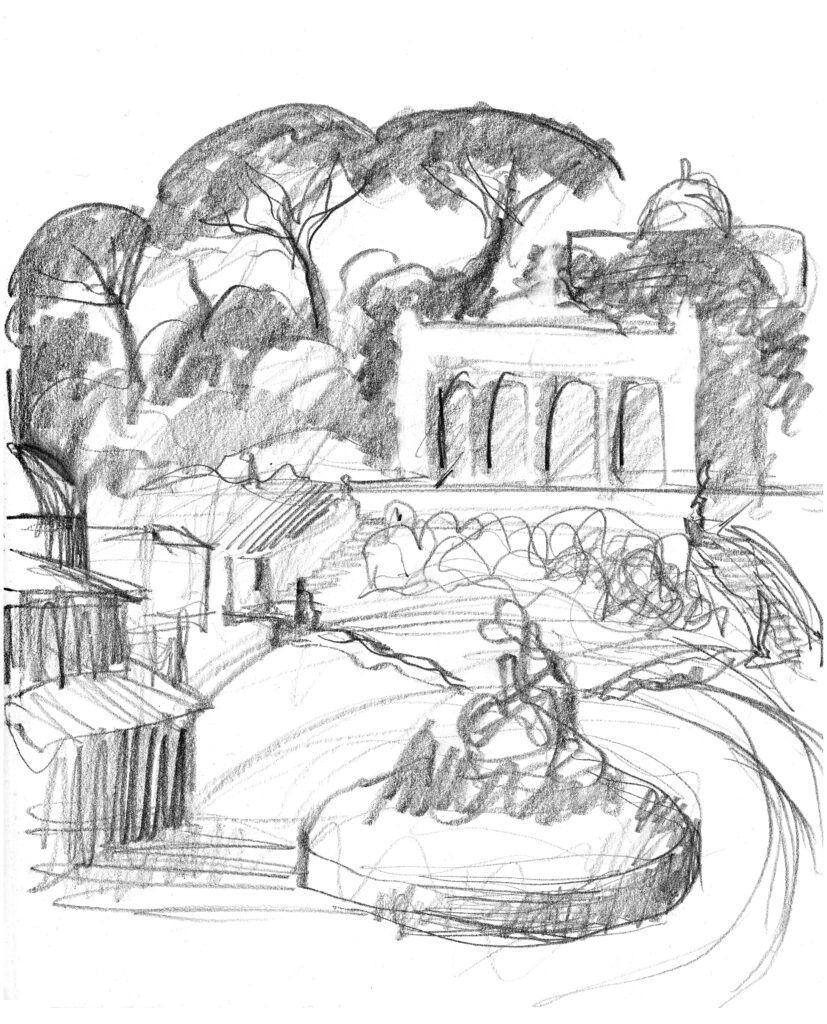
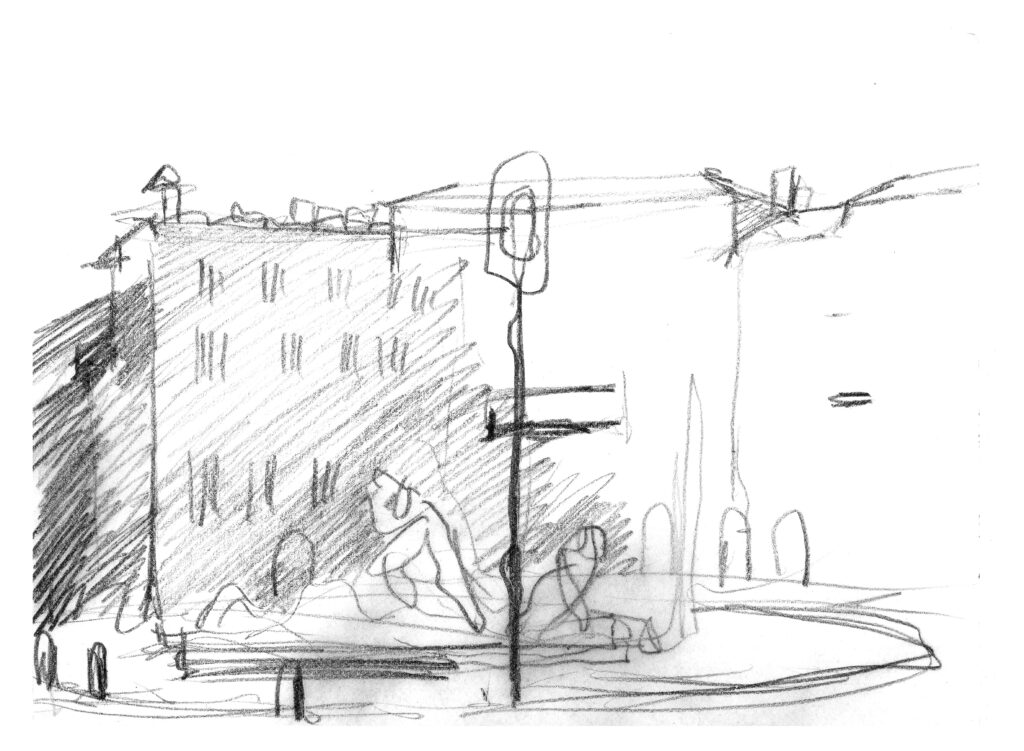
Trastevere
”…In Trastevere they speak a different dialect than in the rest of Rome, here they sing more happily, whistle louder and fulfill their needs more unabashedly than elsewhere. Here, too, without warning, one throws one’s gnawed cabbage out the window, thereby giving this conservation an ancient function that civilization is robbing it of. In the confused and bumpy neighborhoods between Santa Maria and Ponte Sisto, you meet the most motley mix of small craftsmen, day laborers and thieves hiding. It is also the only part of Rome where the stranger who ventures into the winding alleys can hear the words of the half-grown boys, who play robbers in the streets.
However, it is nothing to get attached to, as it should only be regarded as an expression of Trastevere’s peculiarities. Basically, most of the population here is as friendly and accommodating as anywhere else in Rome…”
Roman Pictures by Torsten Steinby

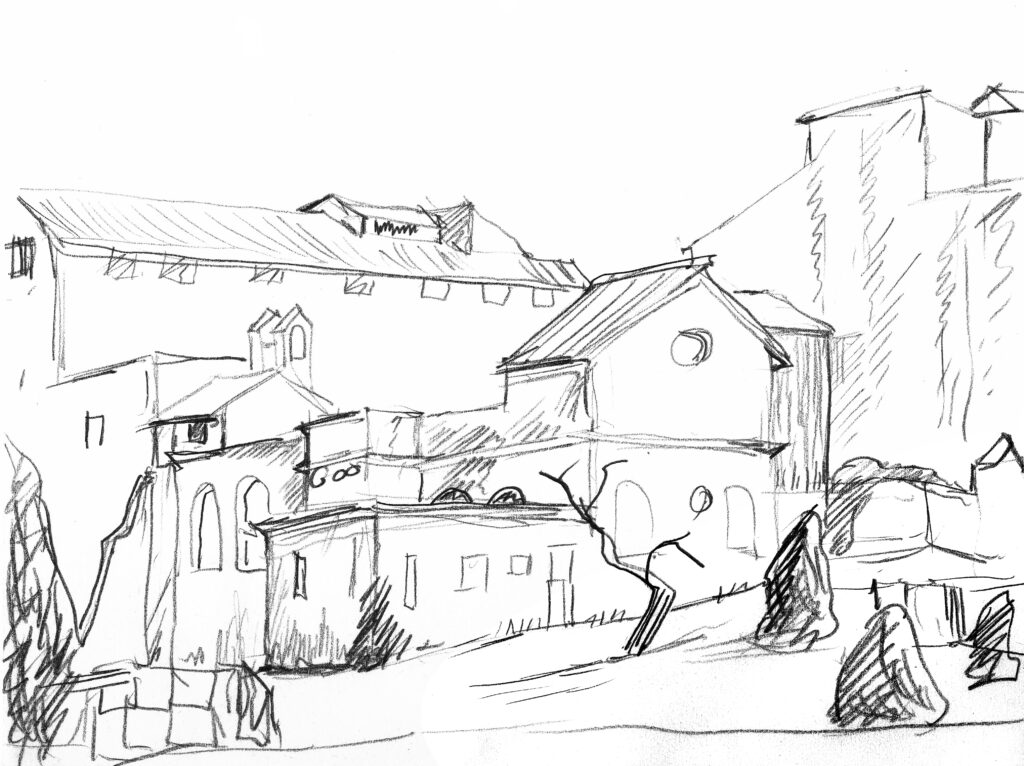
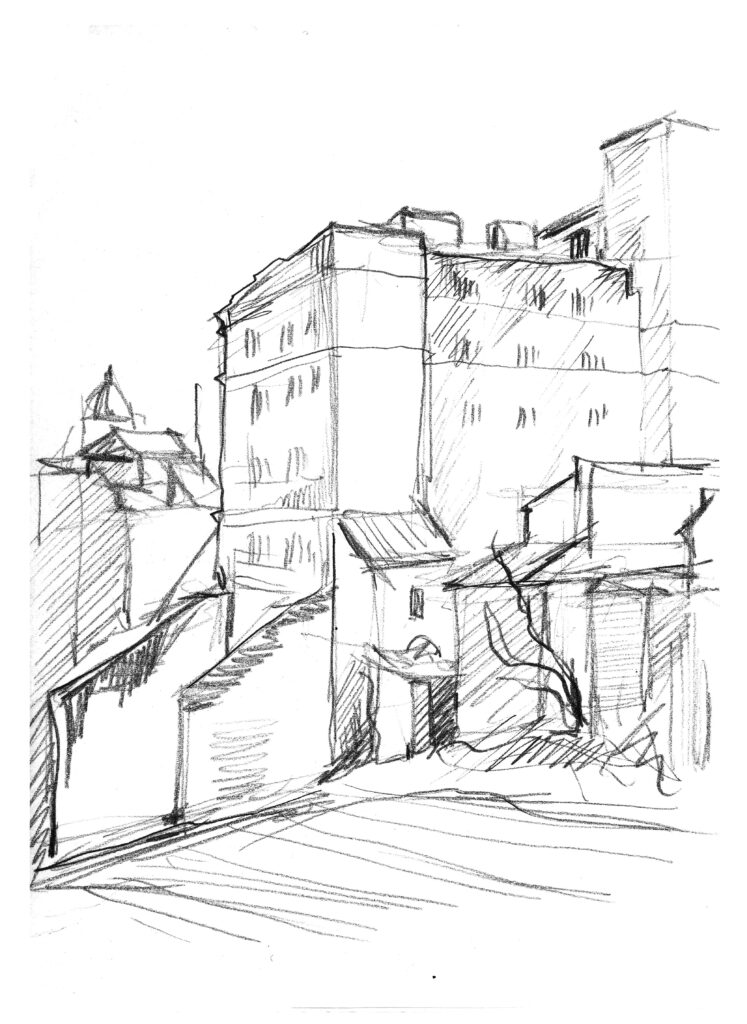
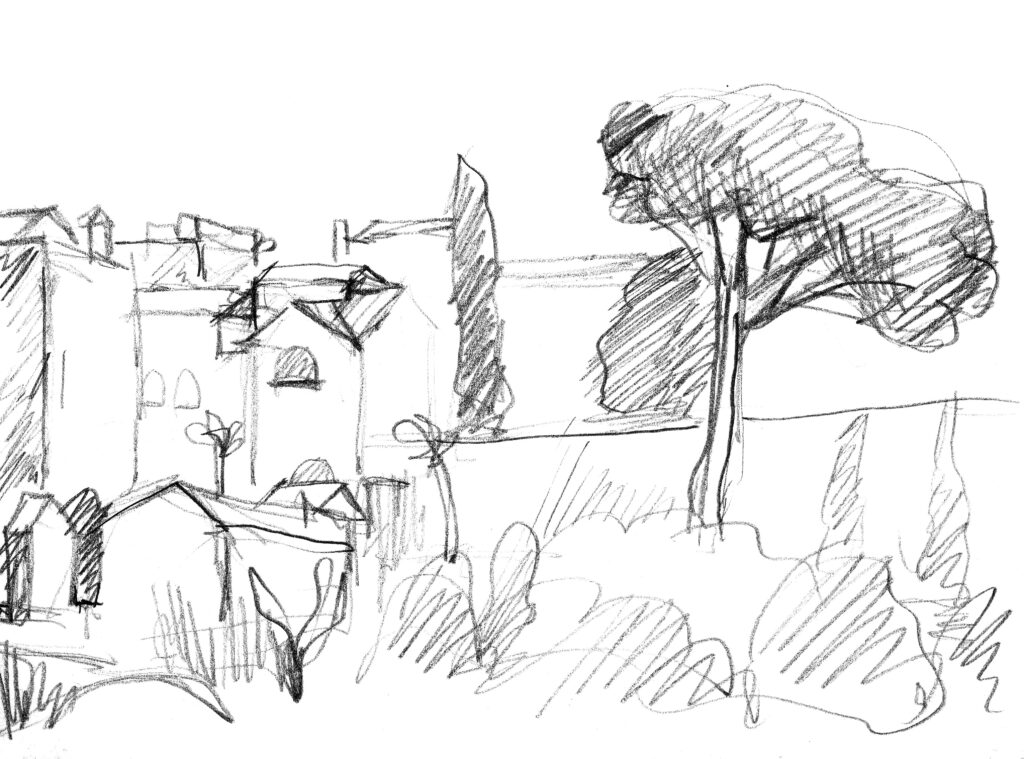
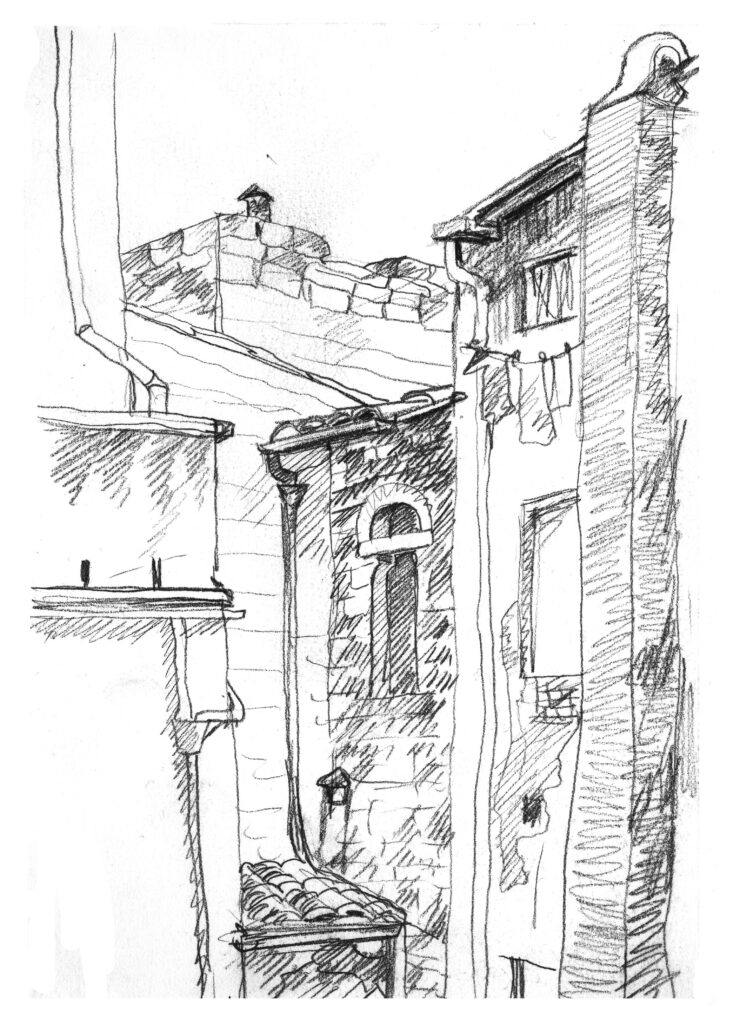
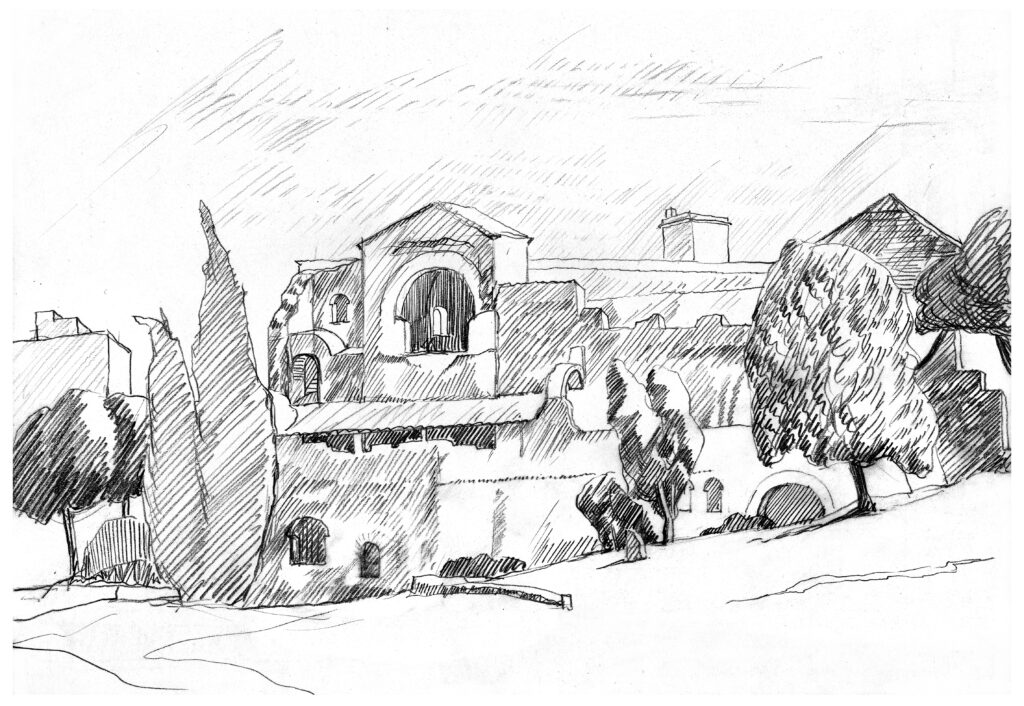
Via Appia & Campagna
…Via Appia has neither been trivialized nor spoiled by street noise. It would certainly be an exaggeration to say that one would not be surprised if one suddenly saw there marching Roman legions laden with booty from Asia, but much of the old atmosphere remains. Here spreads the Roman Campagna, which during the time of the Roman Empire was barren land but then became swampy and became notorious for its malaria swamps. Here you see solitary tombs and marble fragments, and here the domes of Rome loom in the distance….
A Traveller in Rome by H.V. Morton
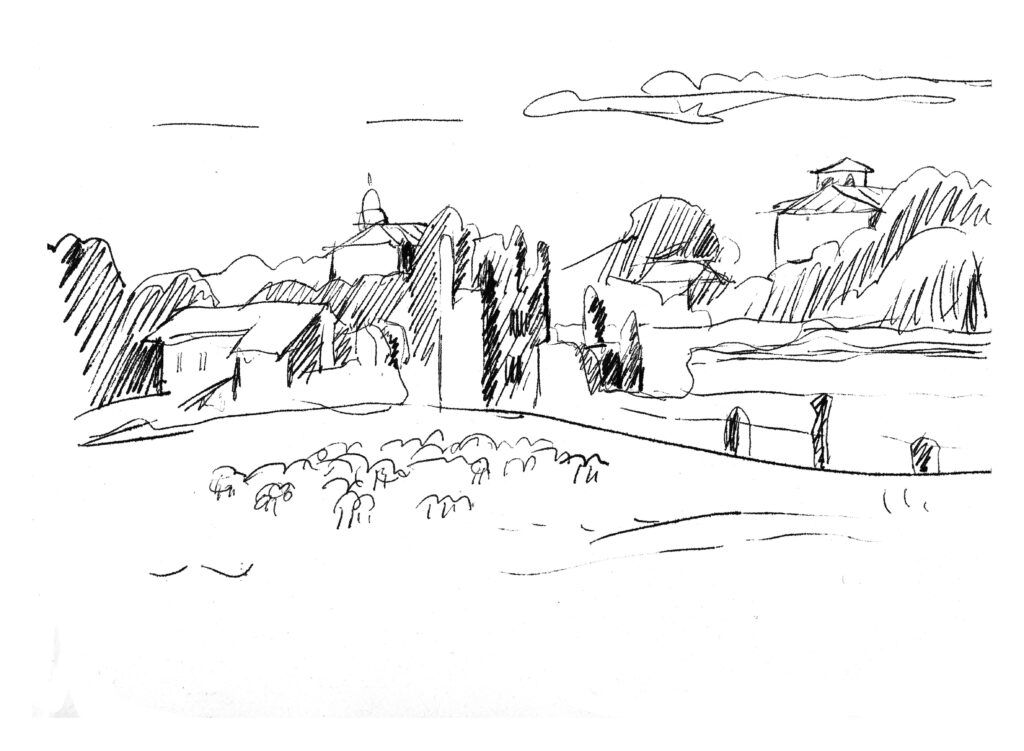

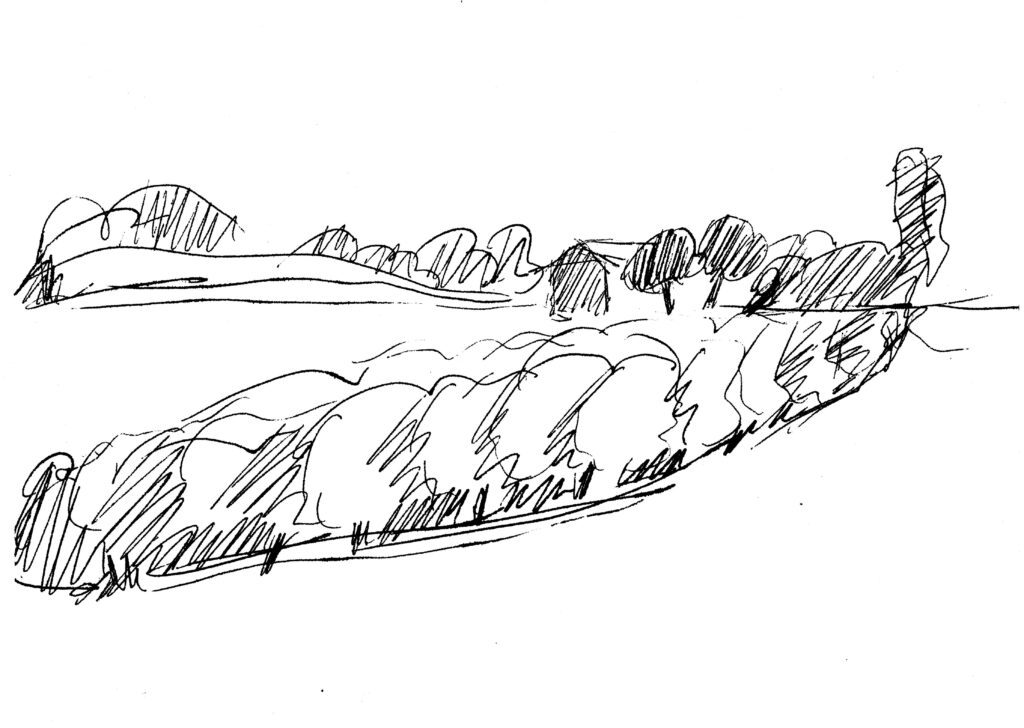
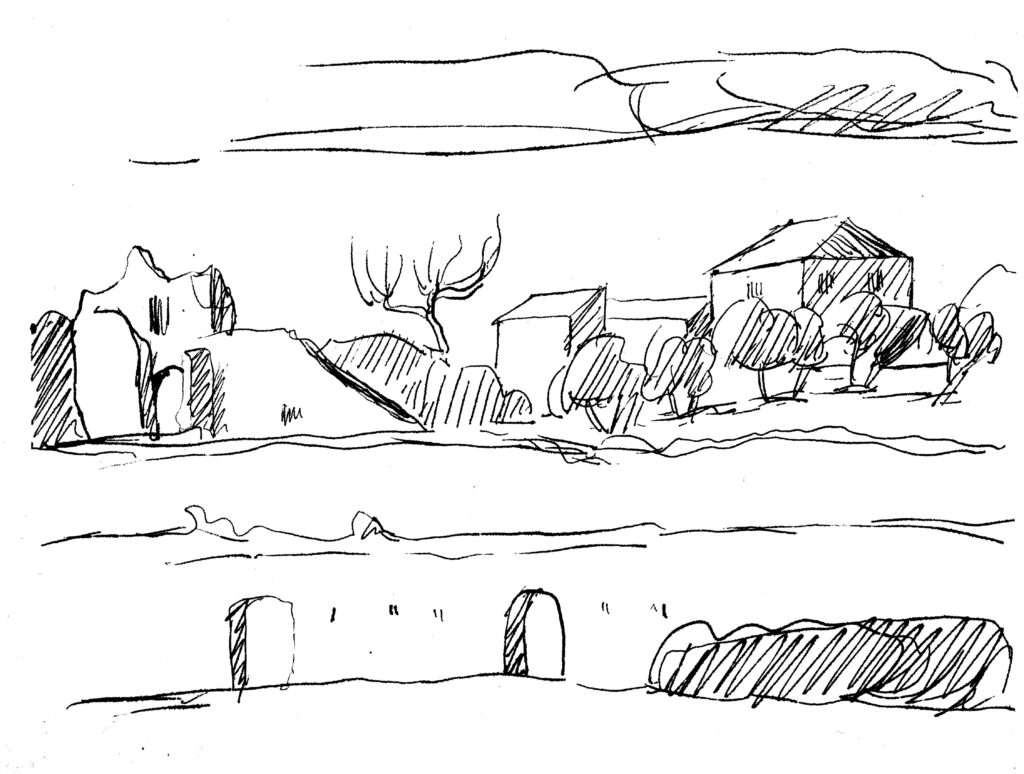
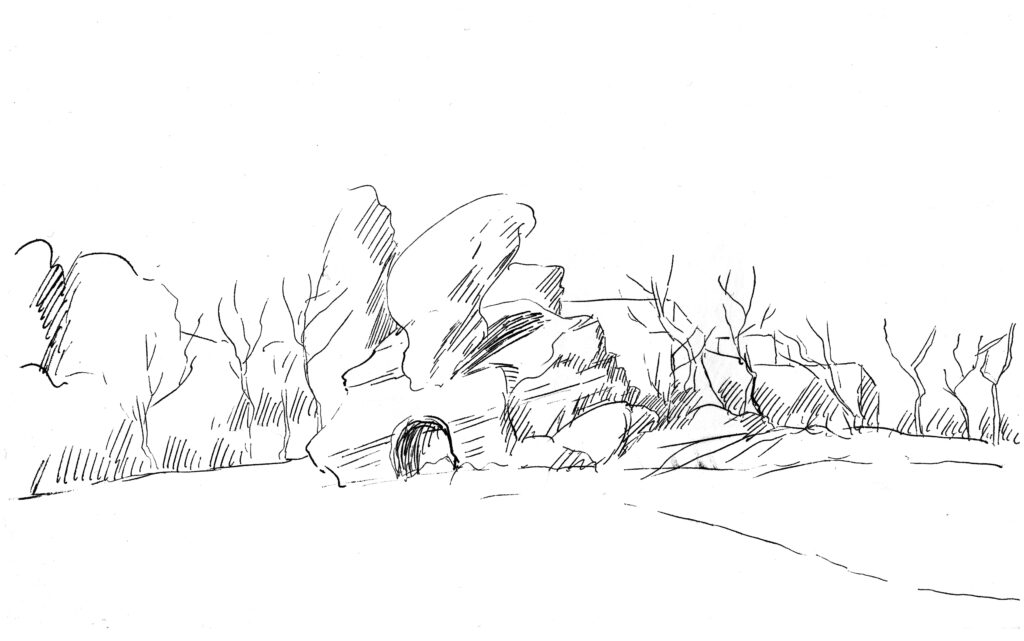
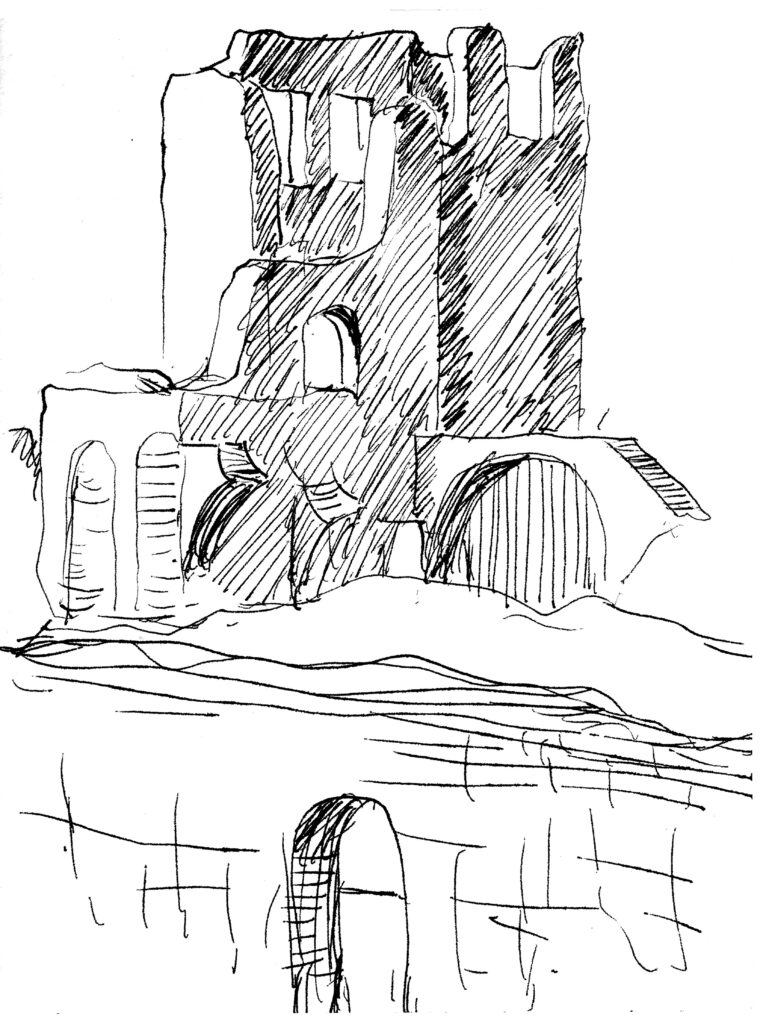
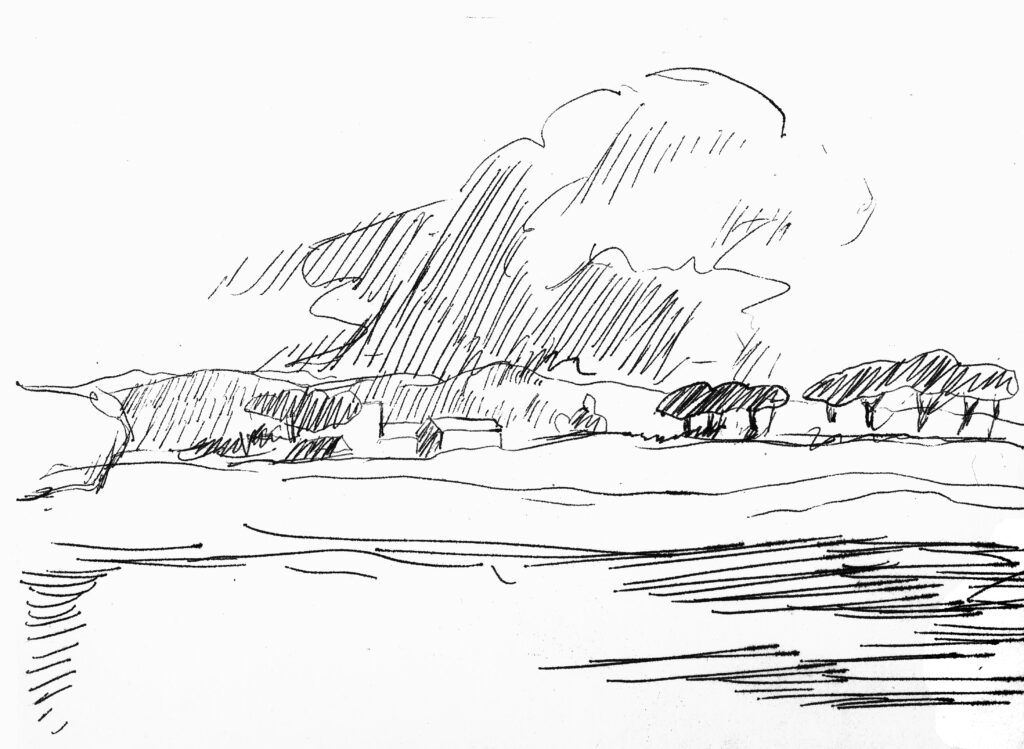
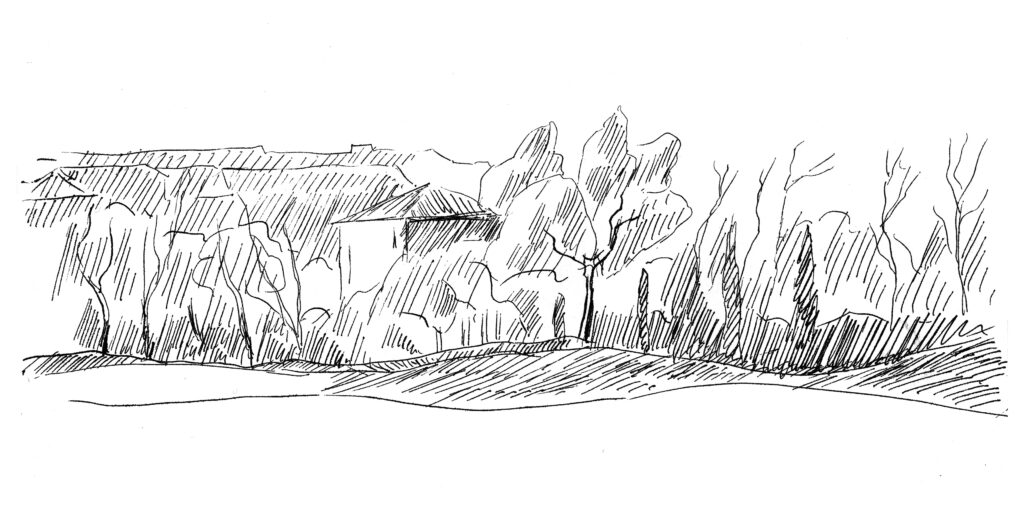
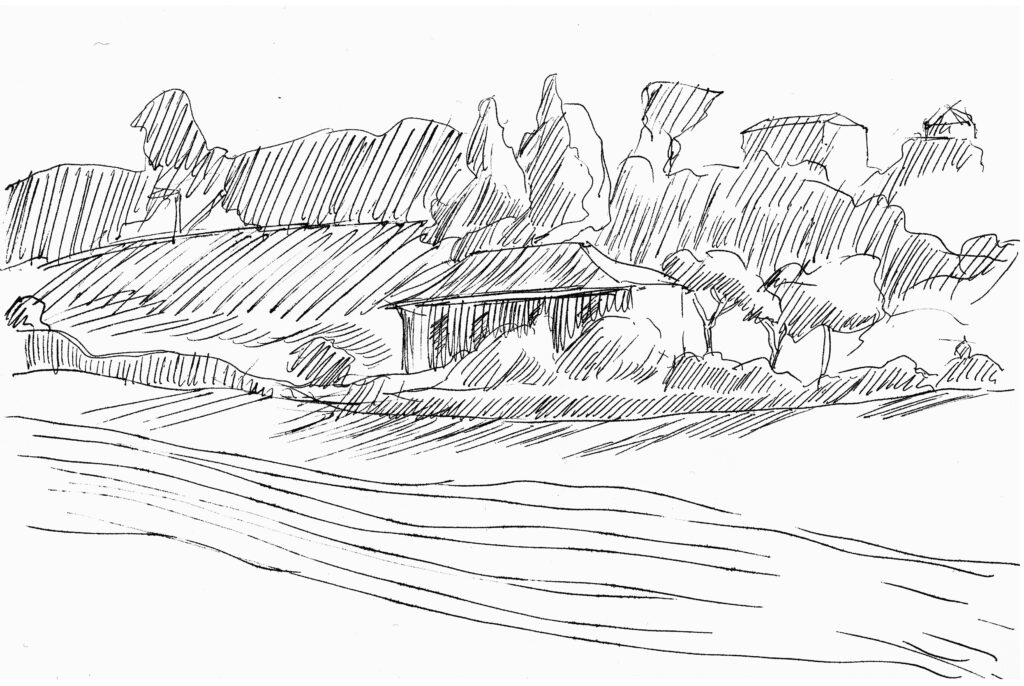
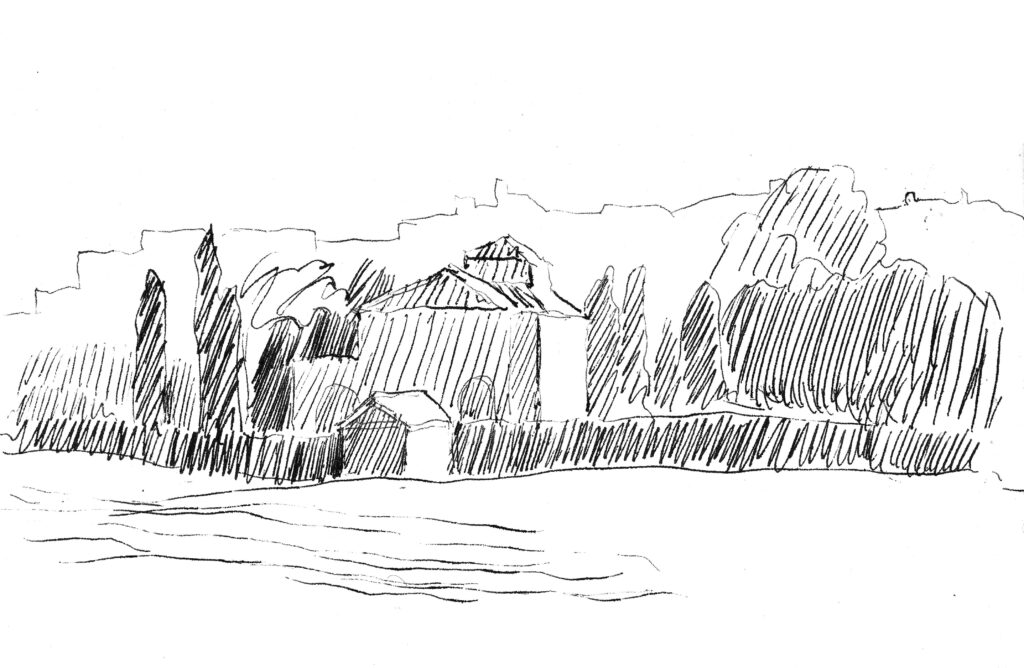
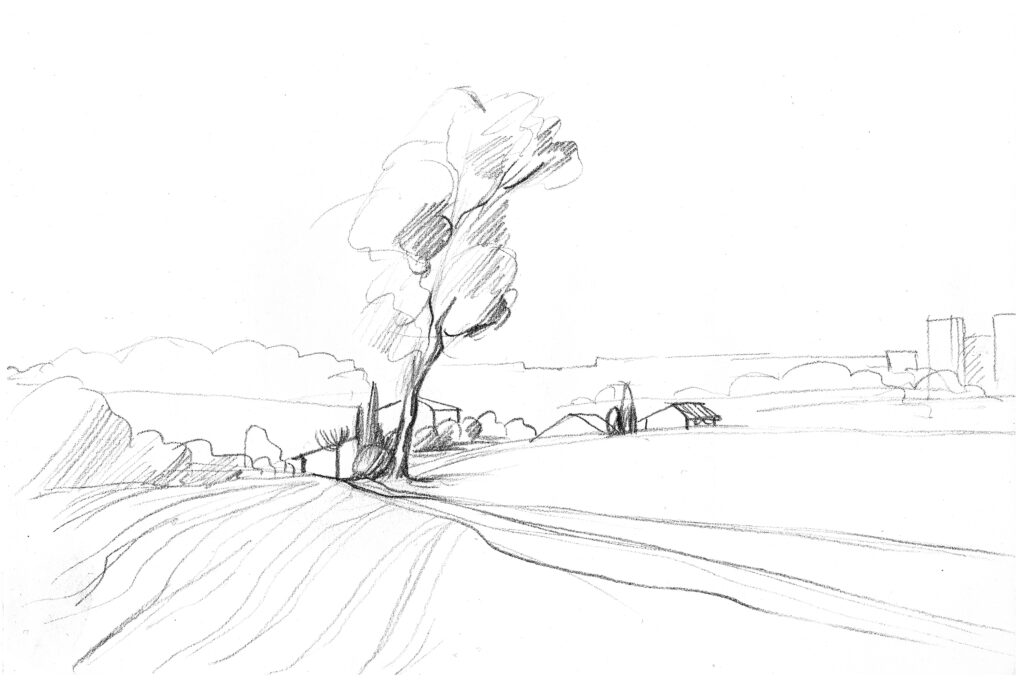
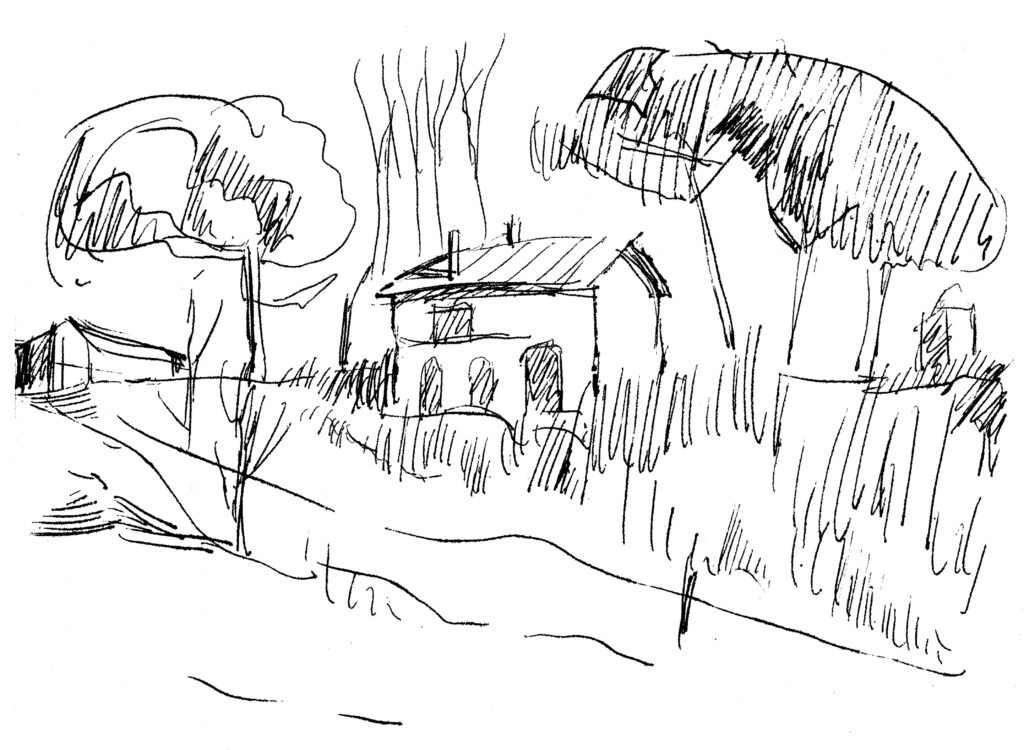
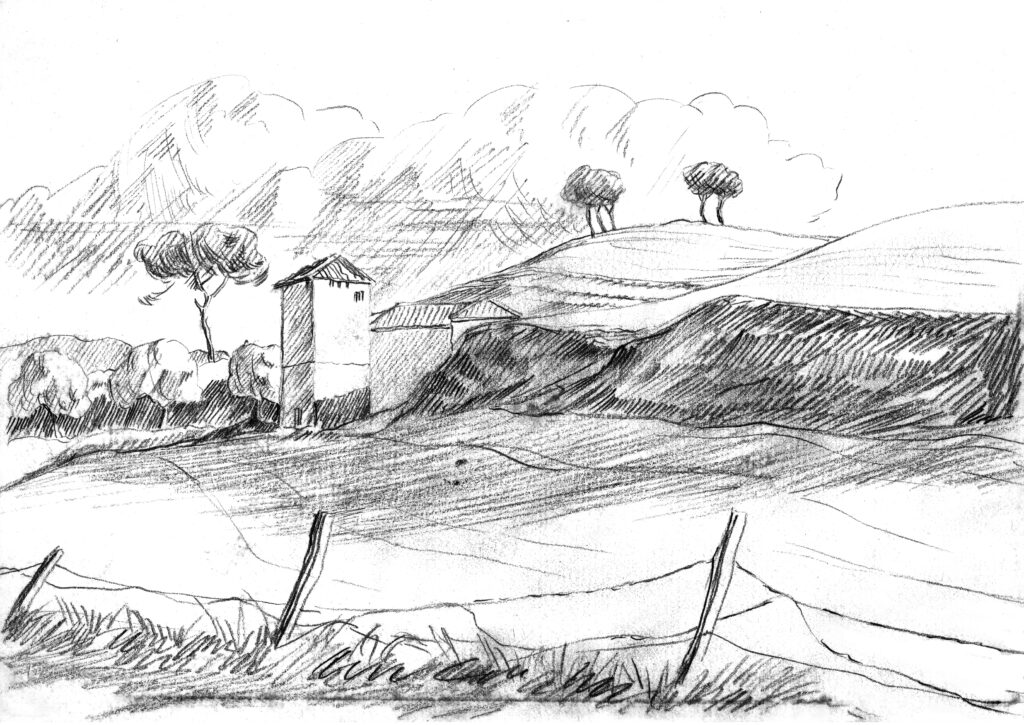
Around the Capitol & Palatine
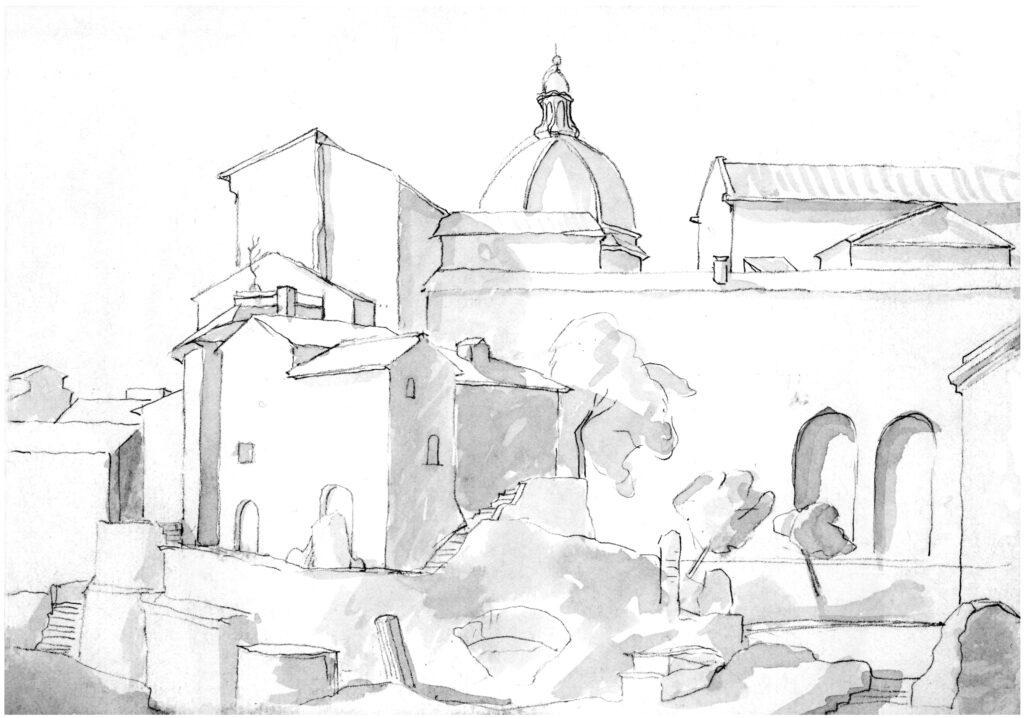
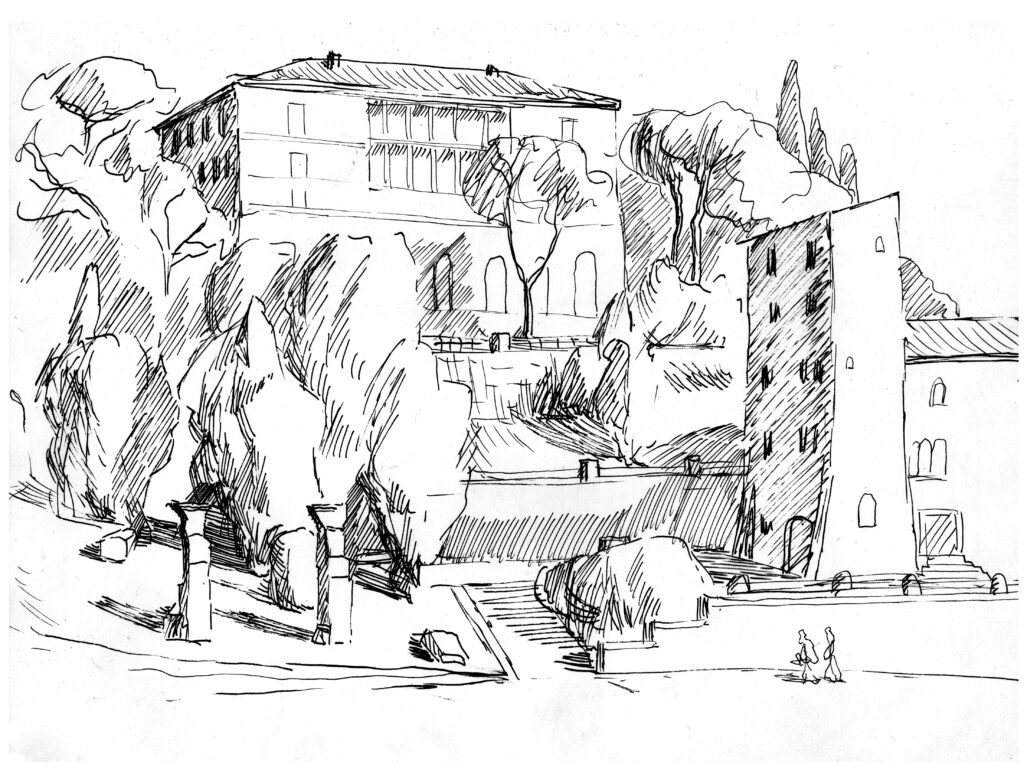
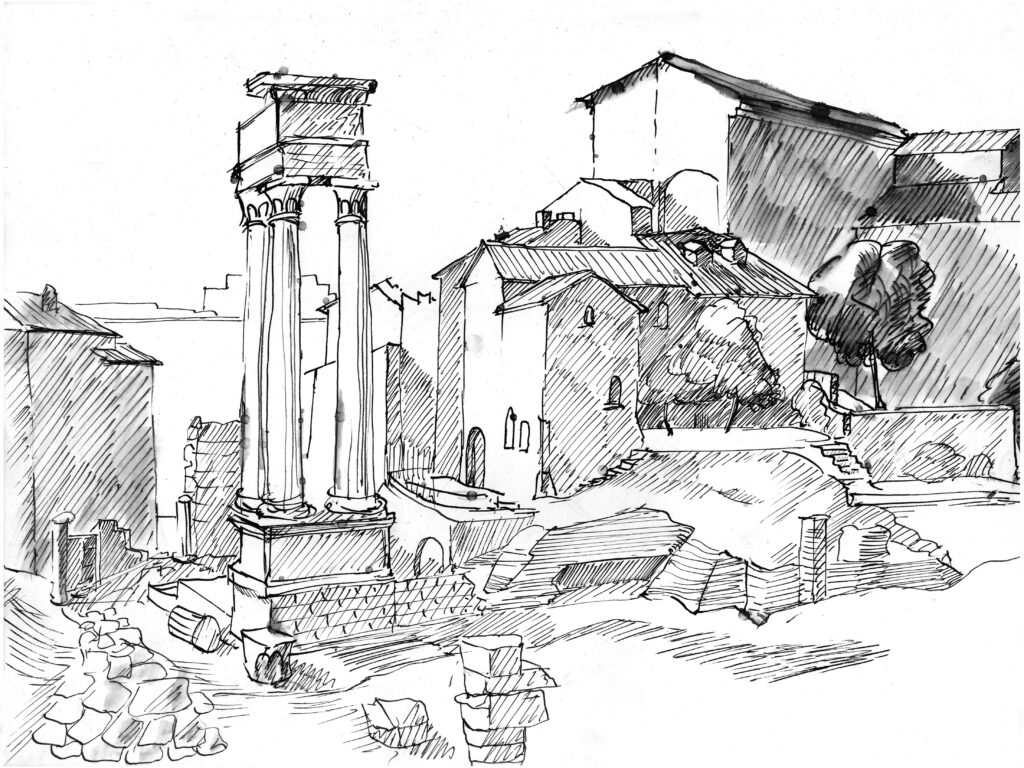
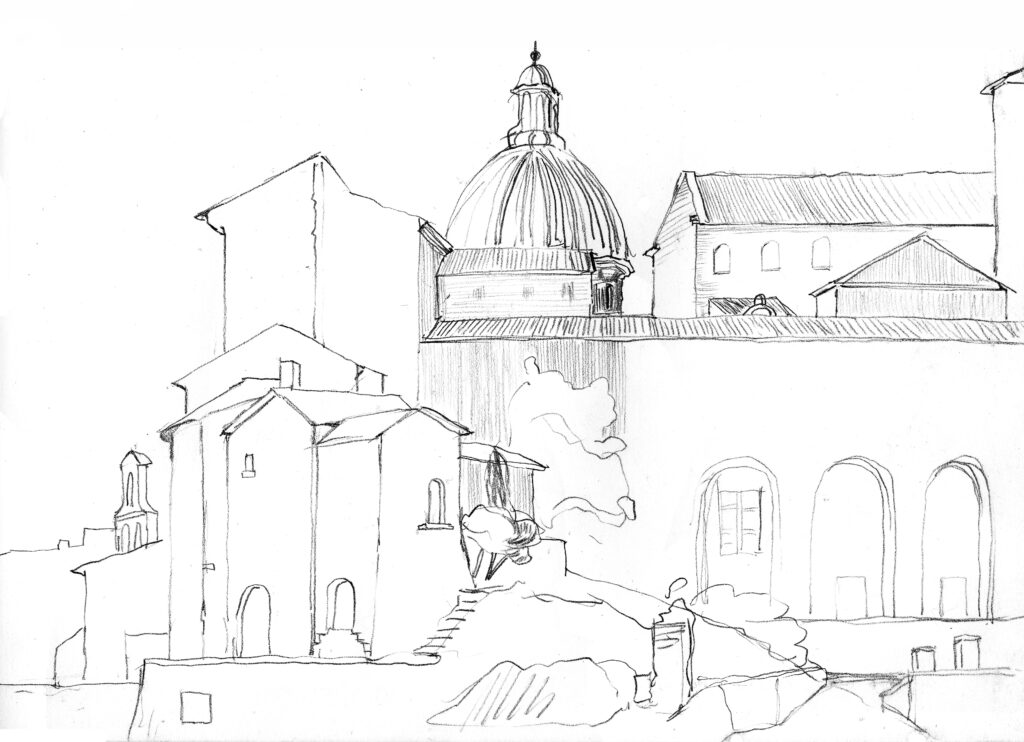
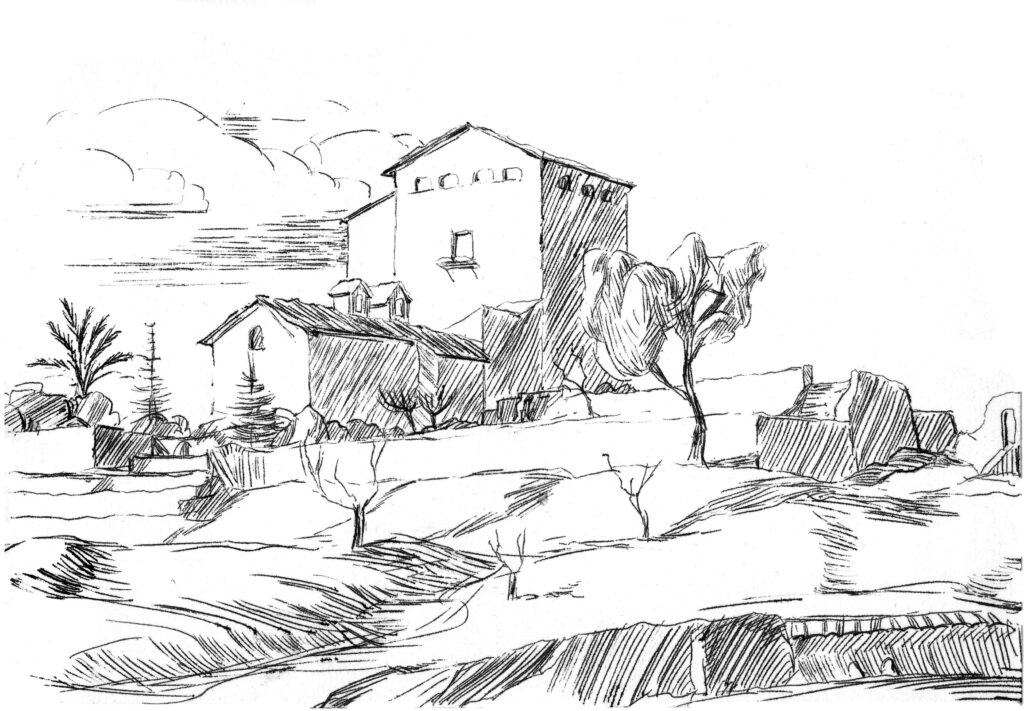
The hills of Rome
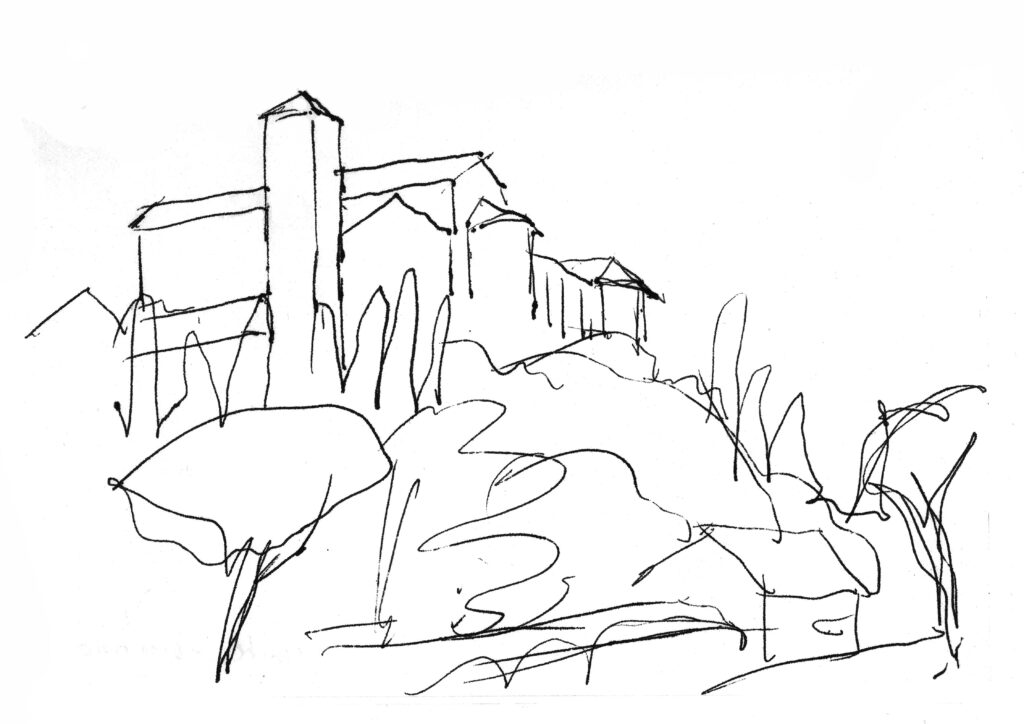
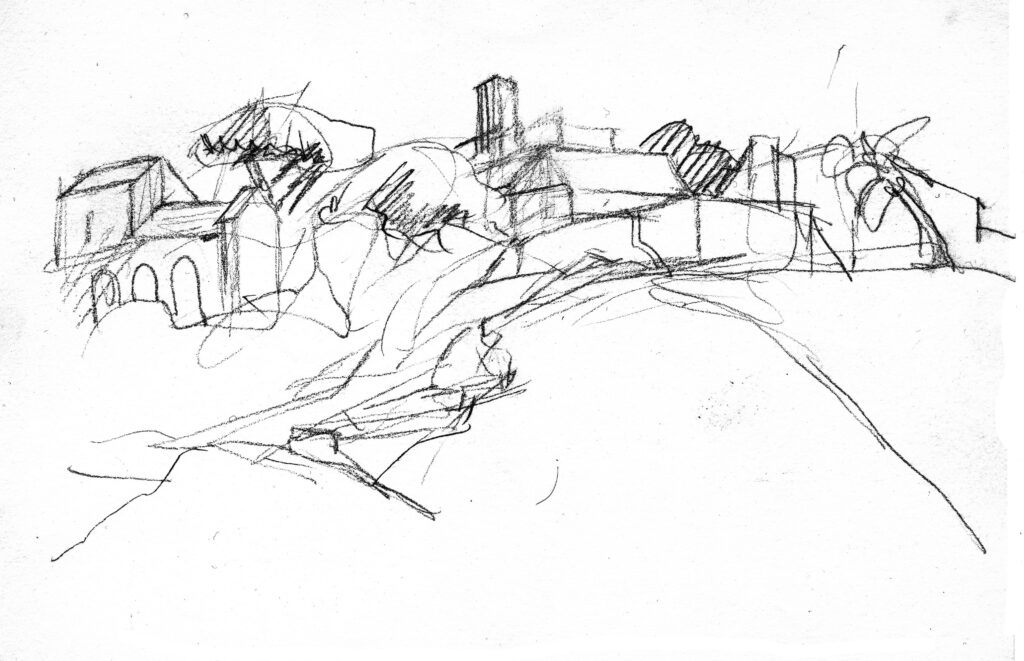
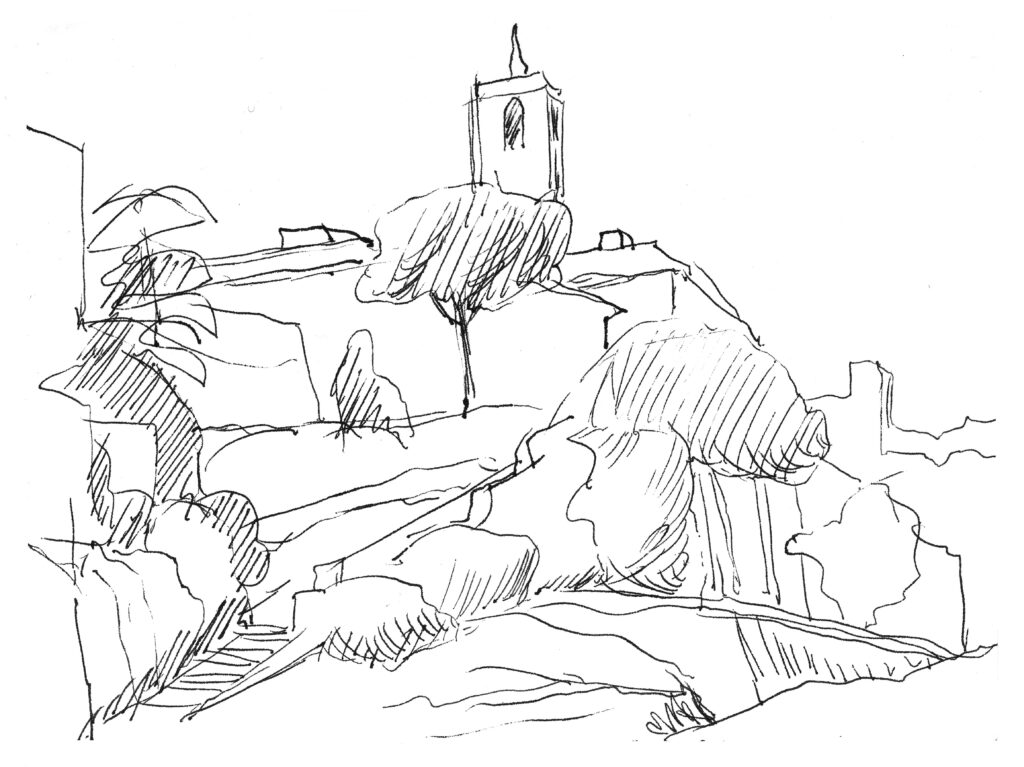
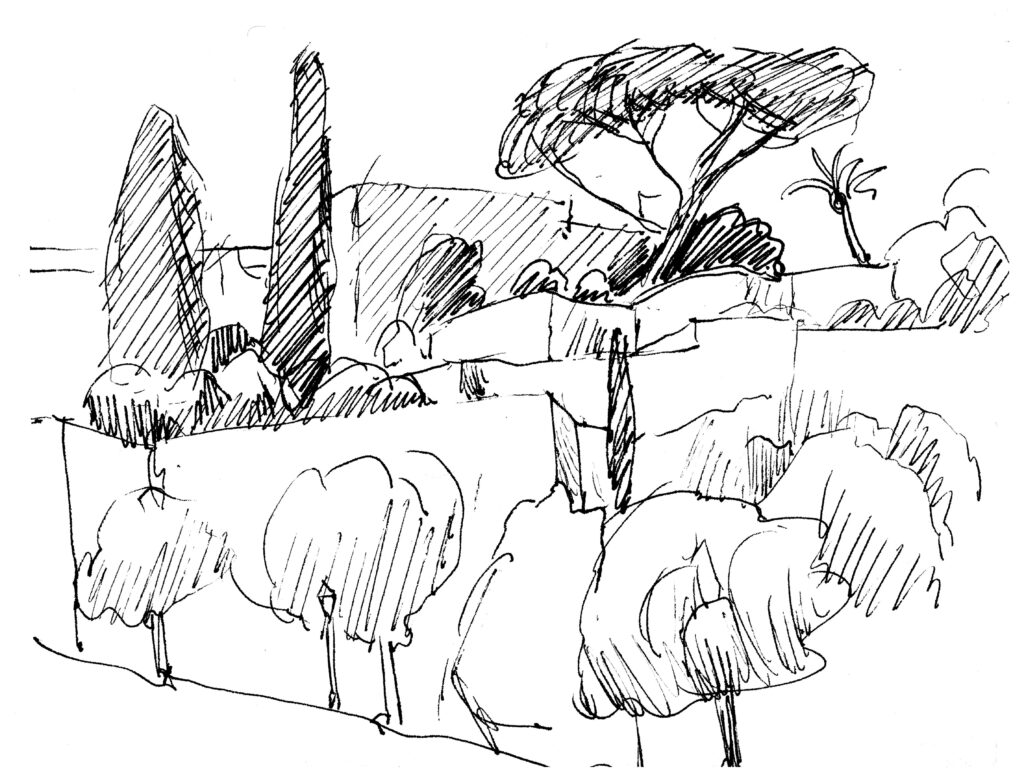
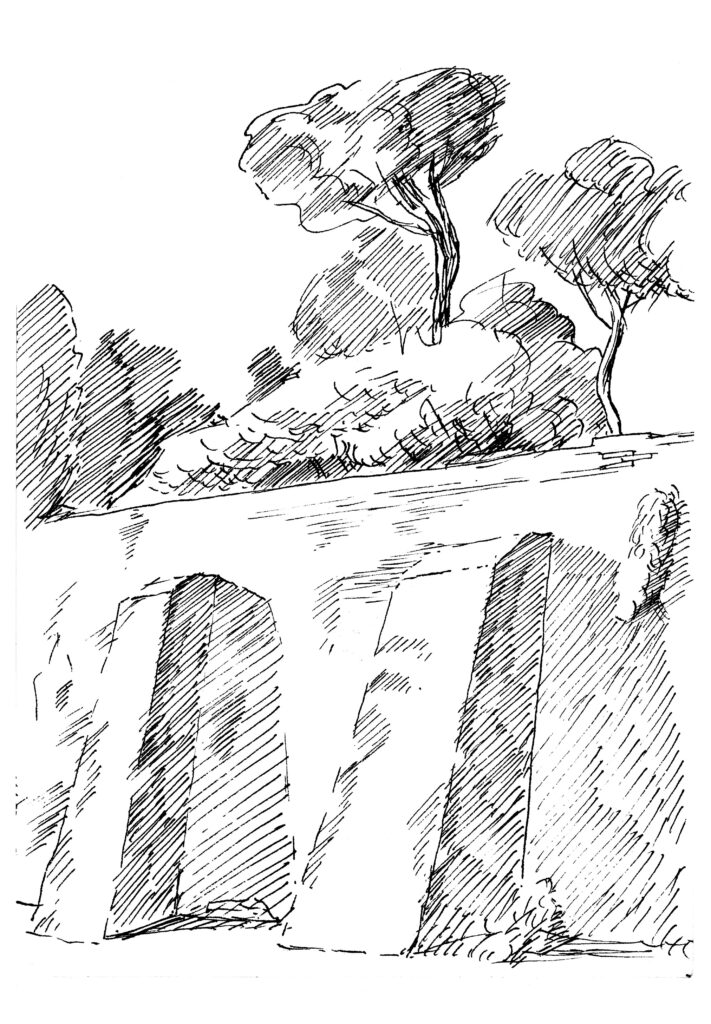
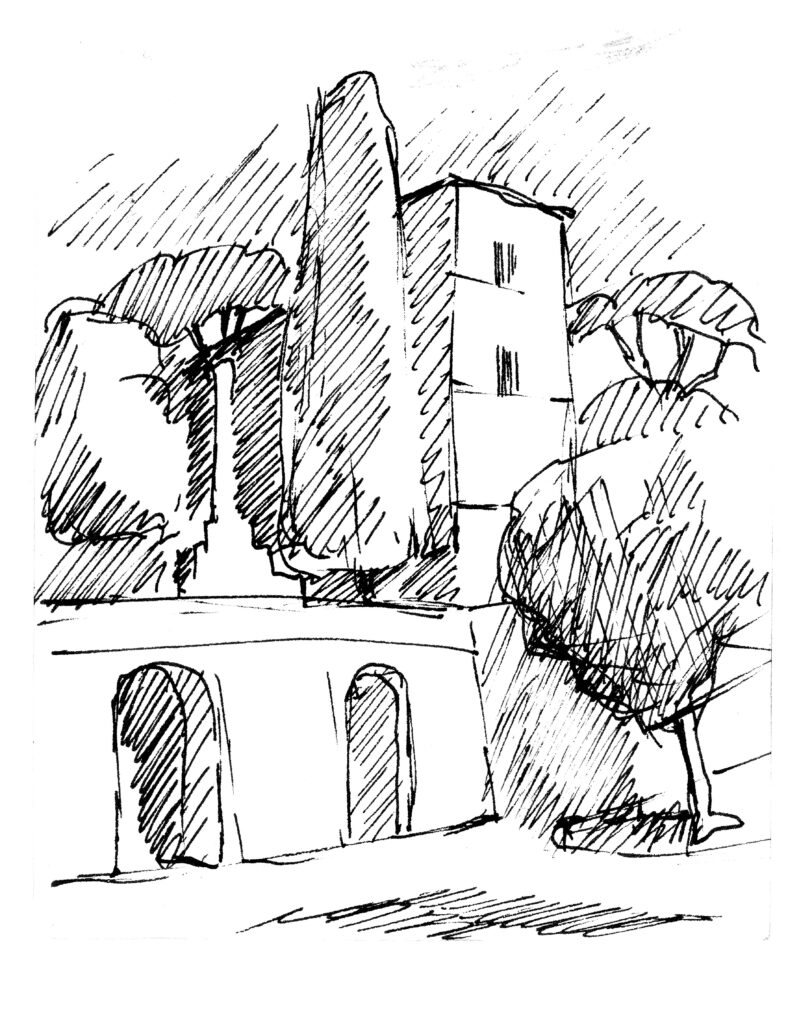
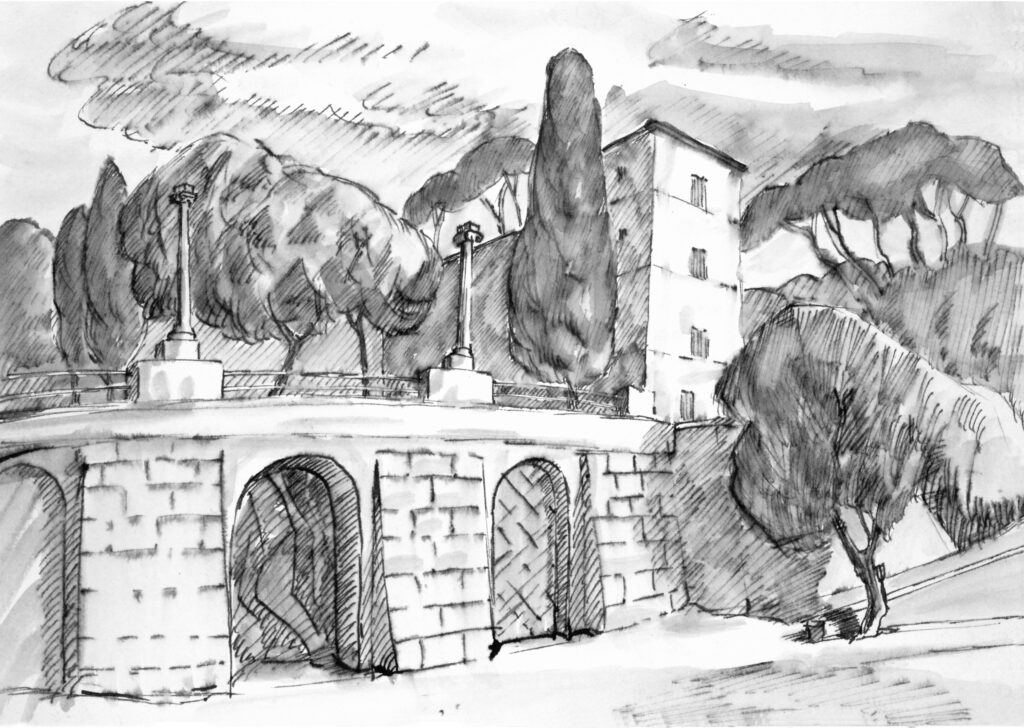
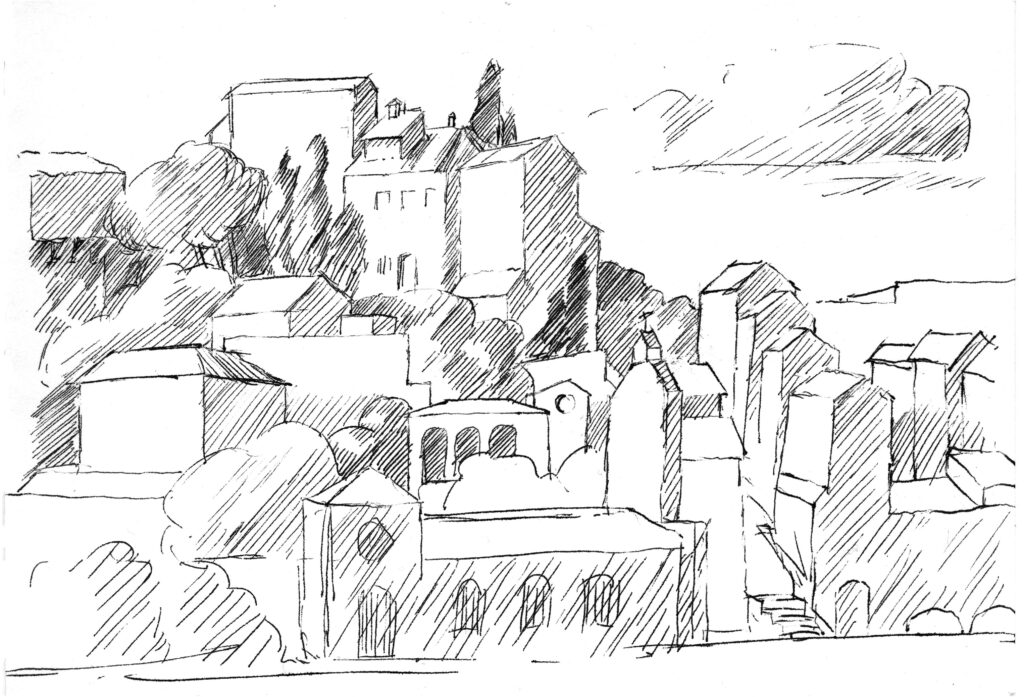
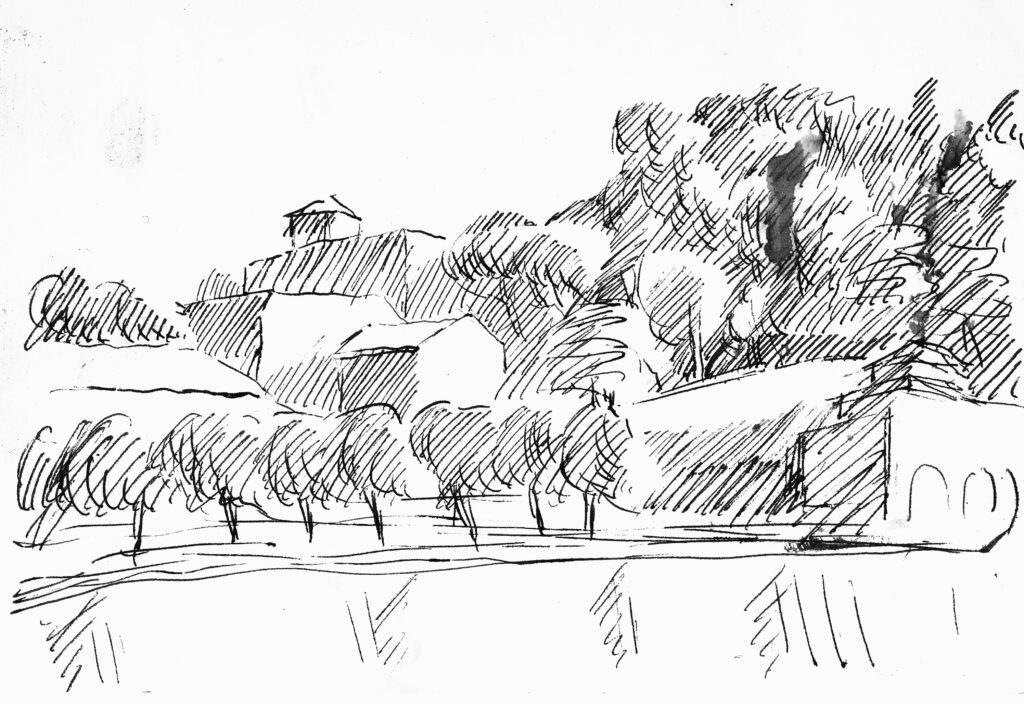
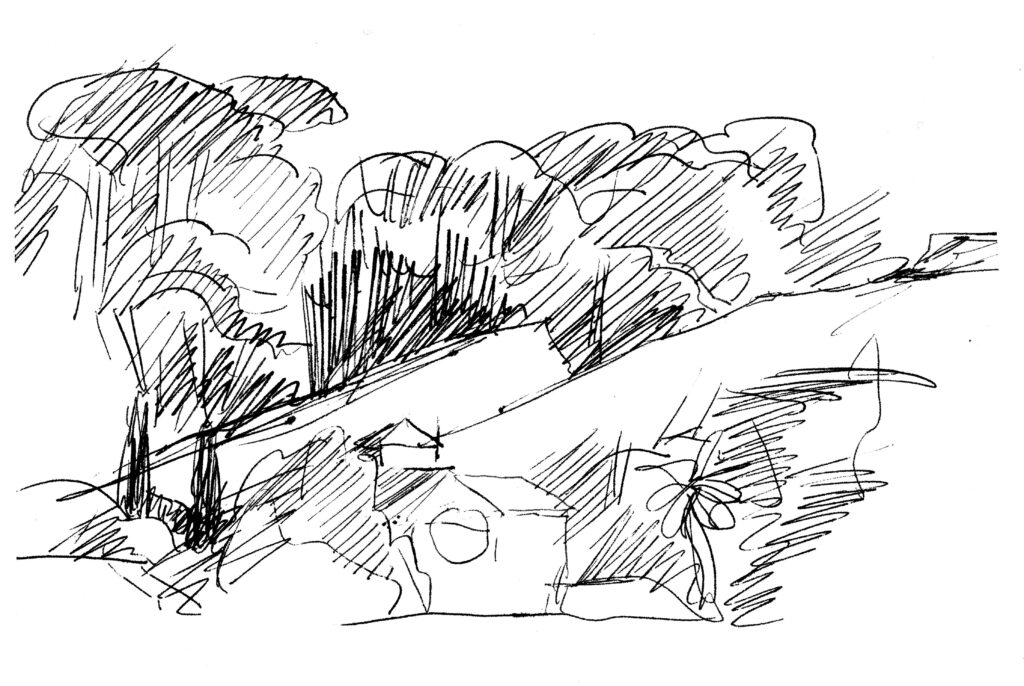
Views
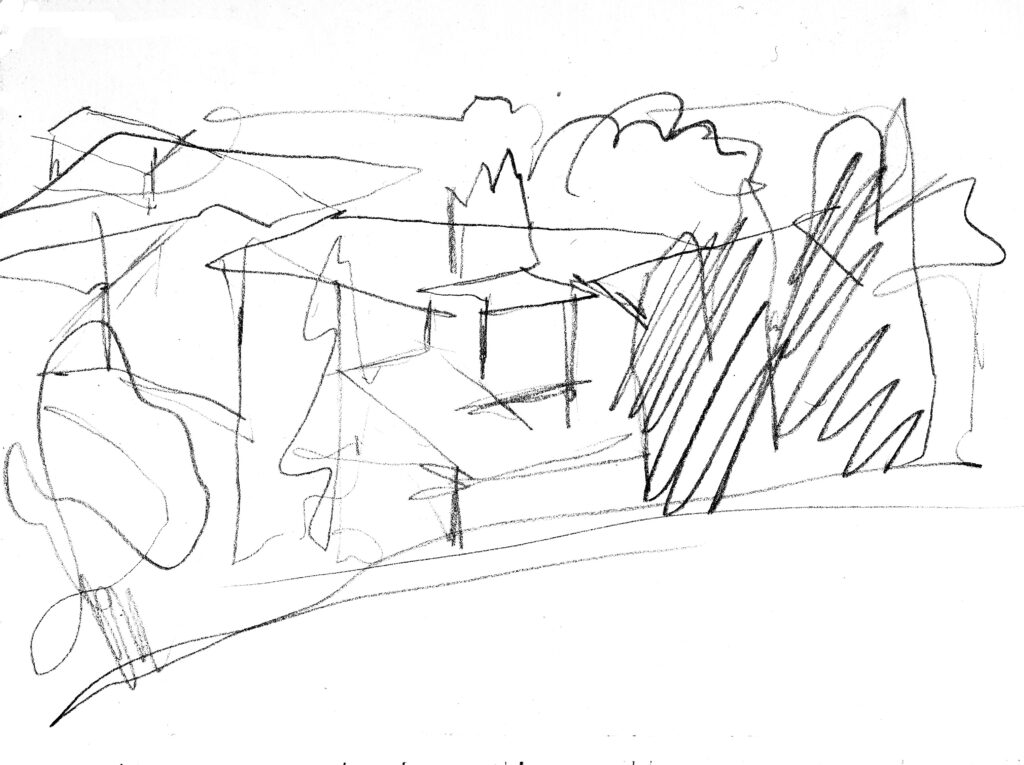
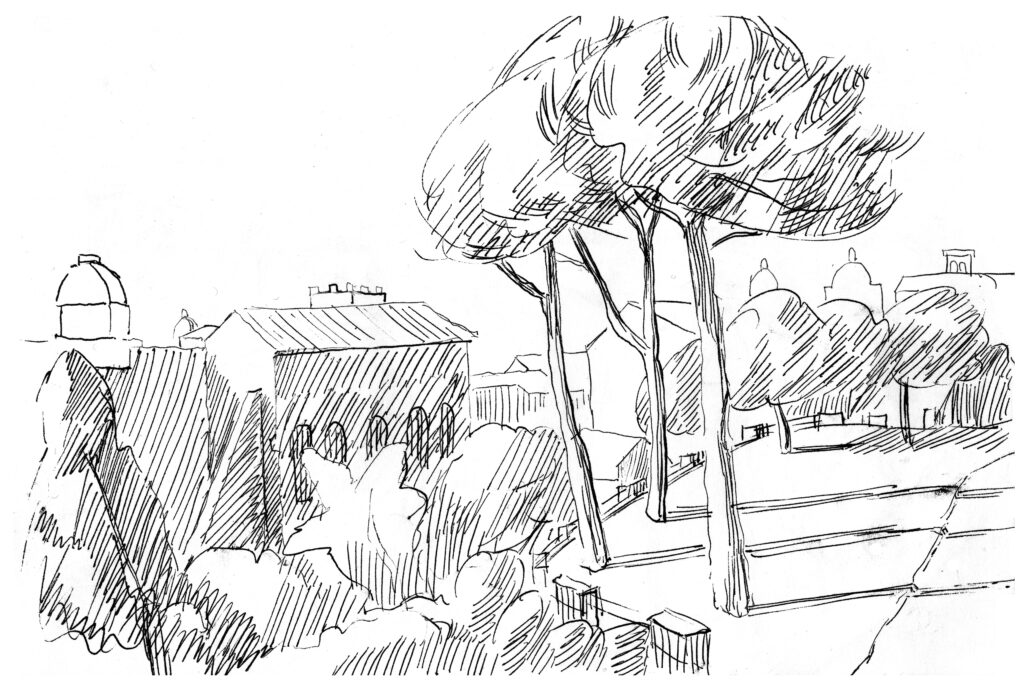
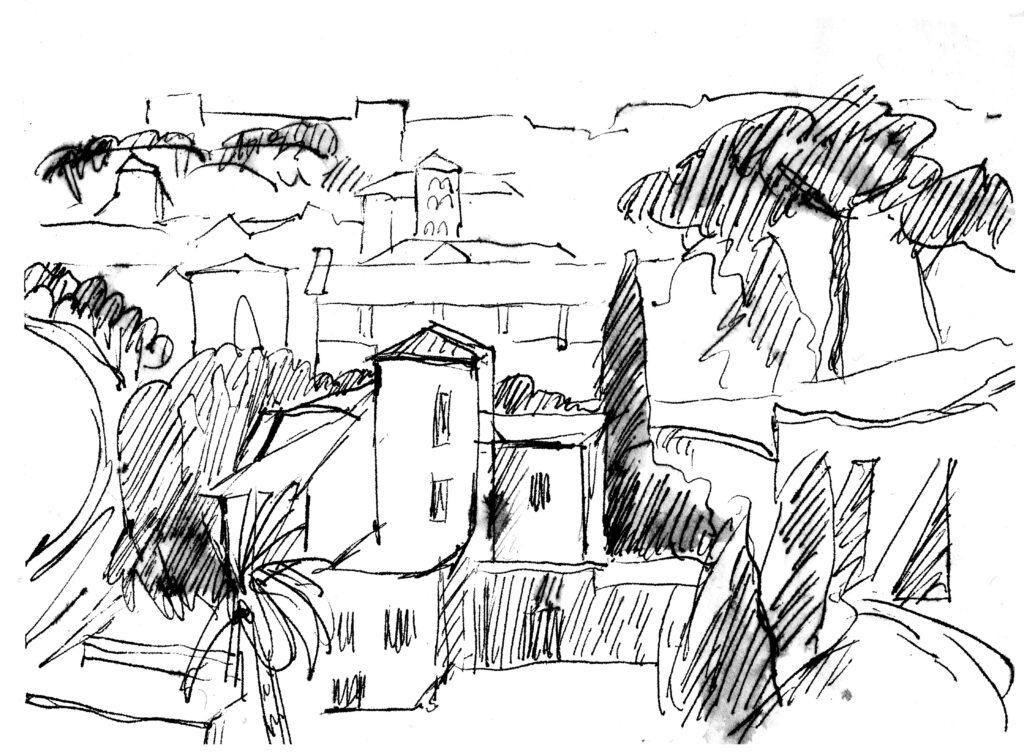
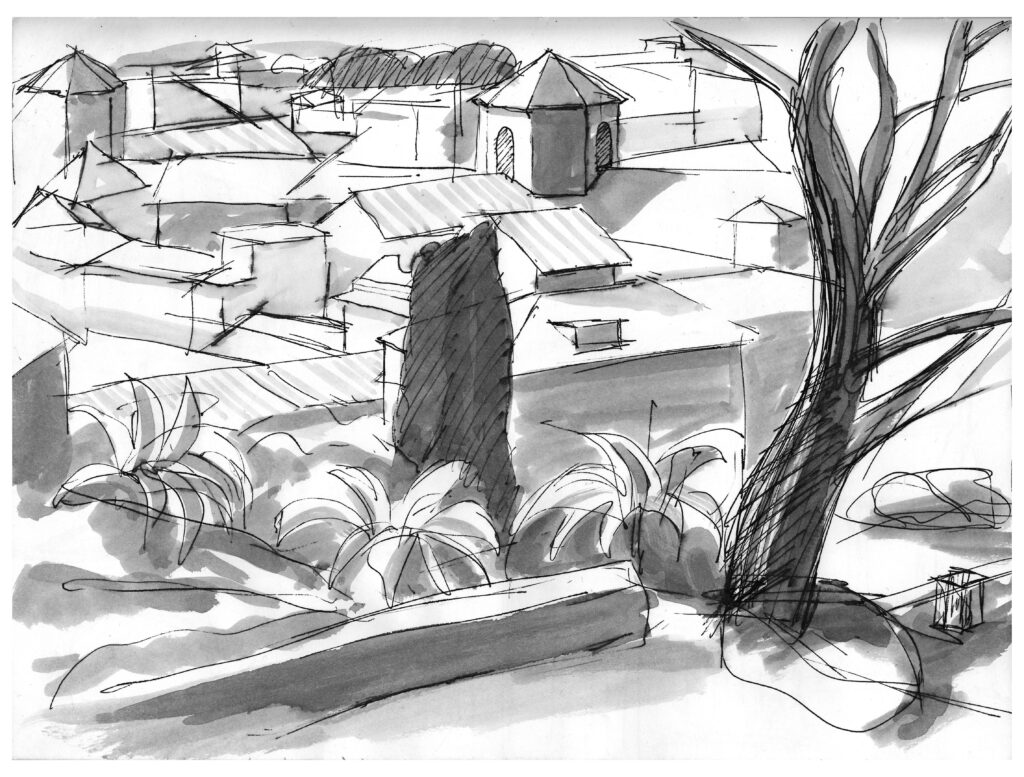
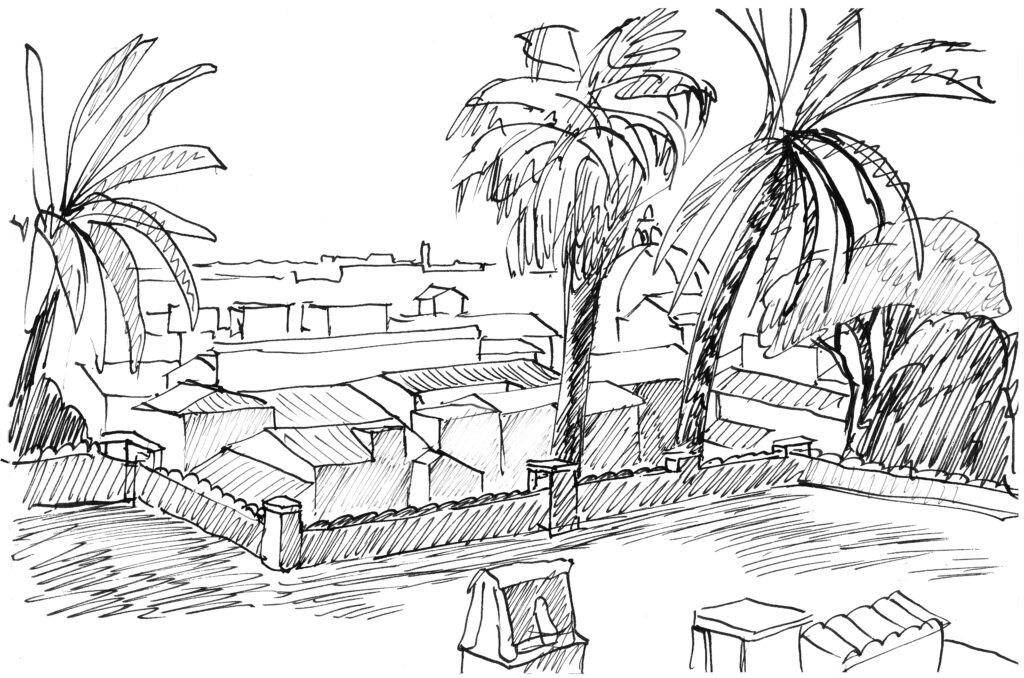
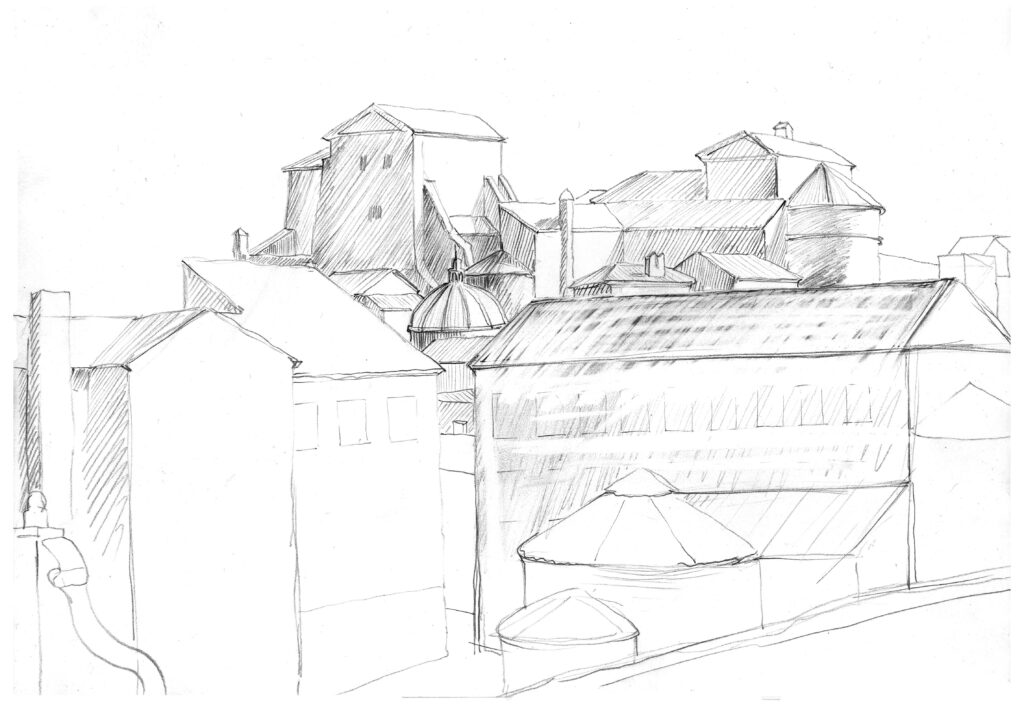
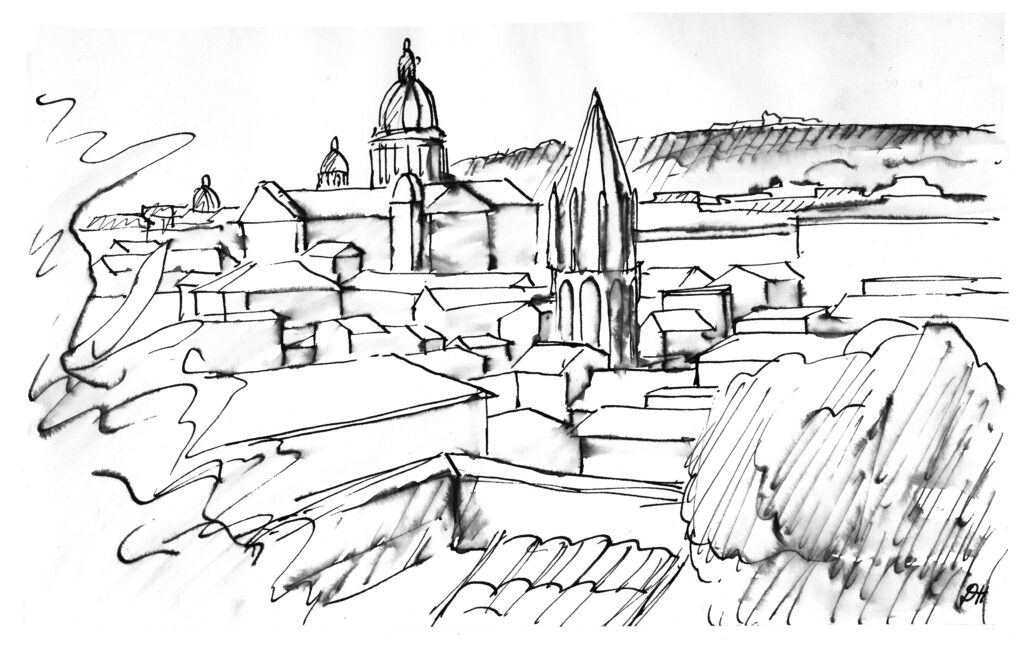
Foreground: All Saints’ Anglican Church
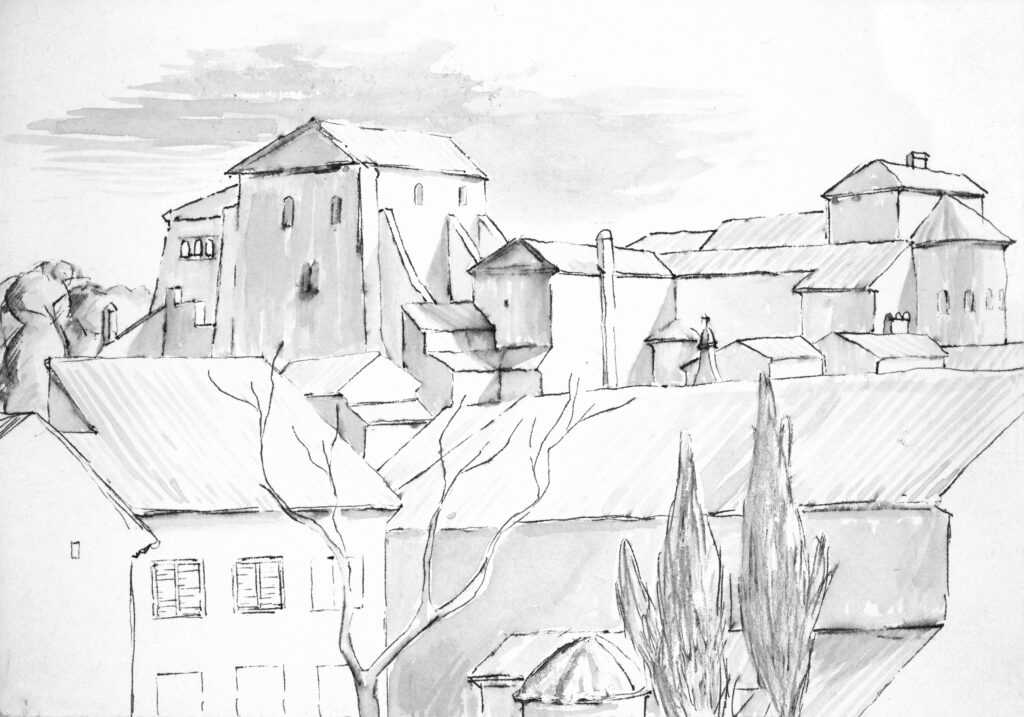
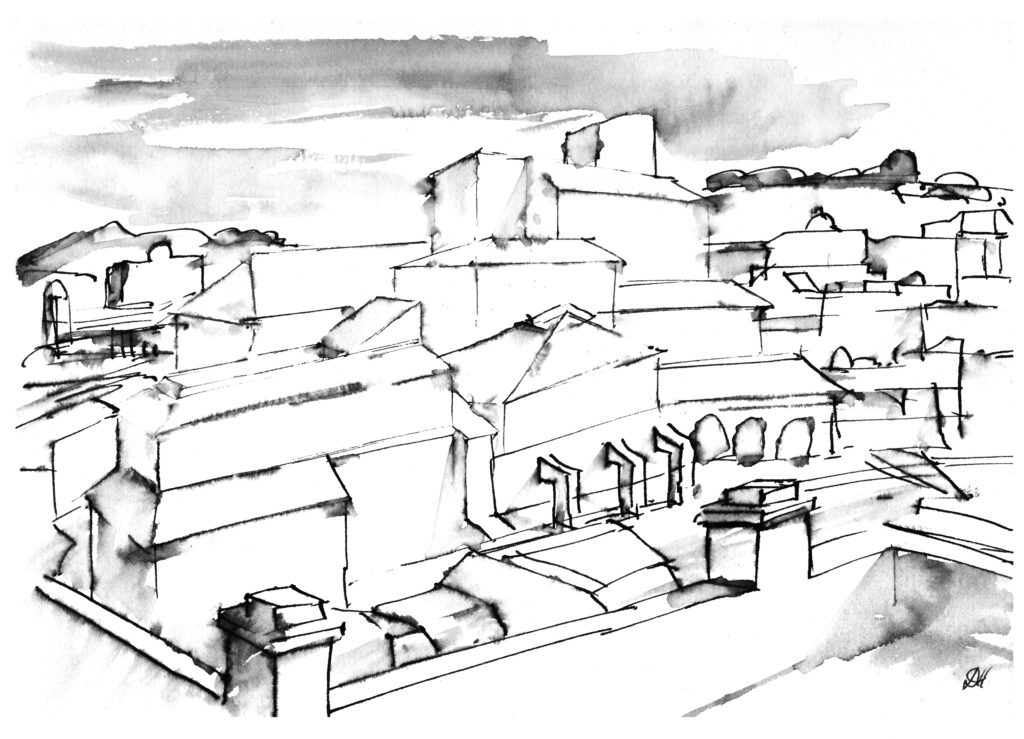
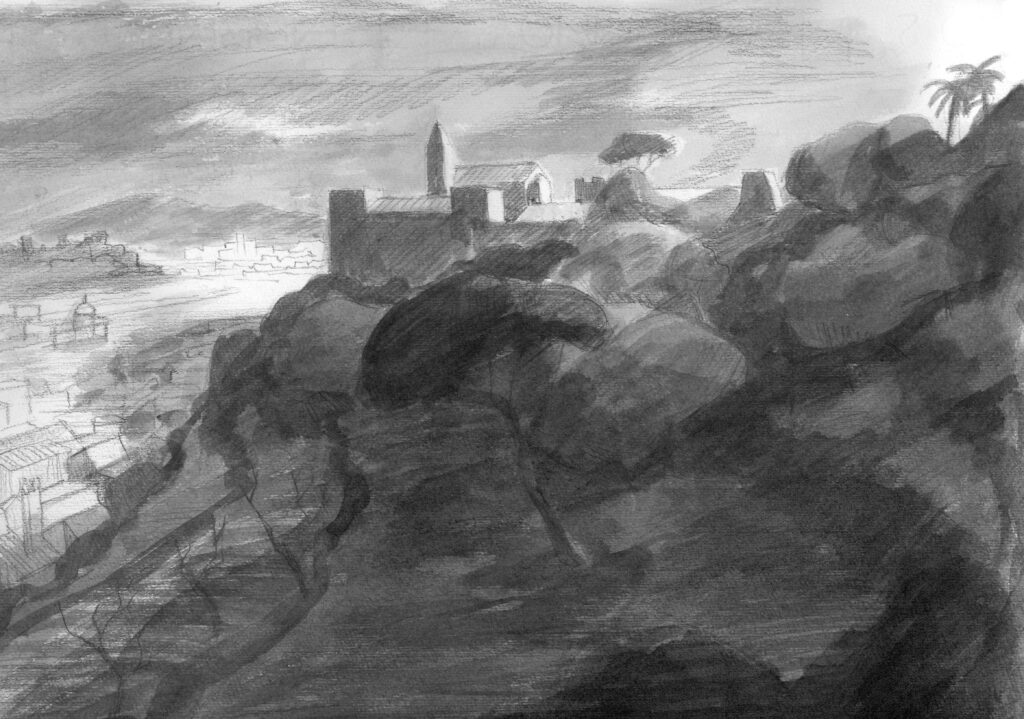
Streets and alleys
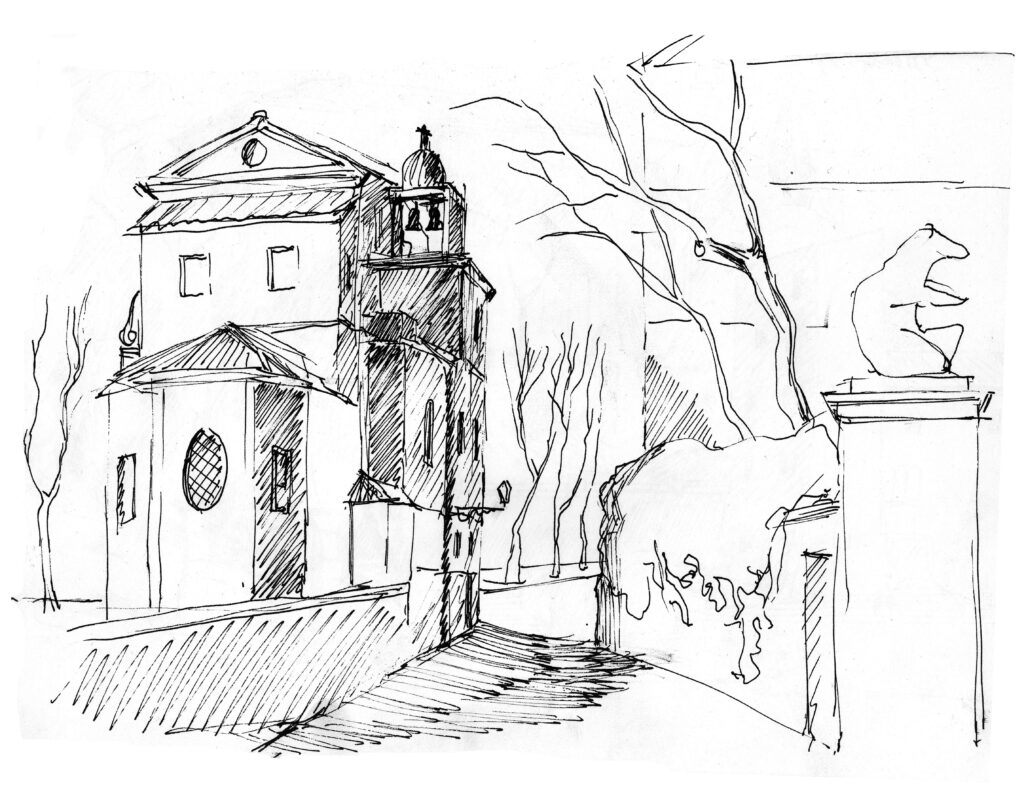
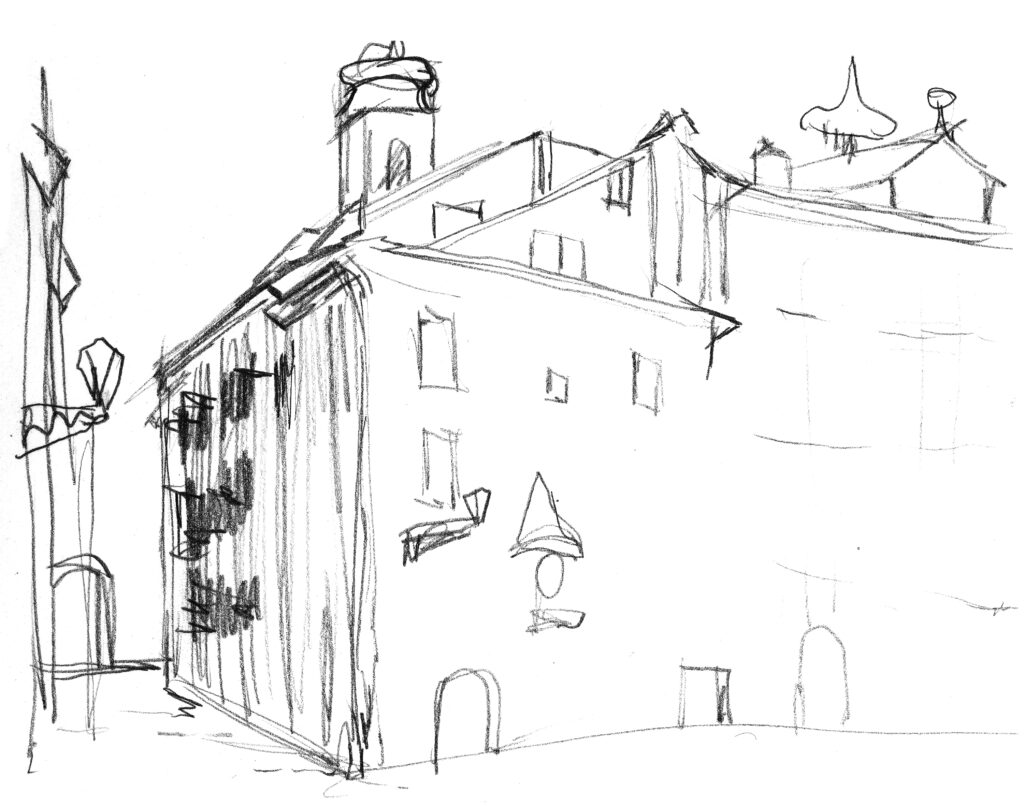
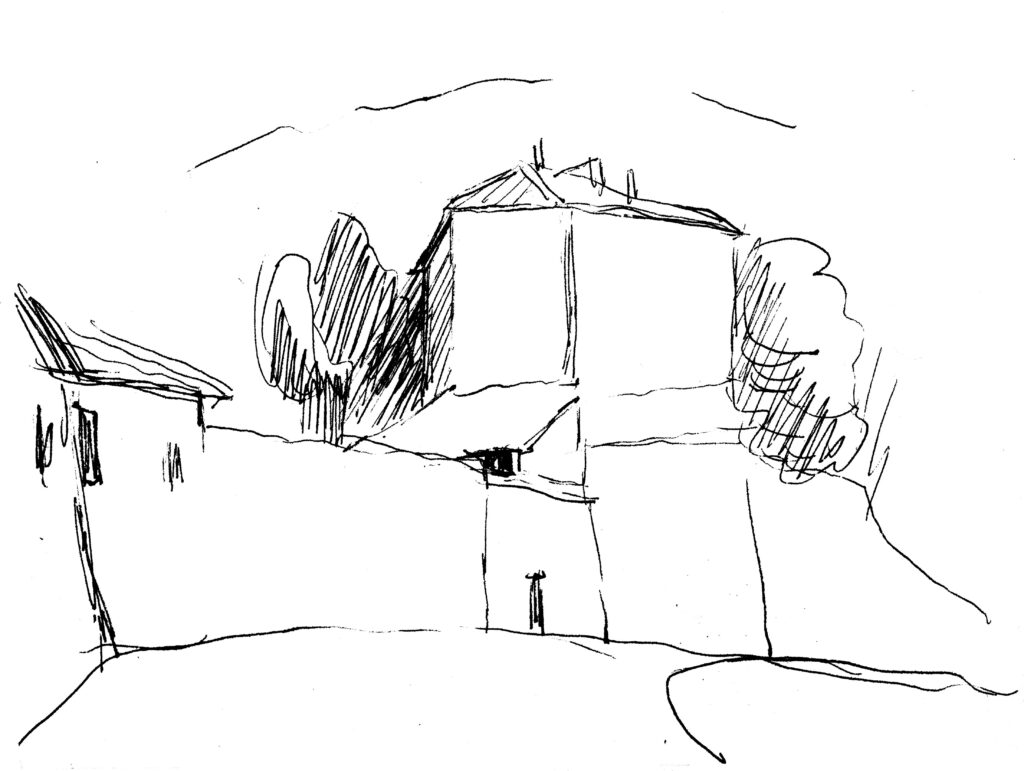
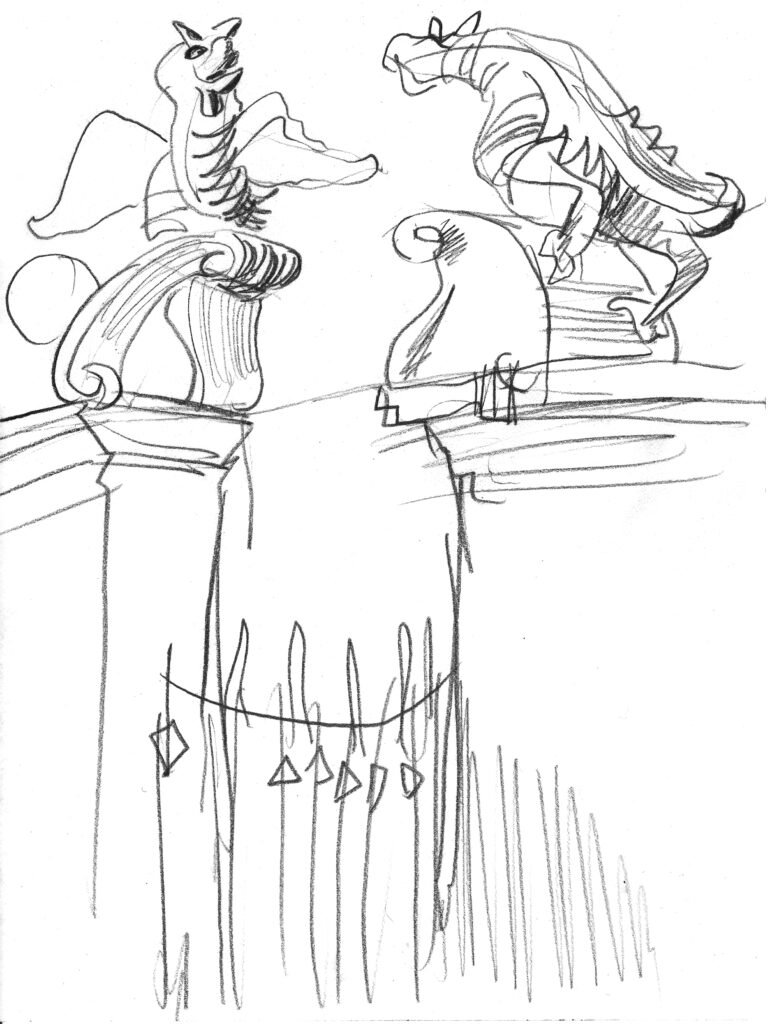
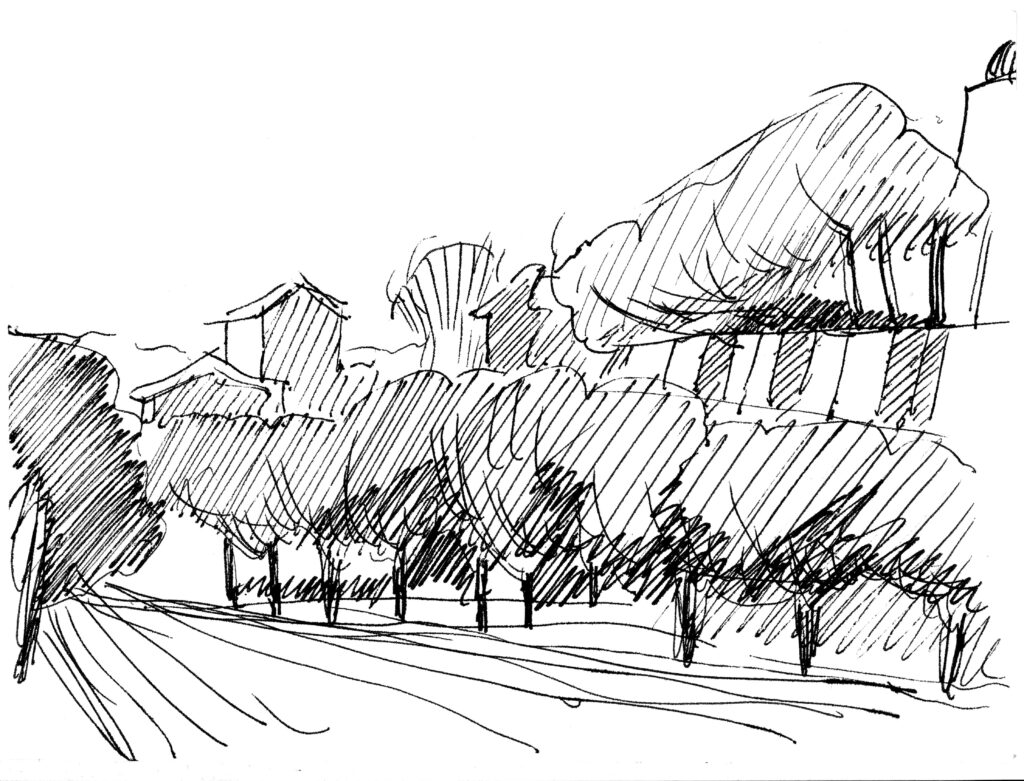
Churches & Sculptures
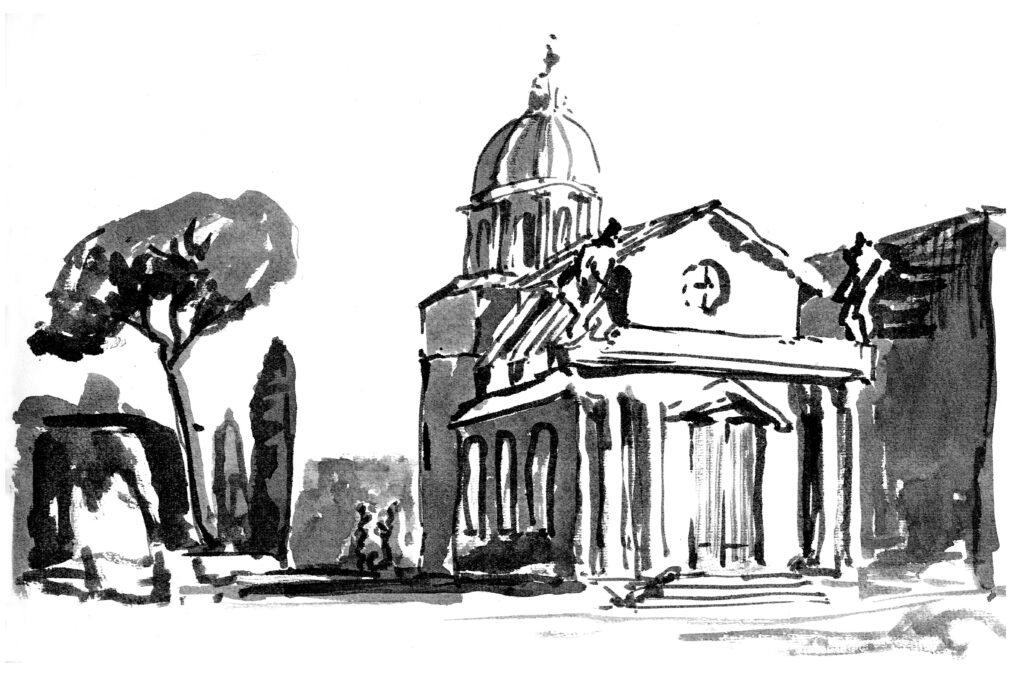

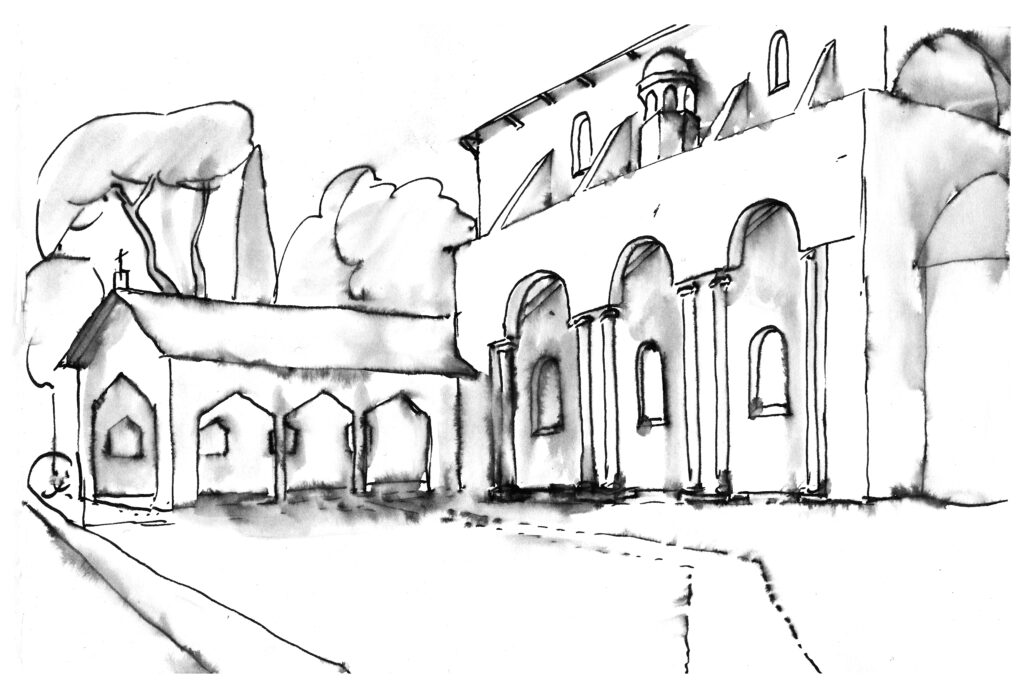
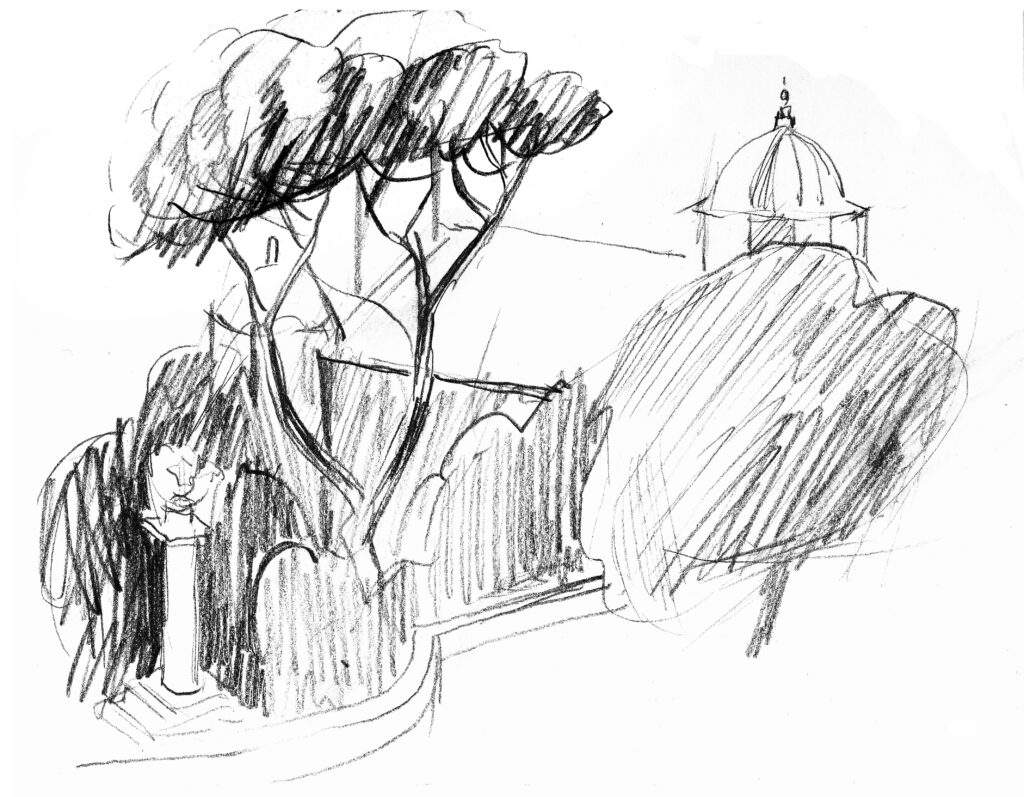
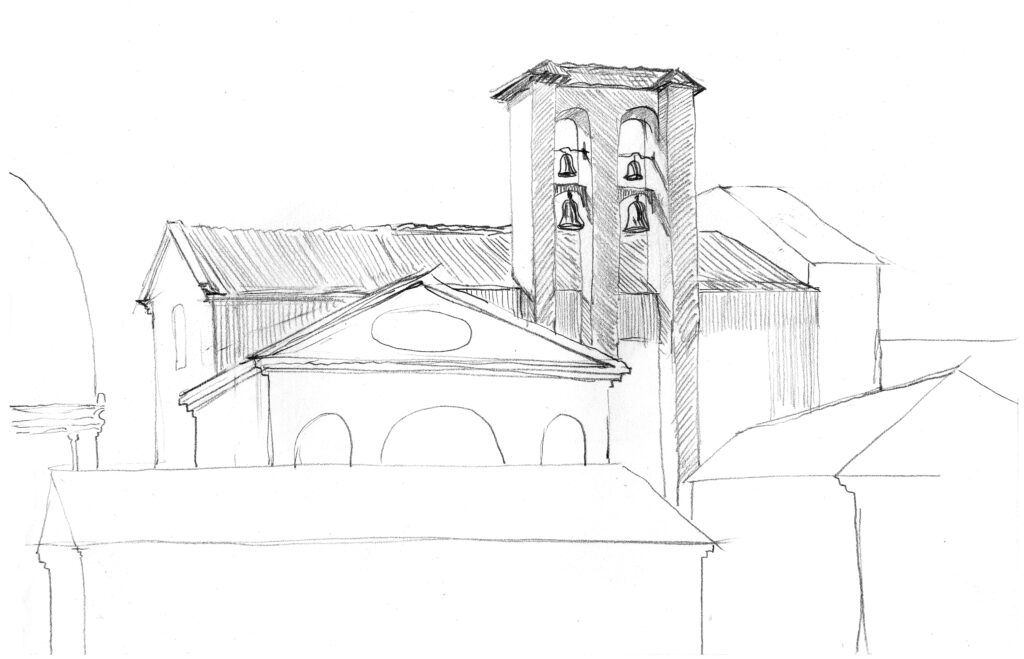
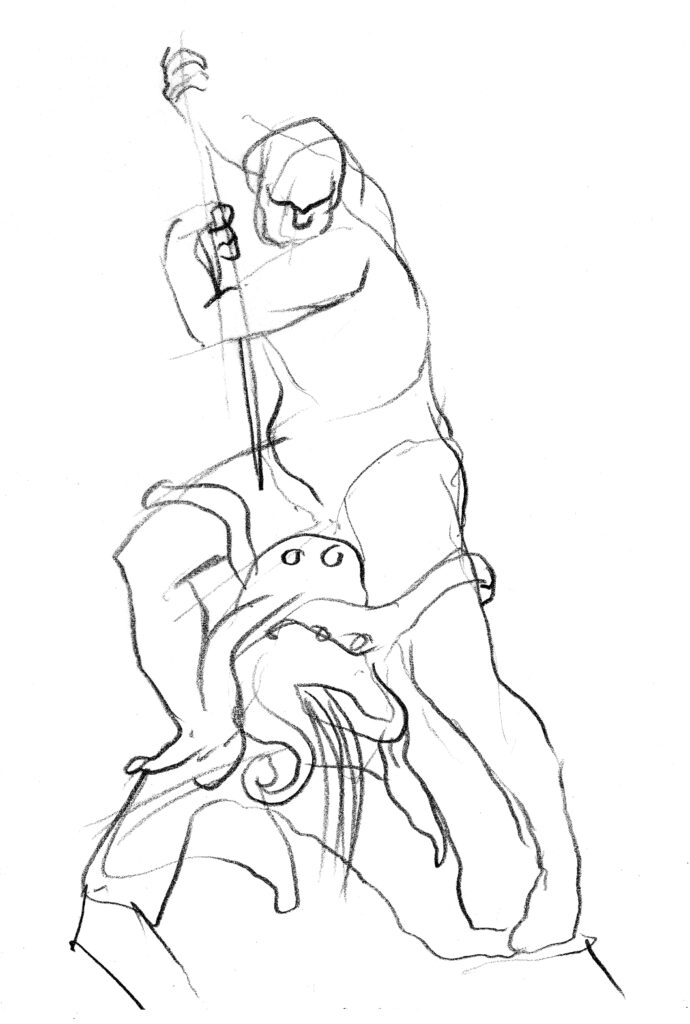
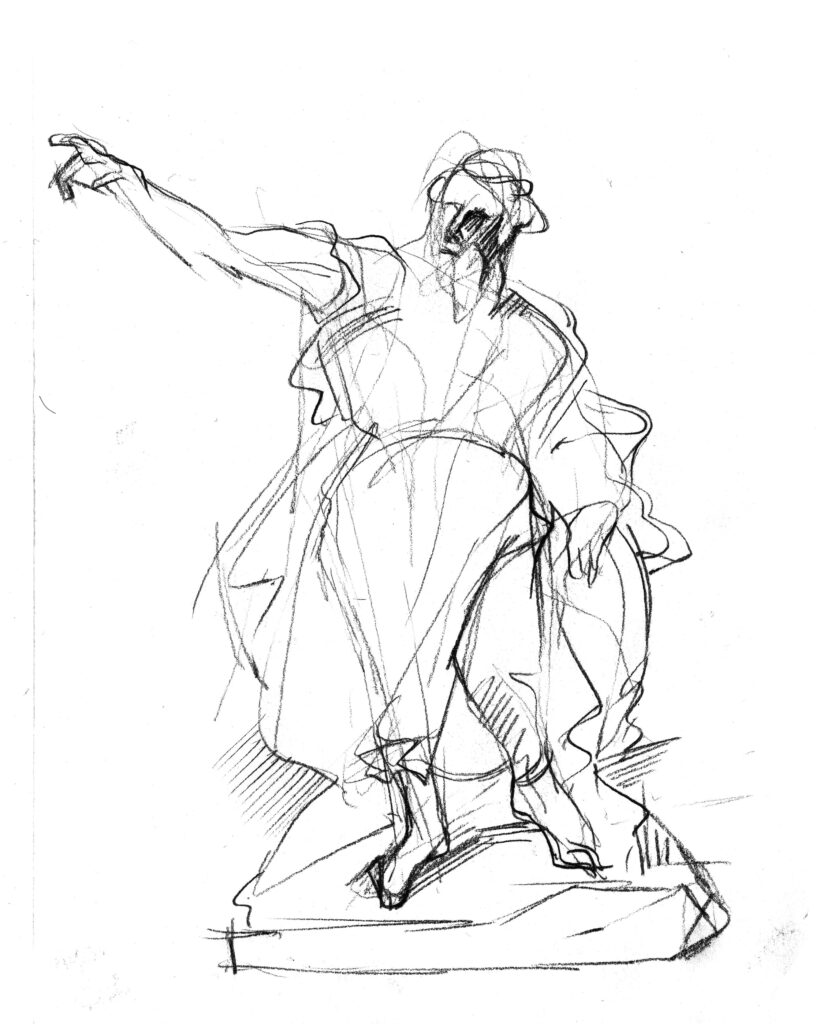
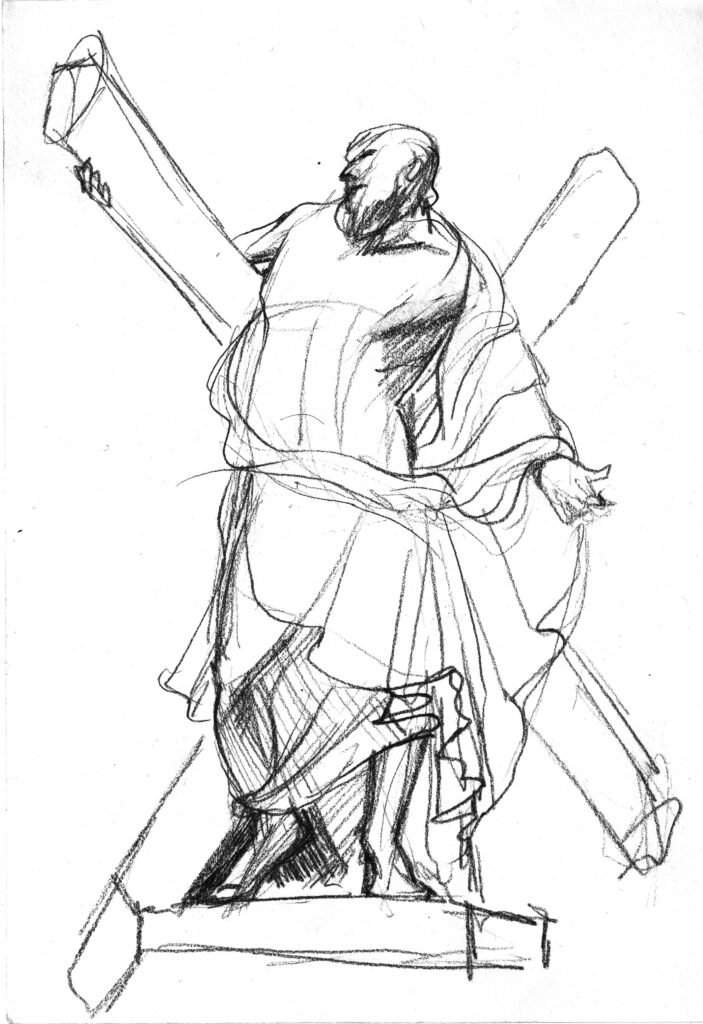
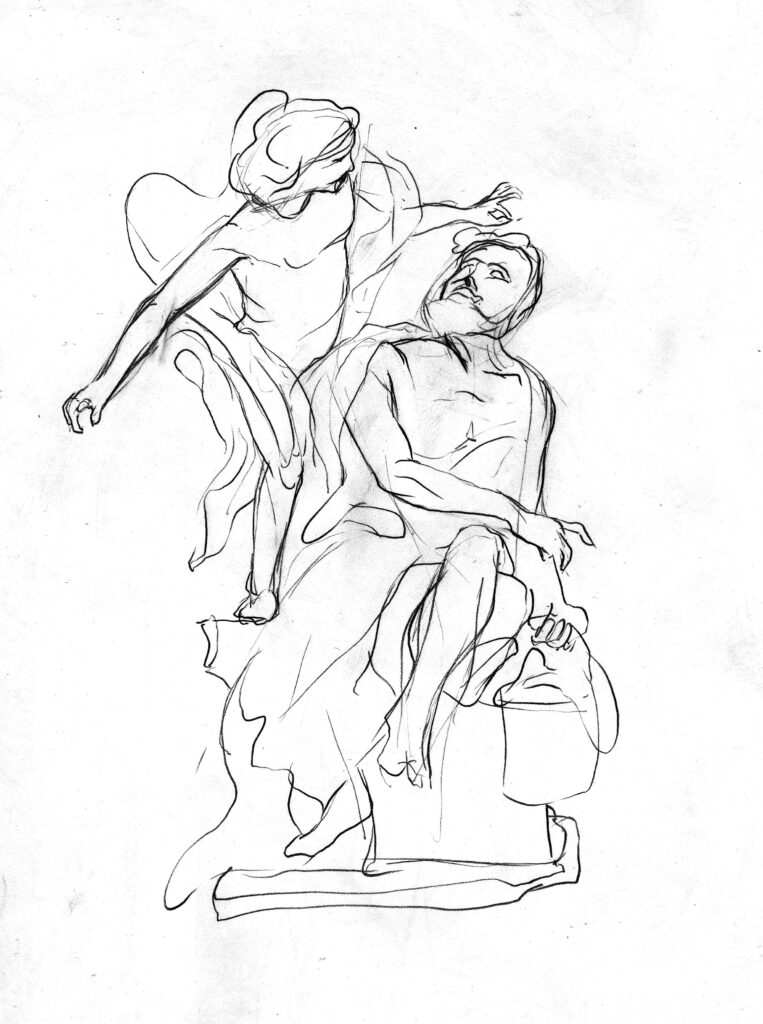
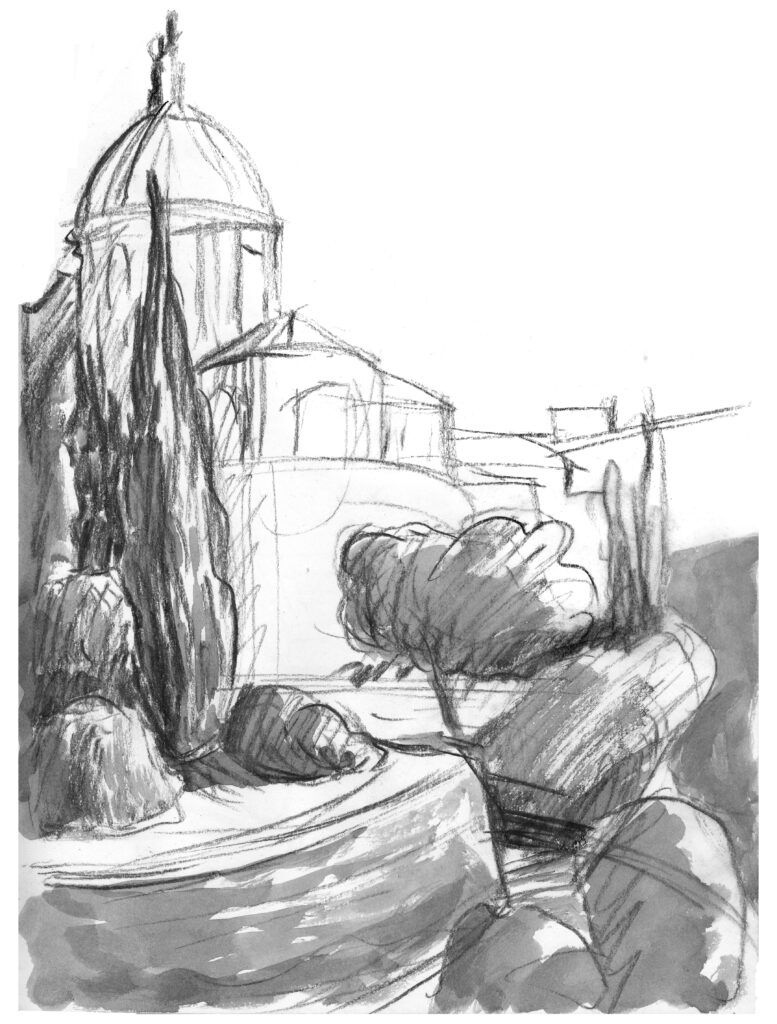
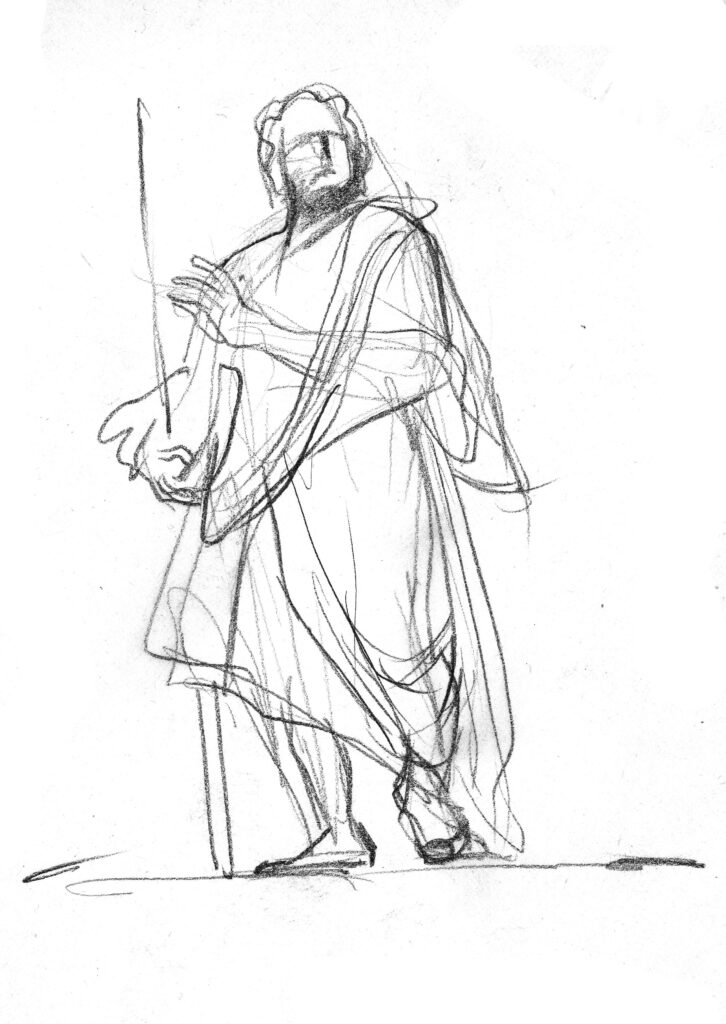
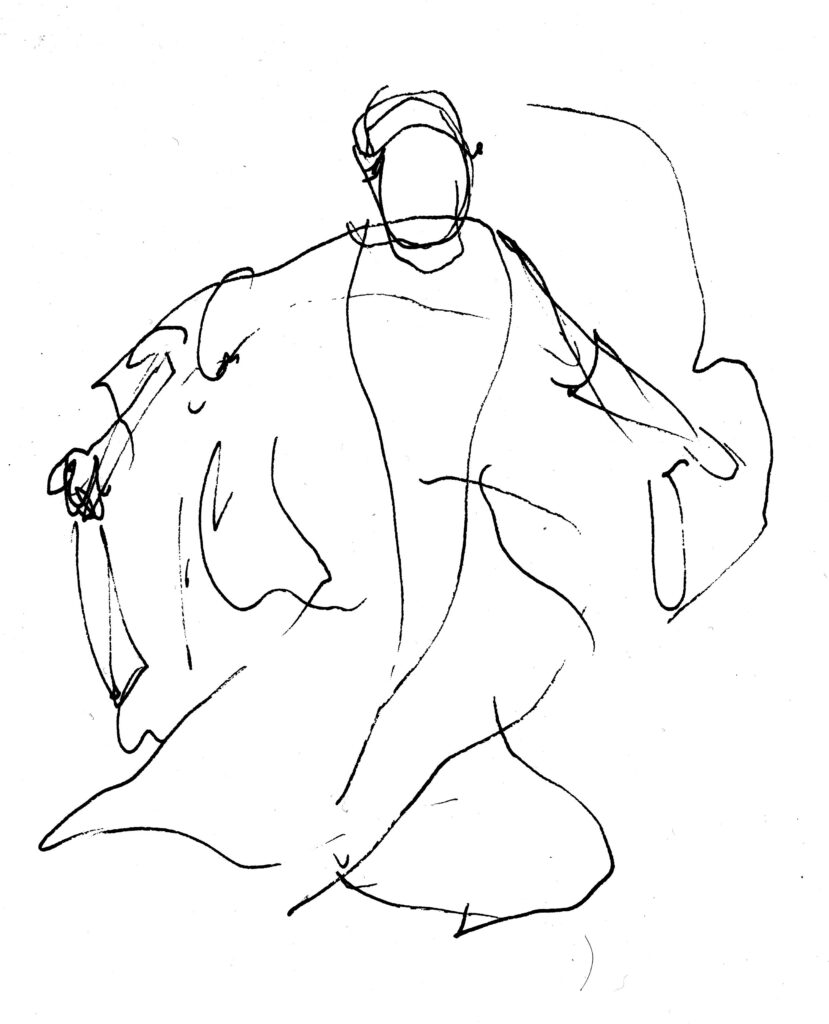
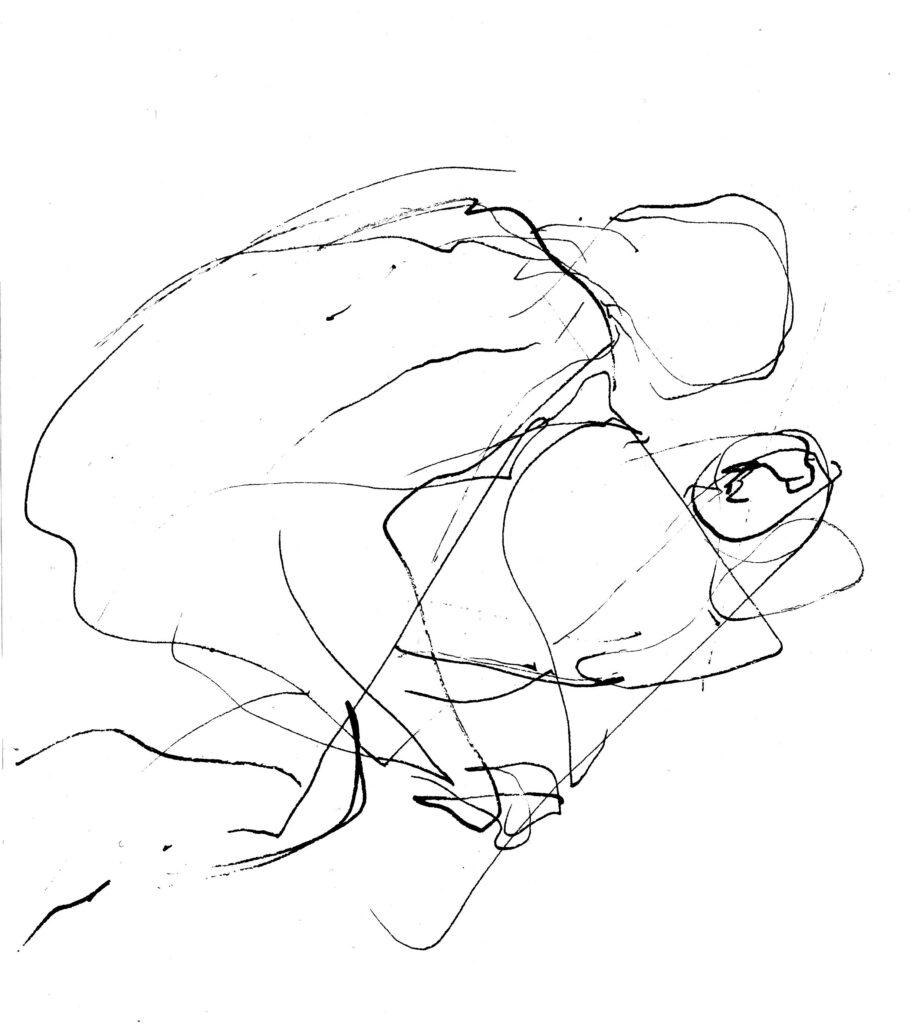
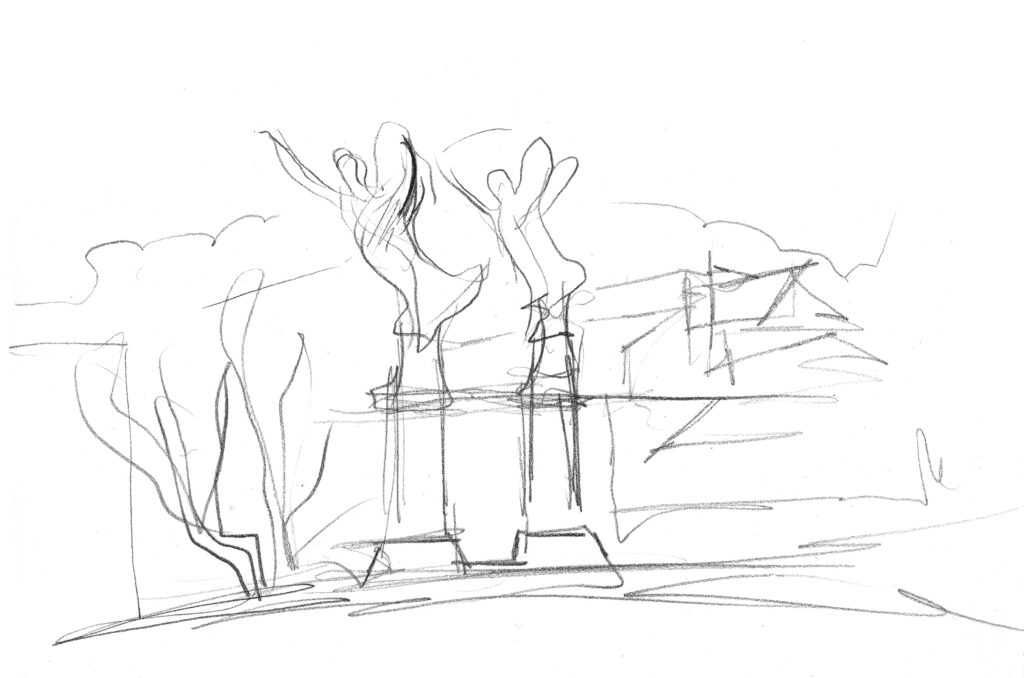
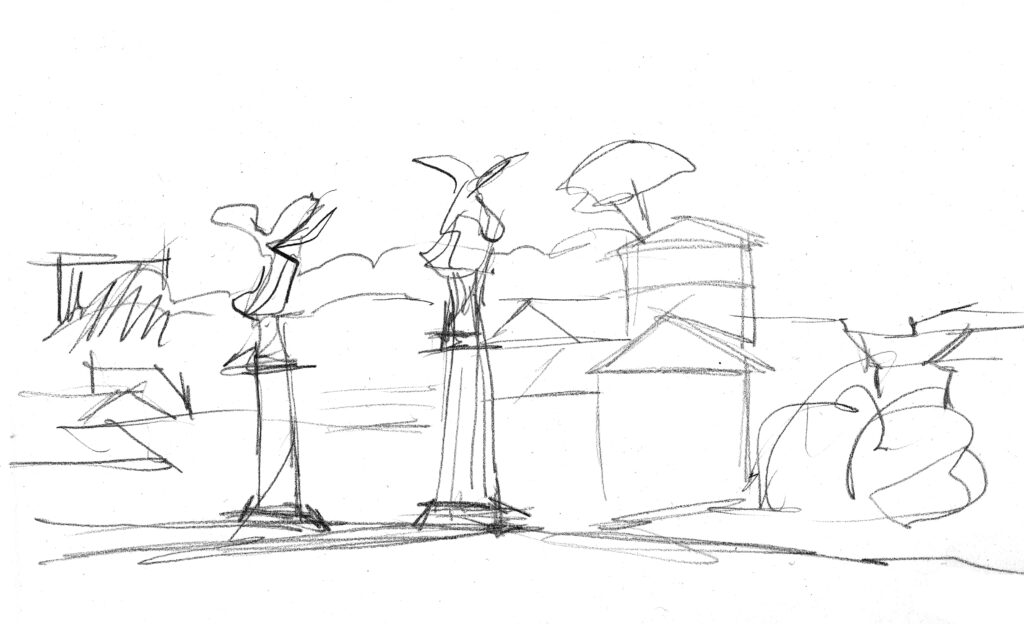
Gardens and parks
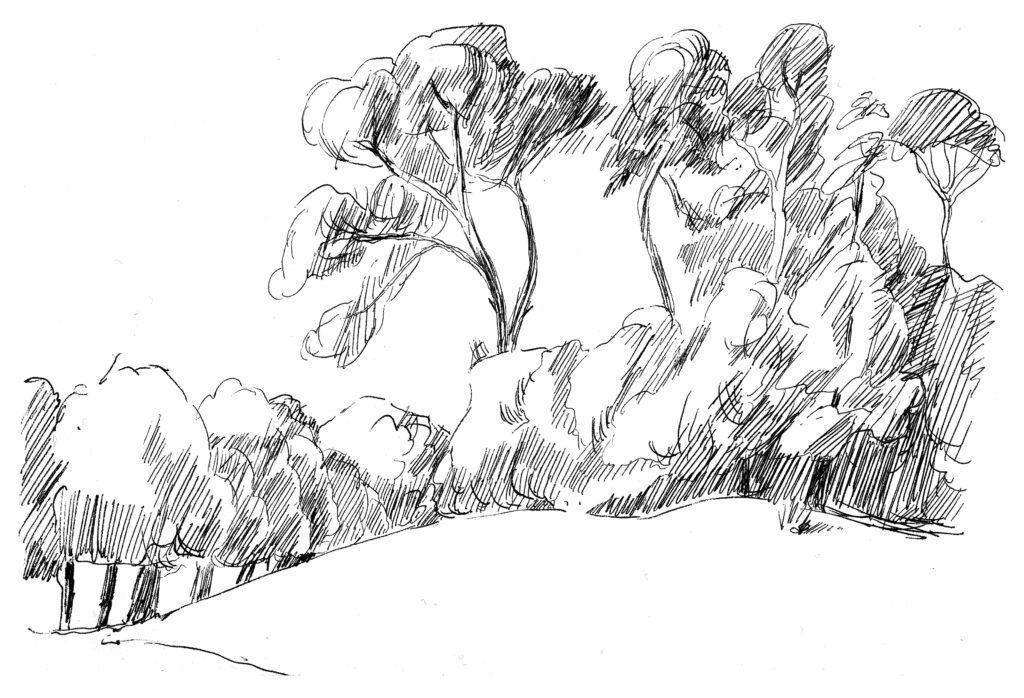
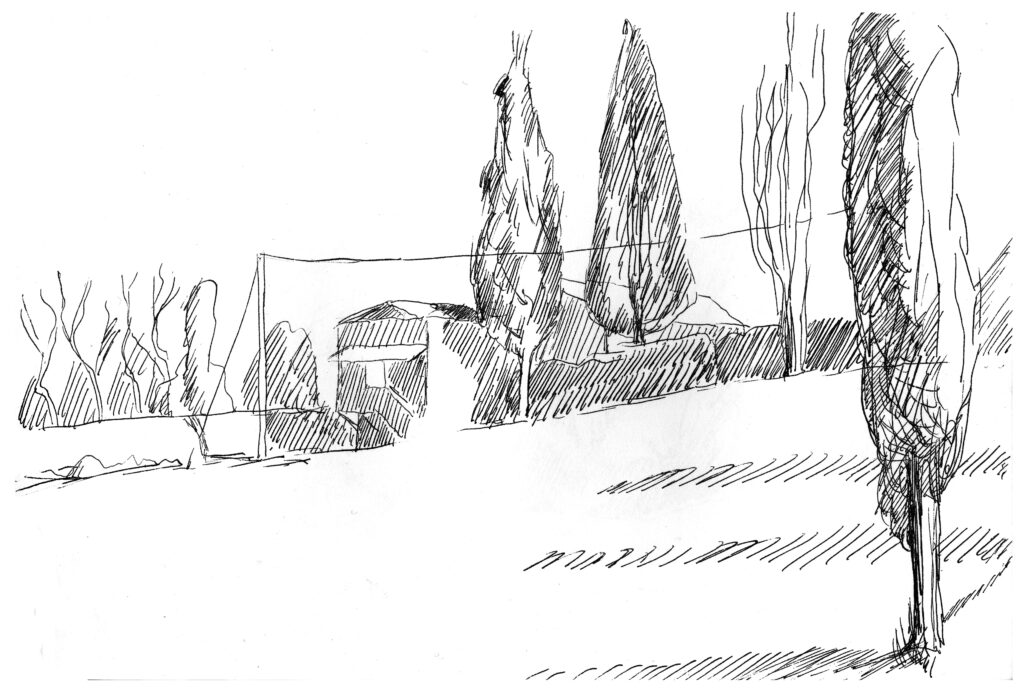
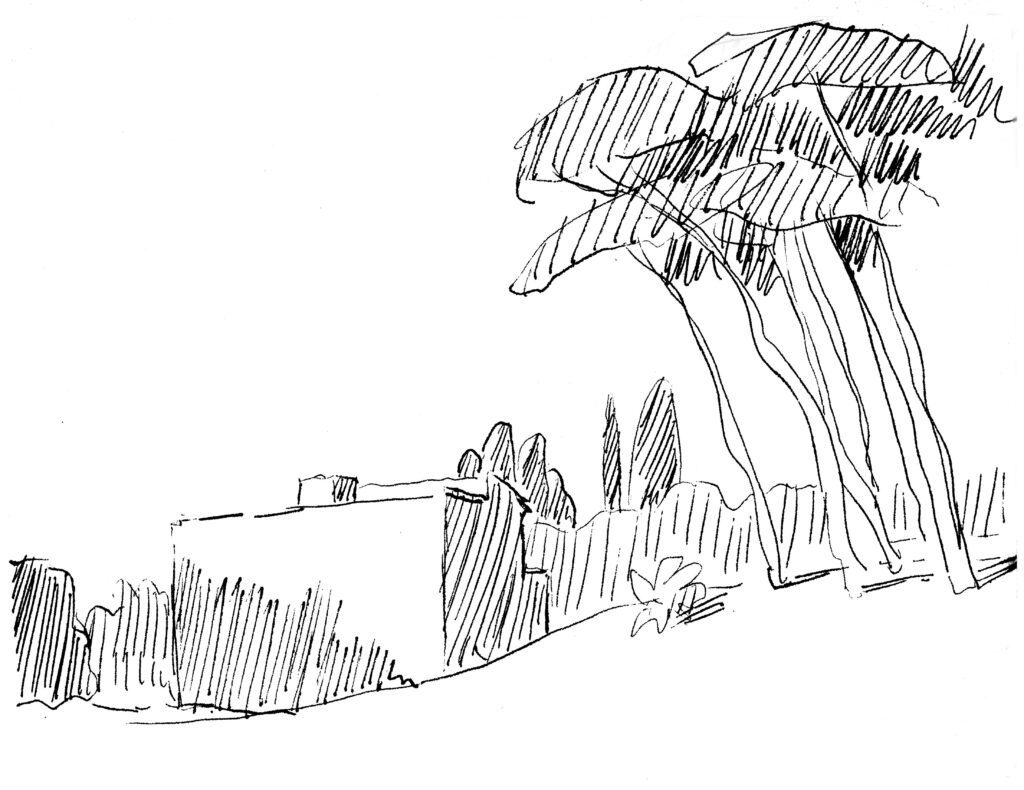
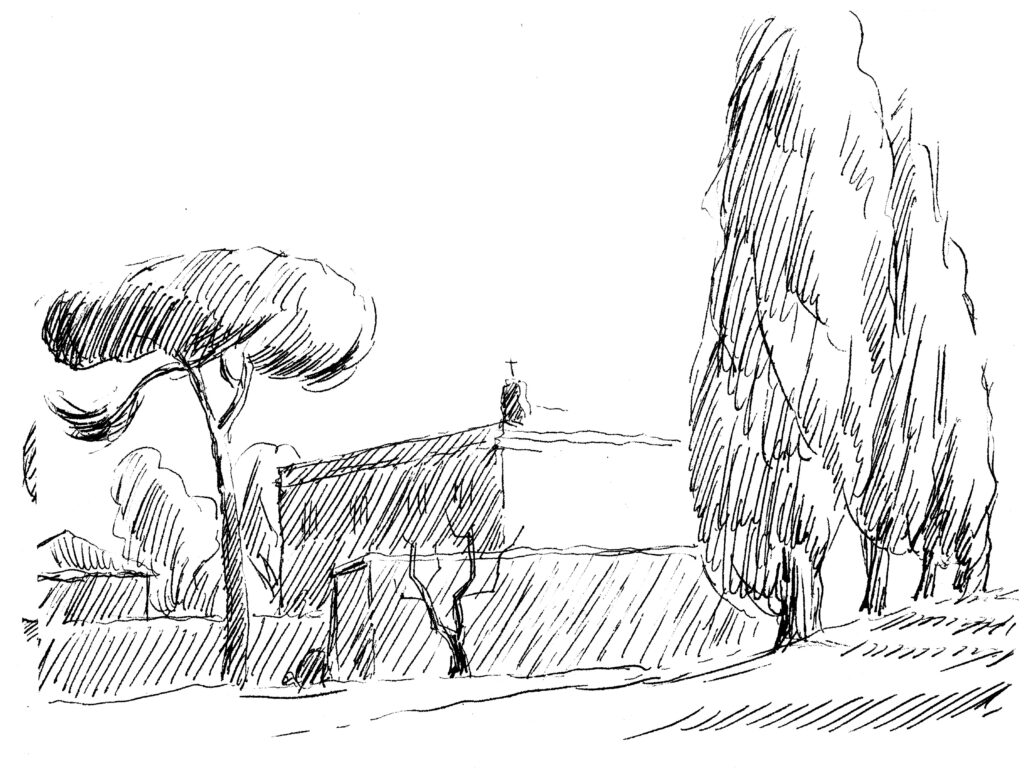
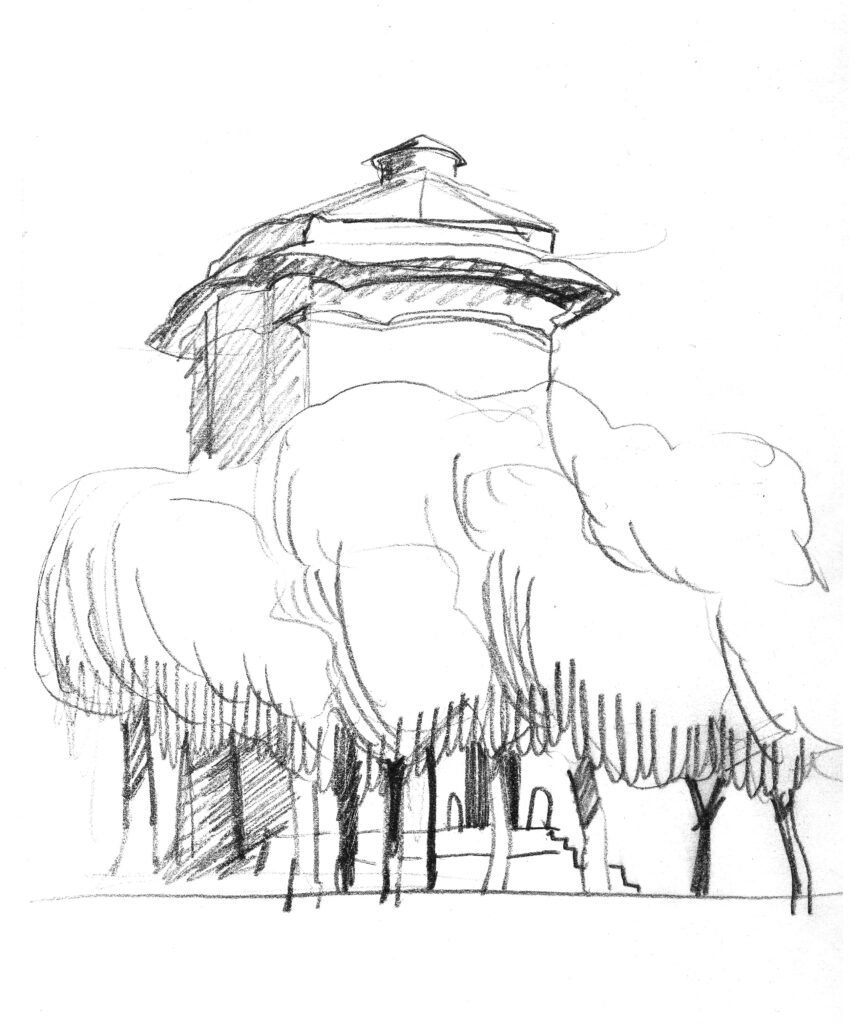
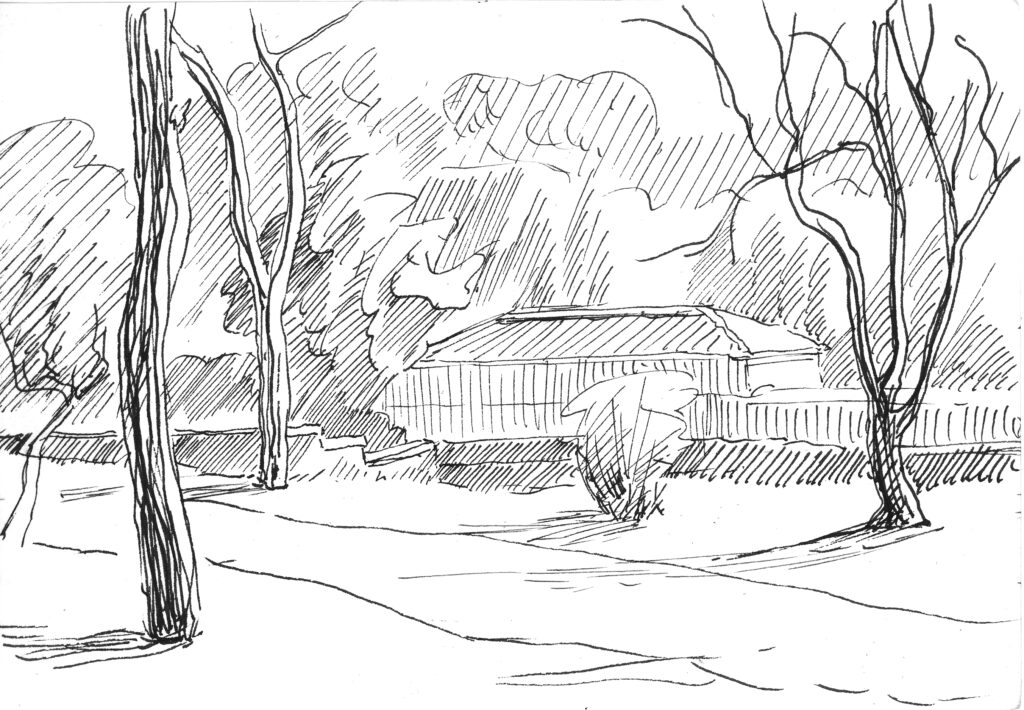
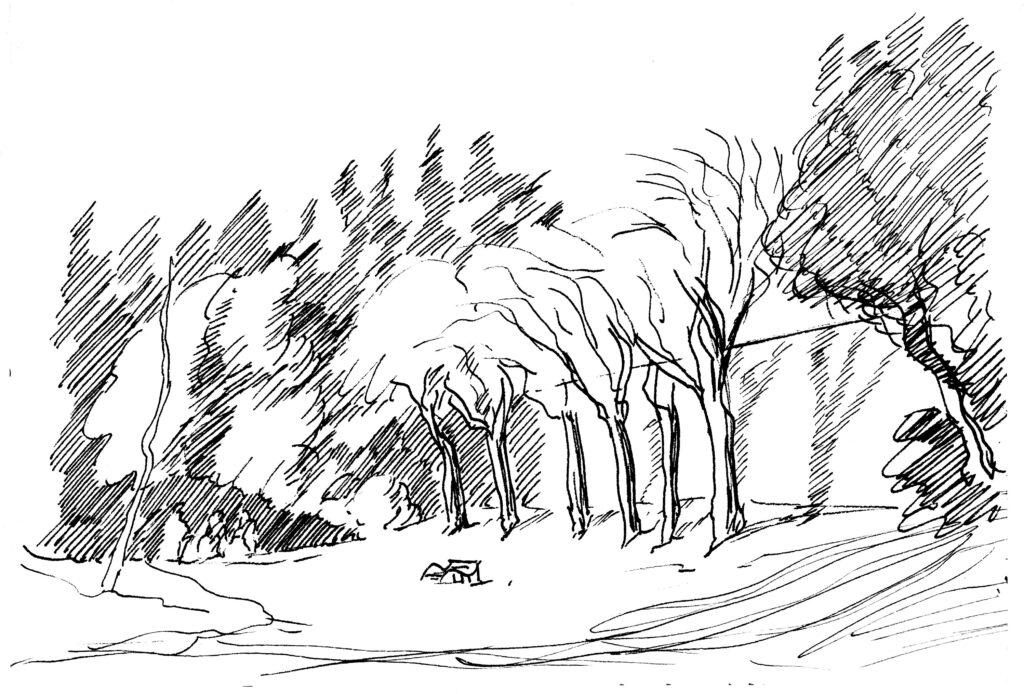
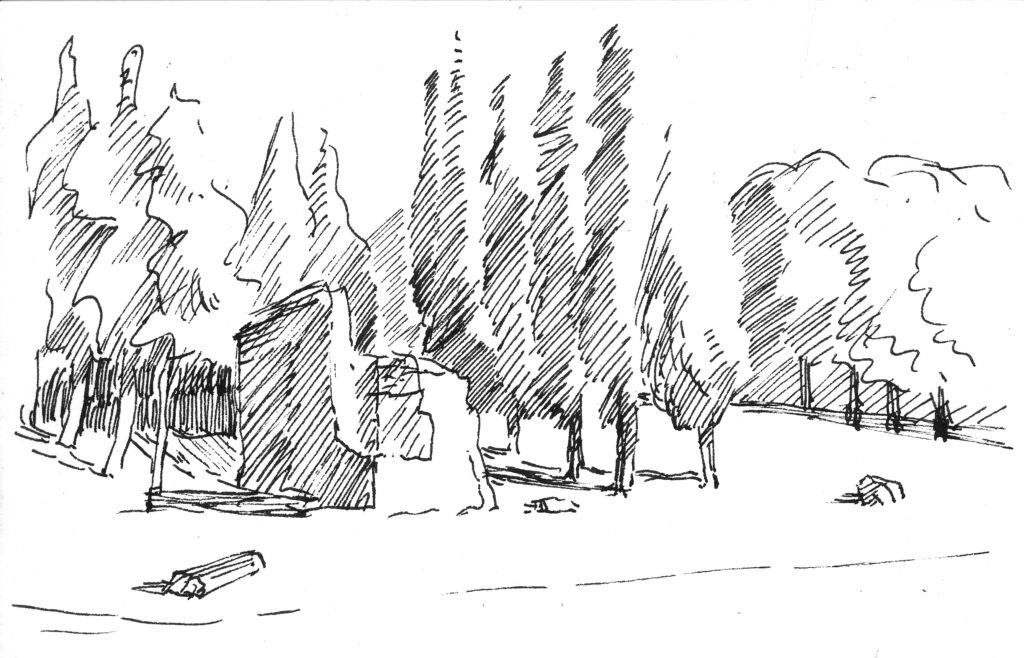
Italian dreams
The following drawings cannot be identified with real places but have been inspired by them and are the result of all drawing in Italy. They are made afterwards upon returning home.
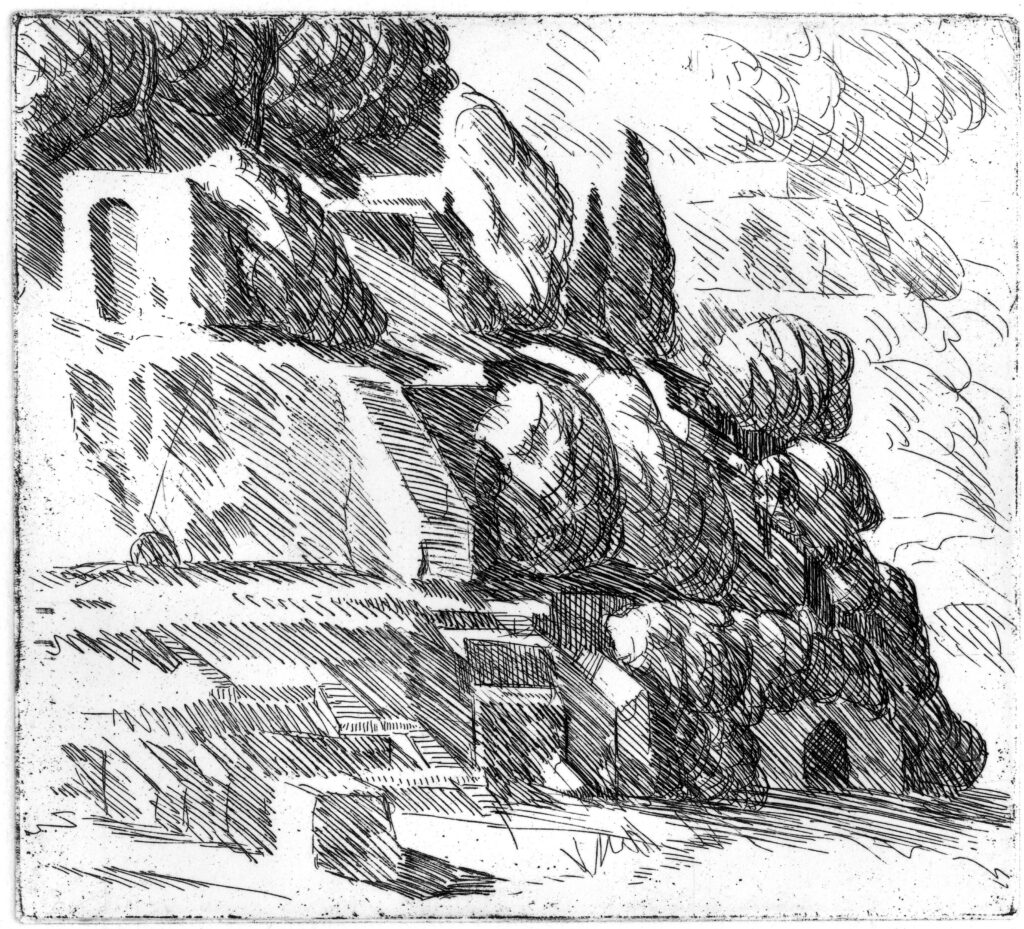
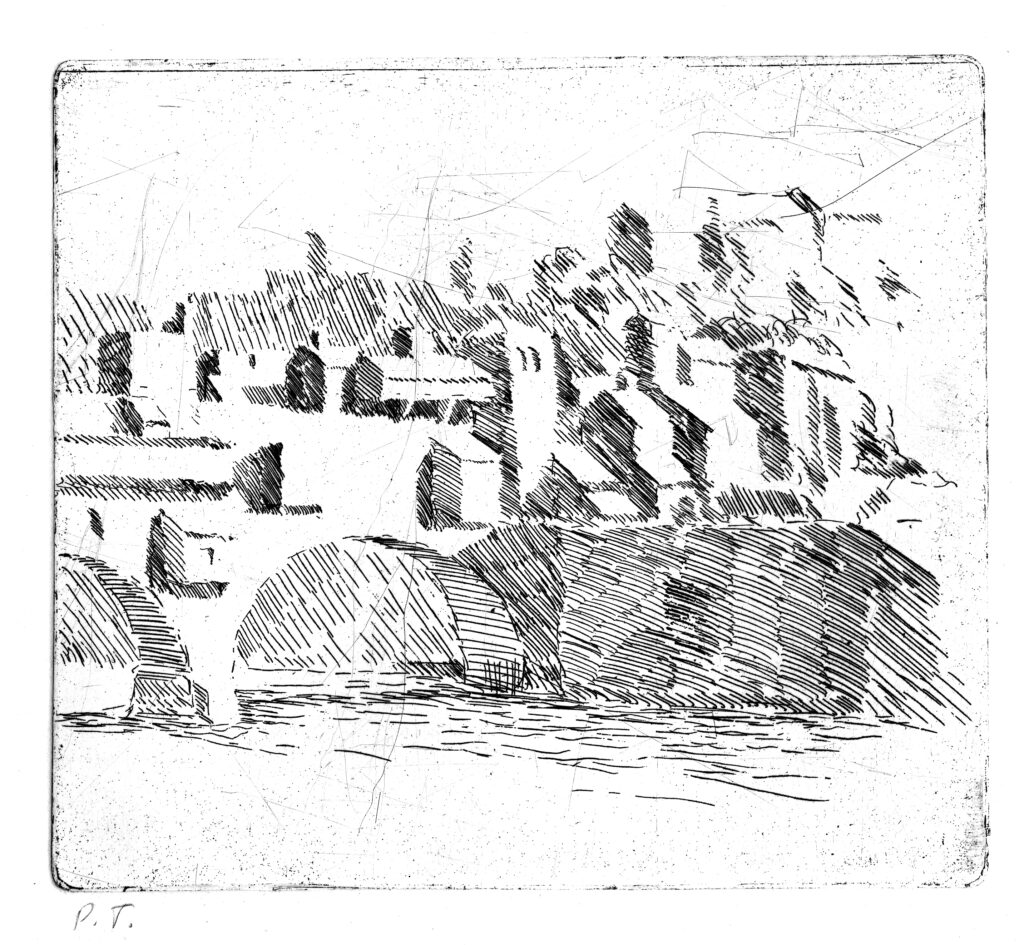
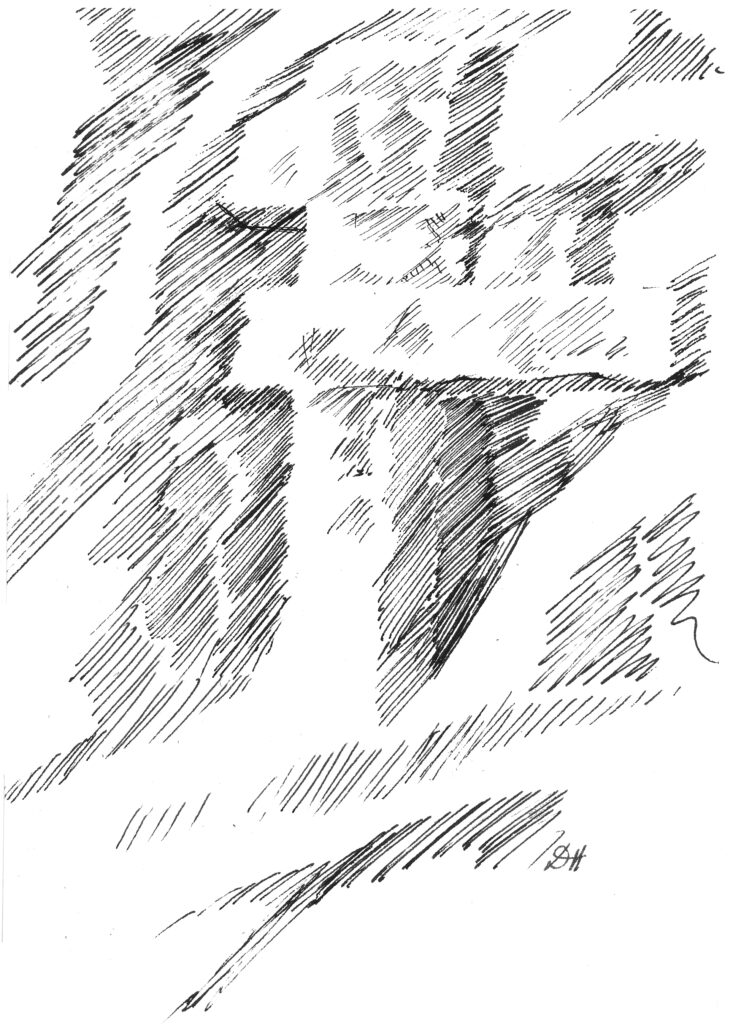
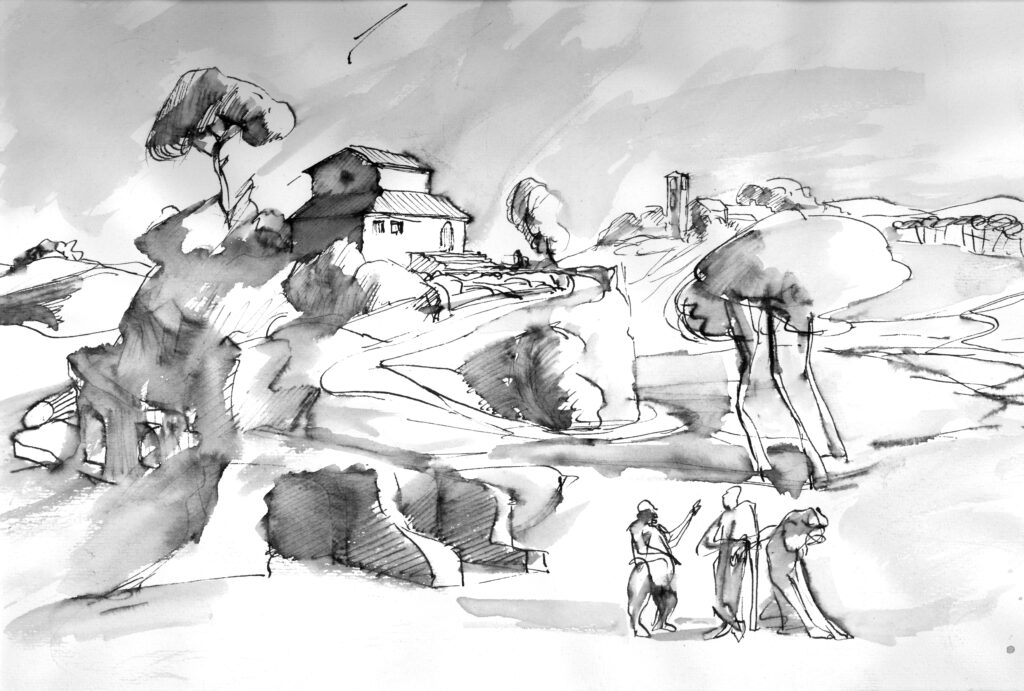
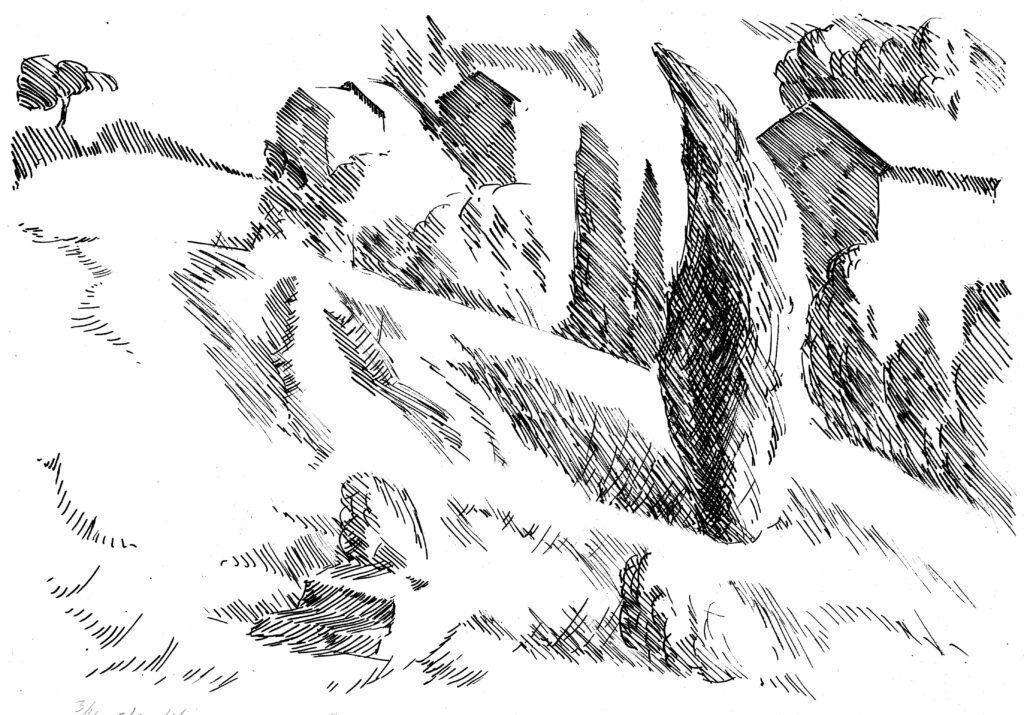
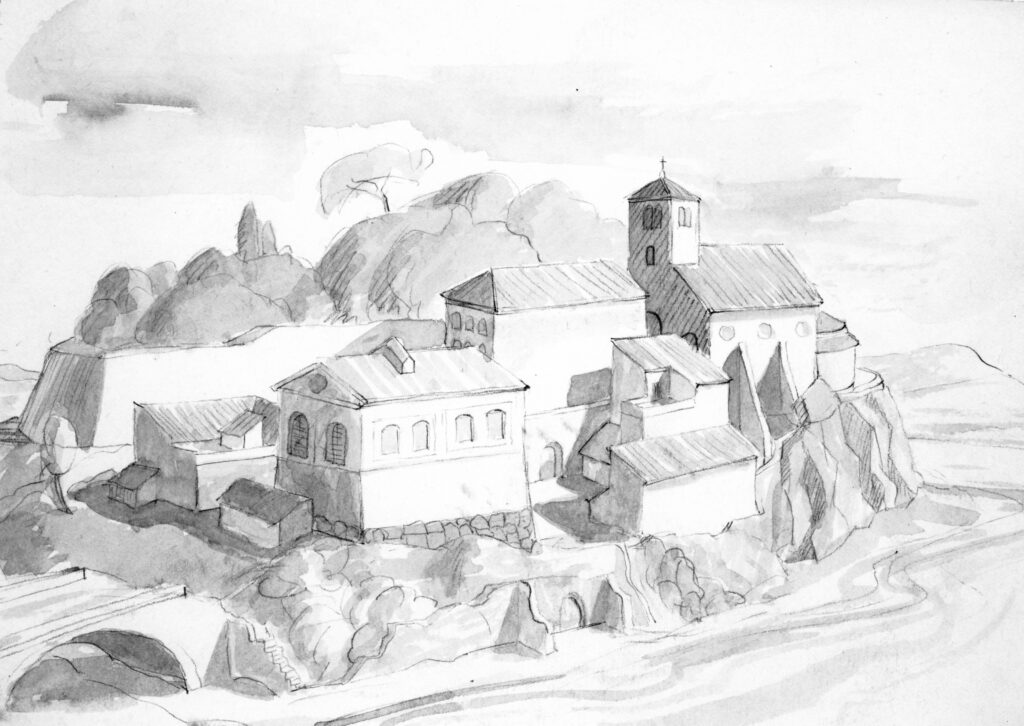

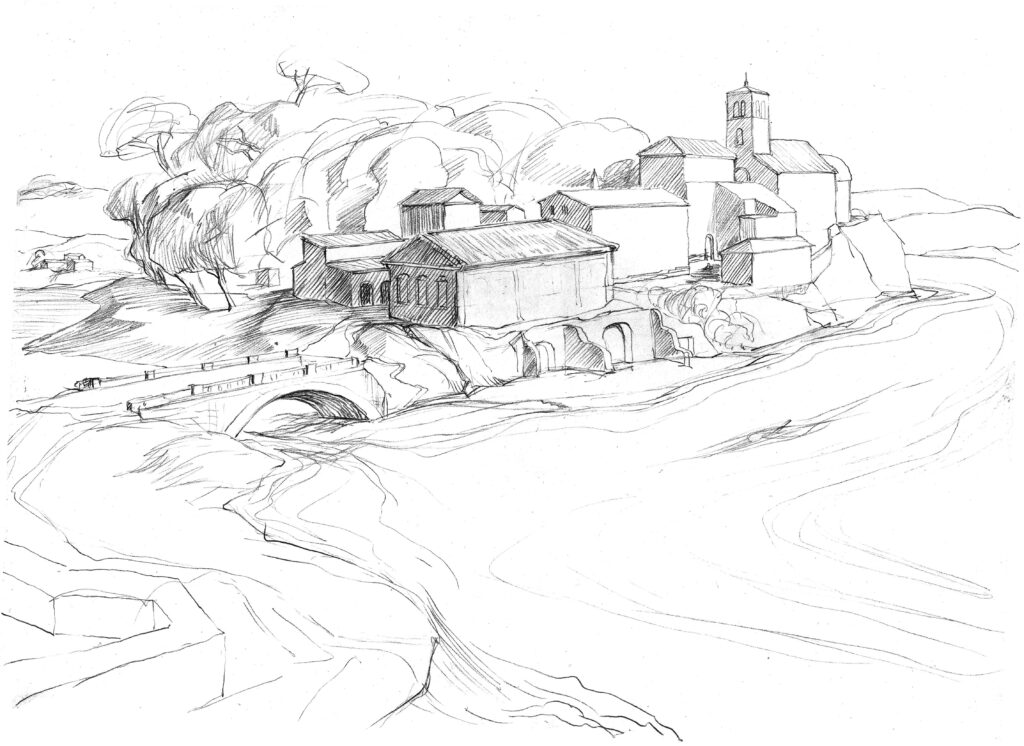
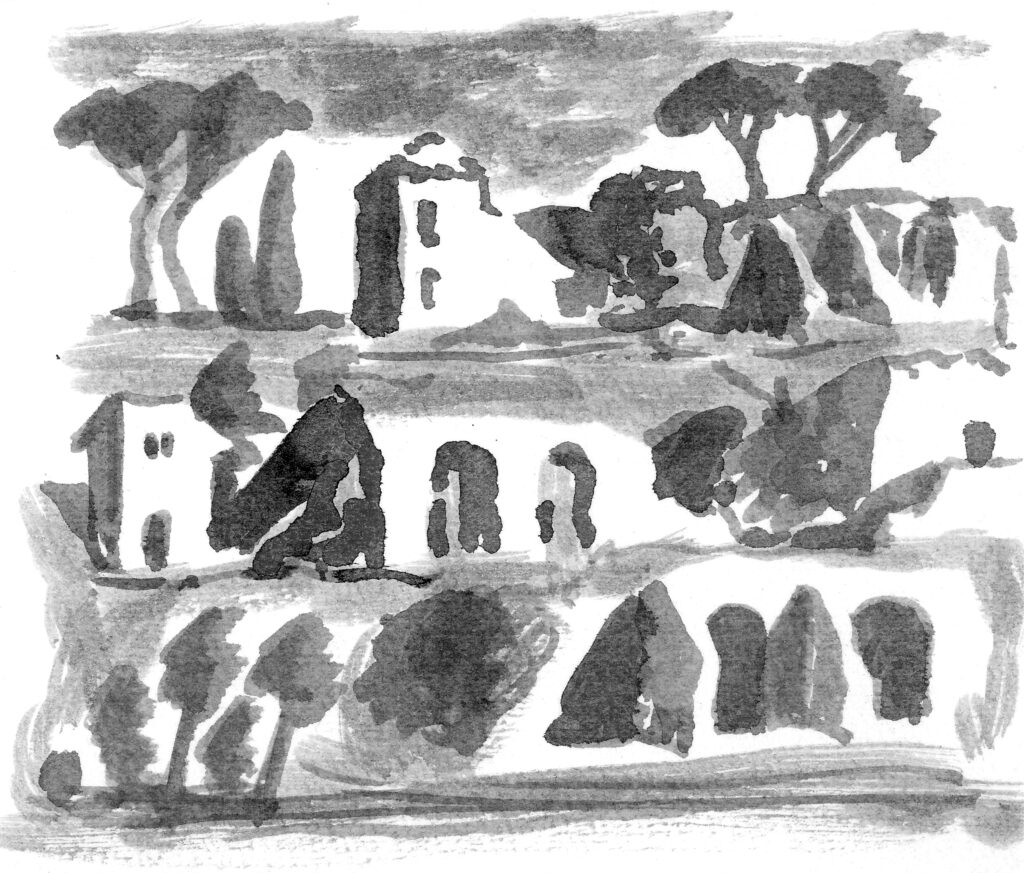
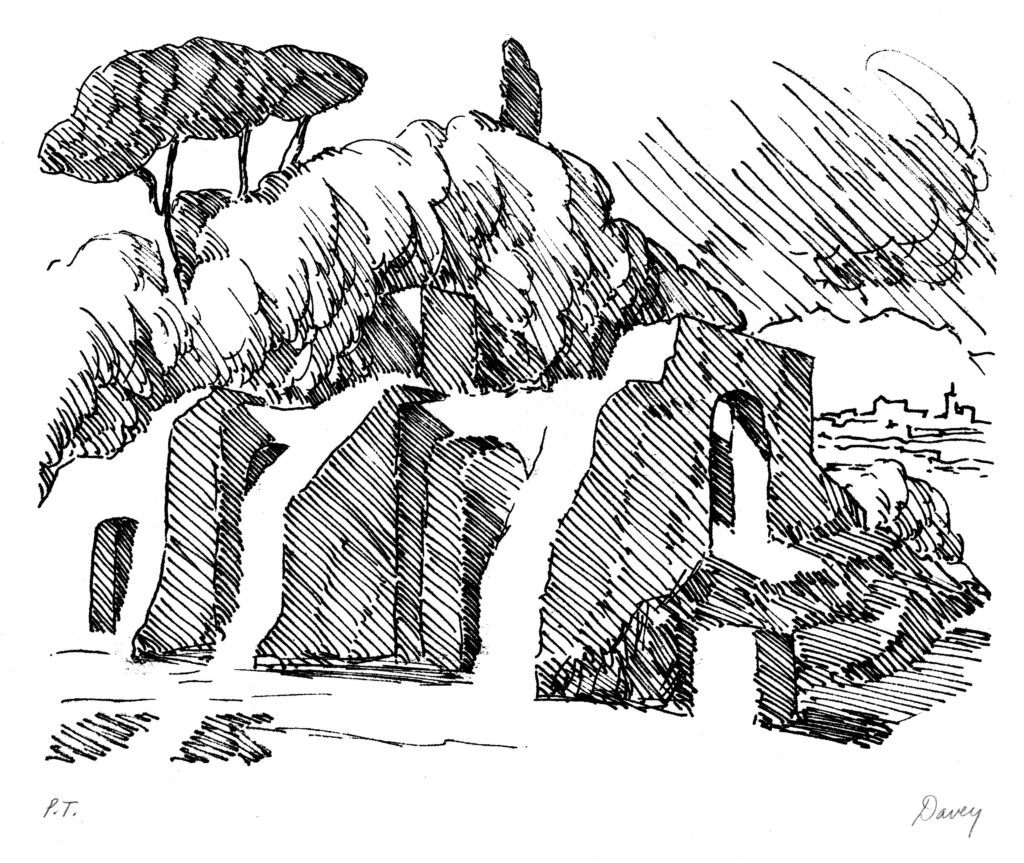
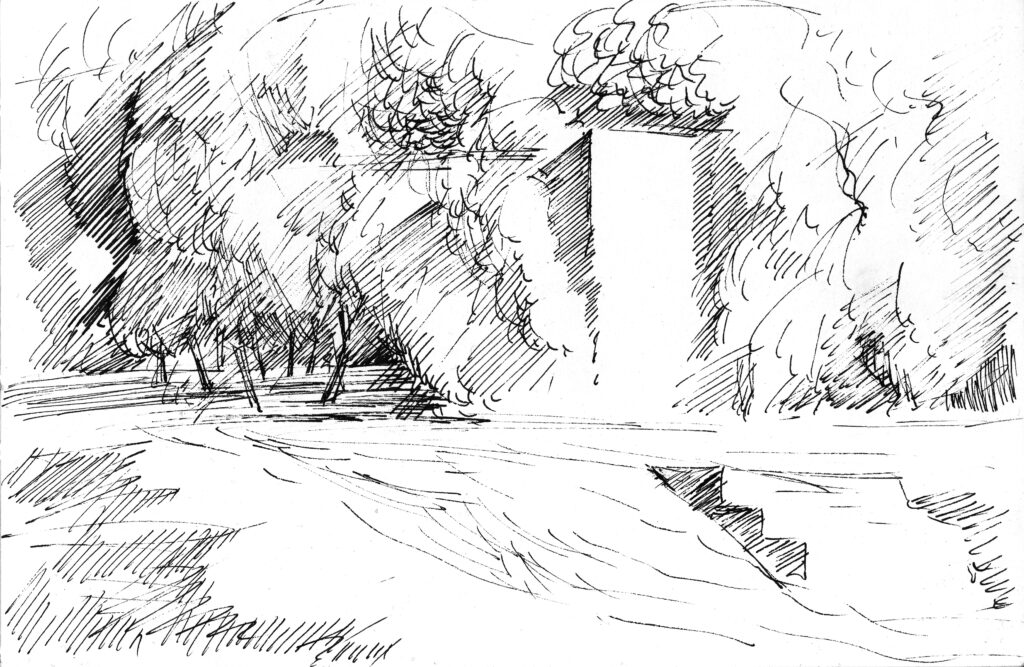
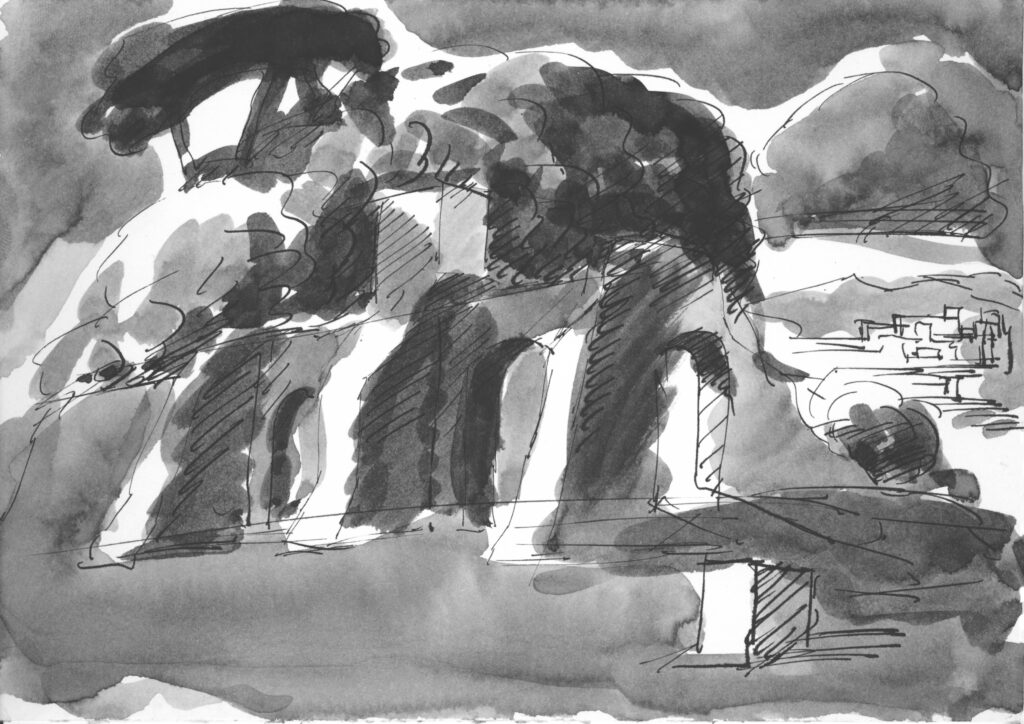
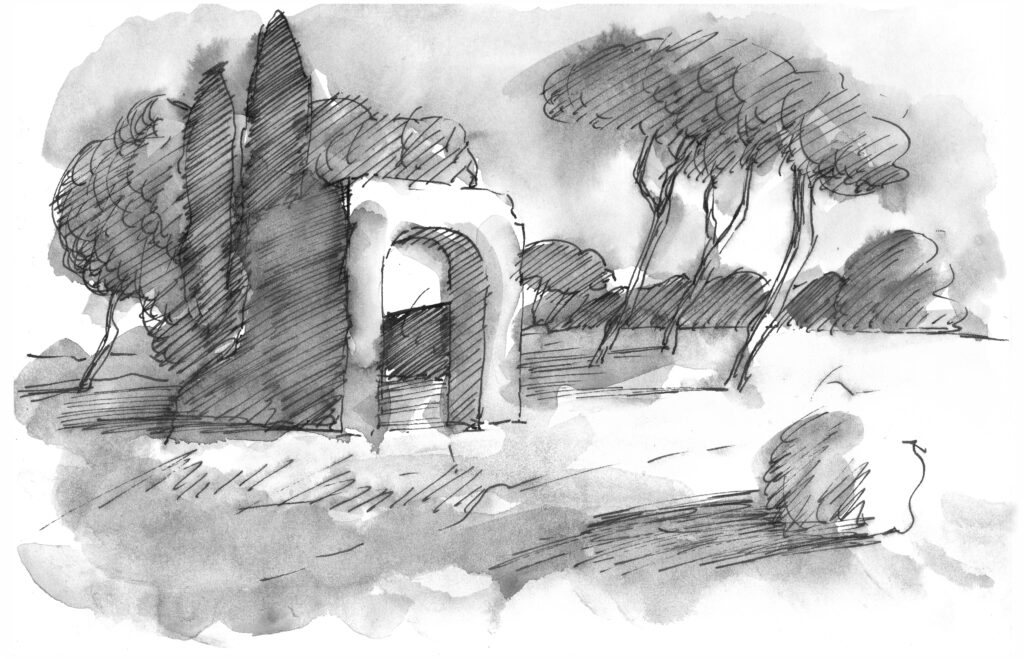
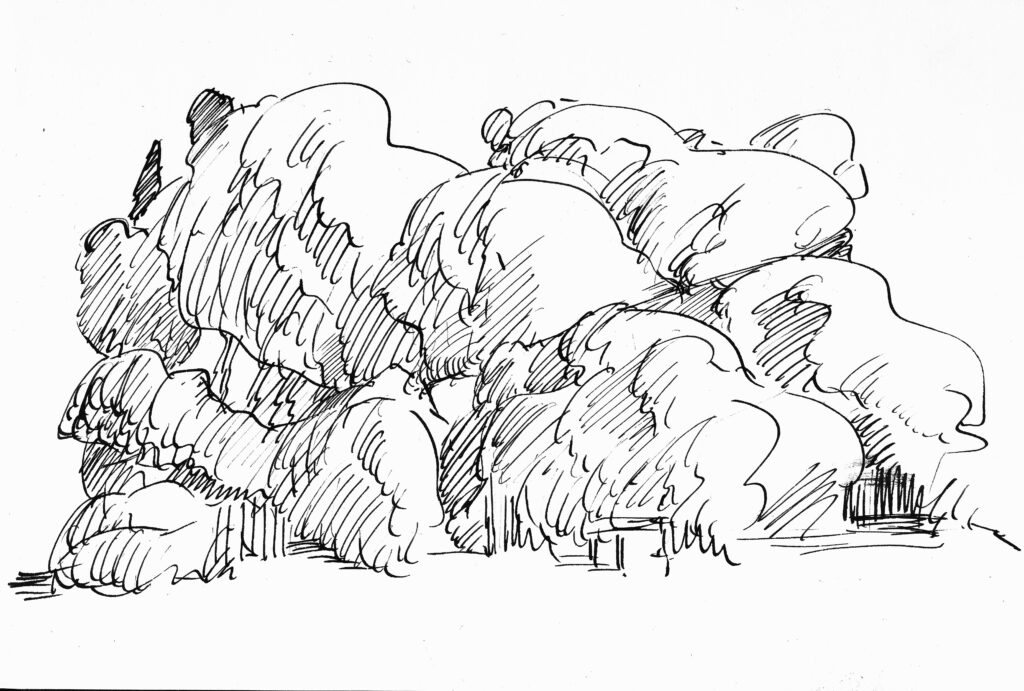
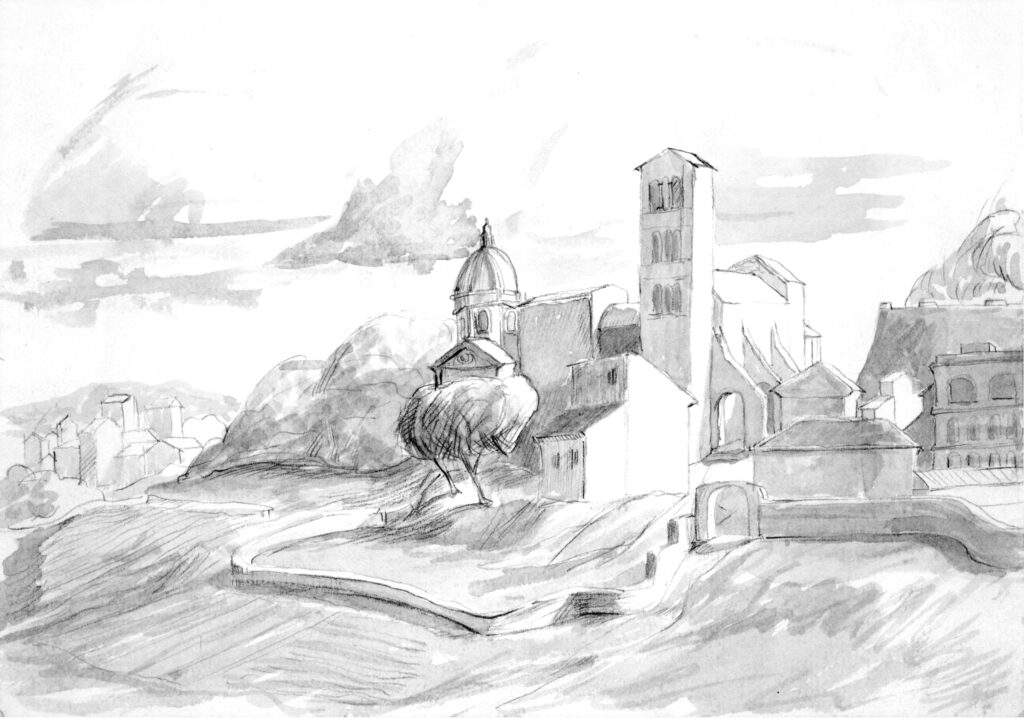
Drawings by Davey Hammarsten
Excerpts from
Nikolaj Gogol
A Traveler in Rome by H.V. Morton
Roman Pictures by Torsten Steinby